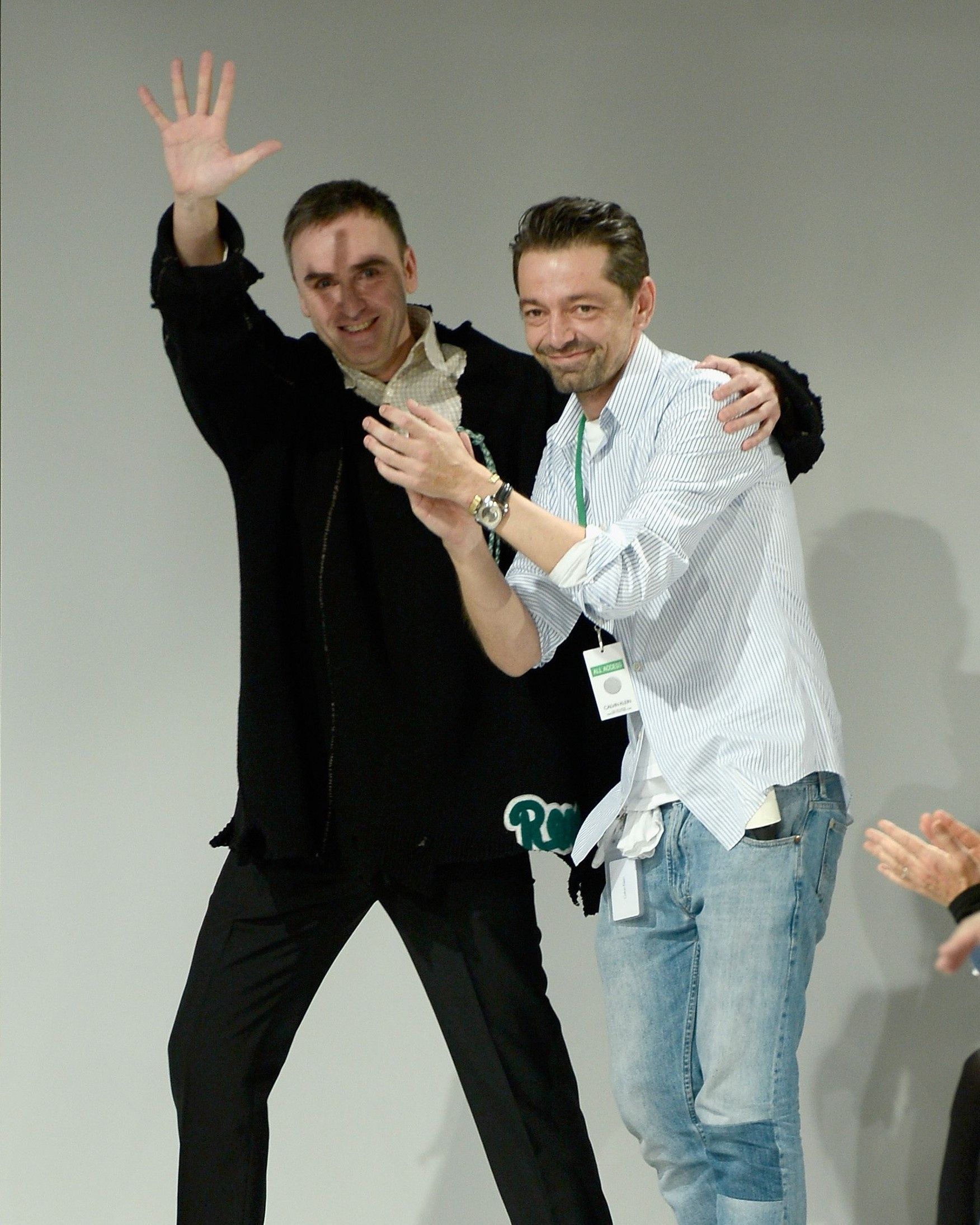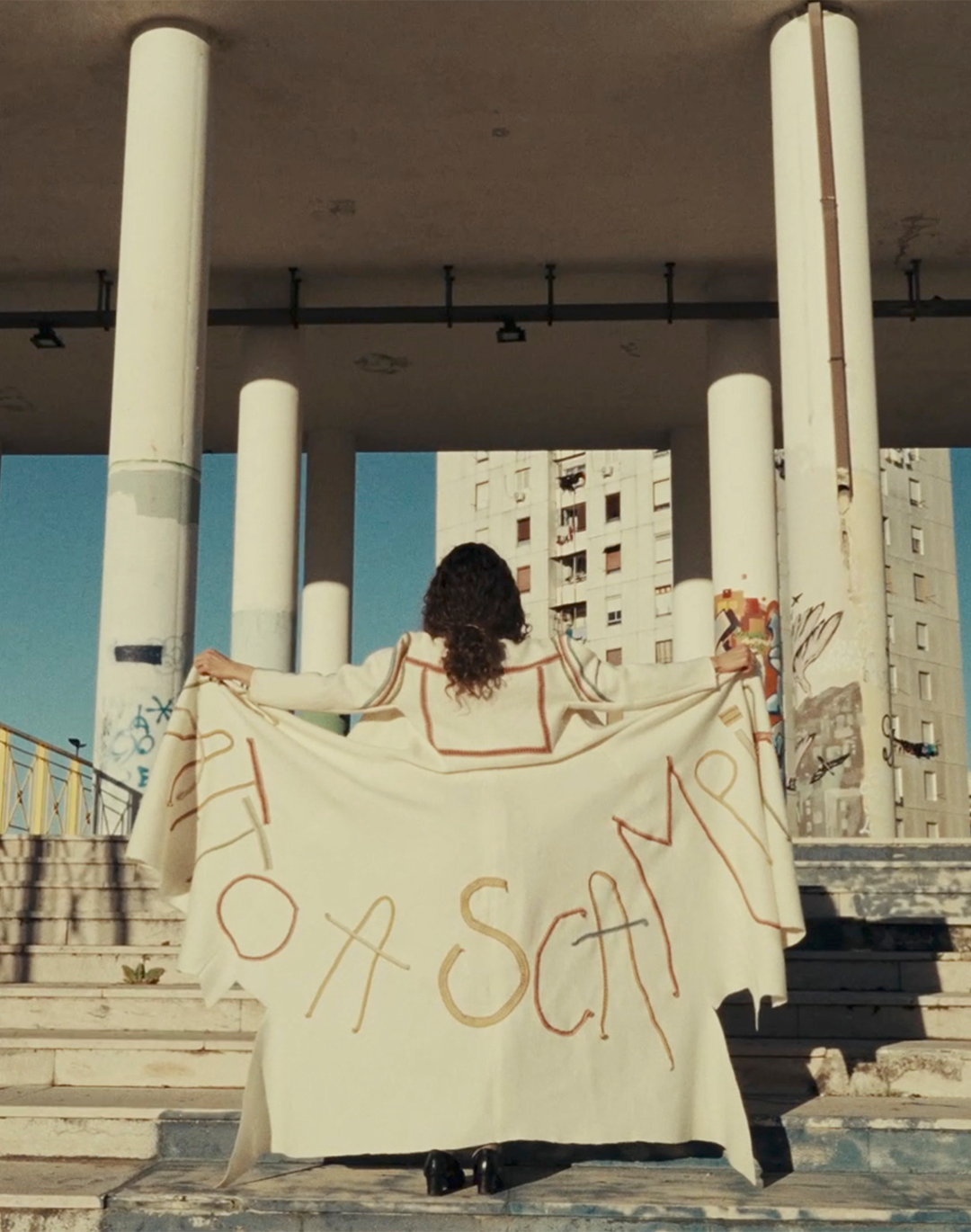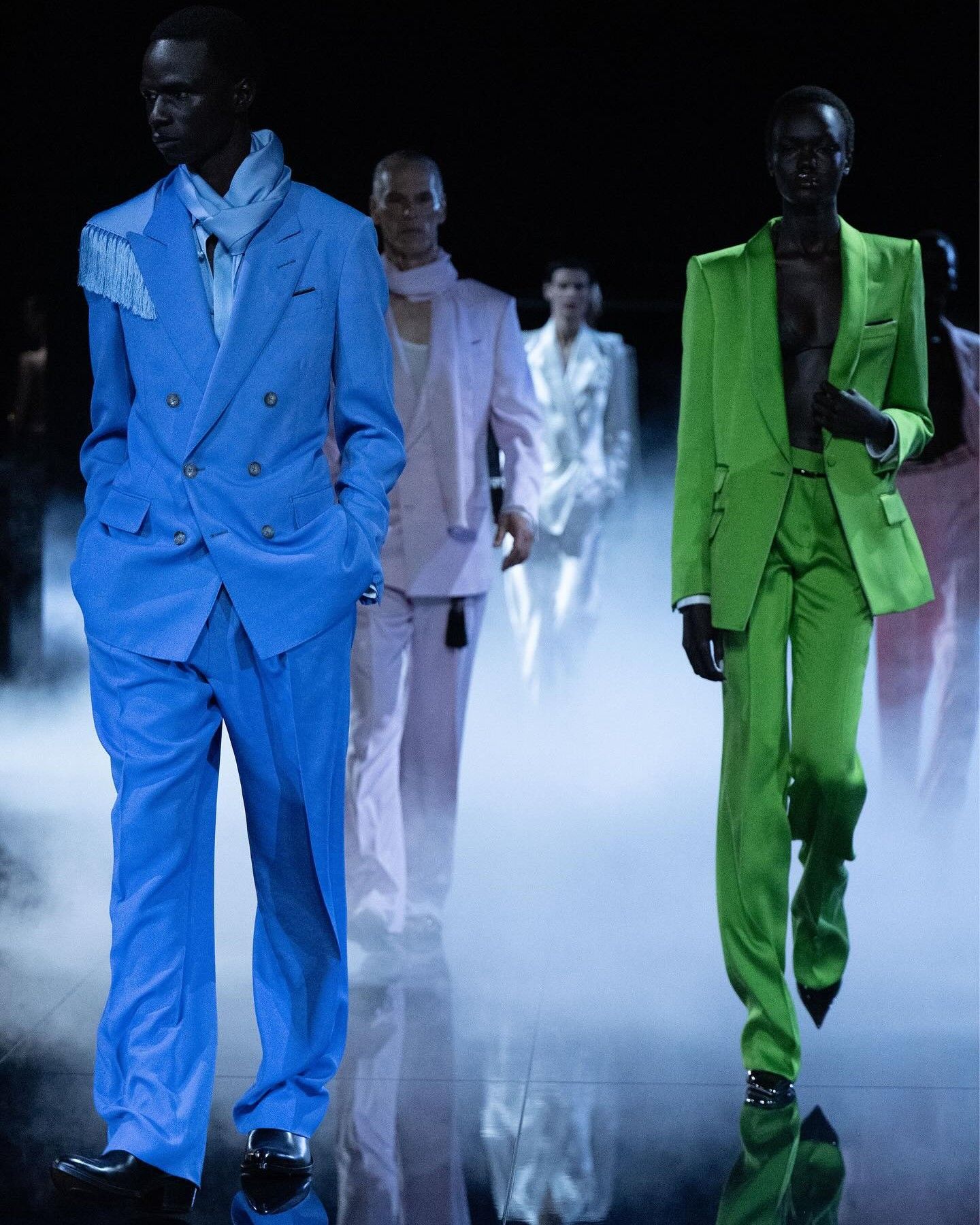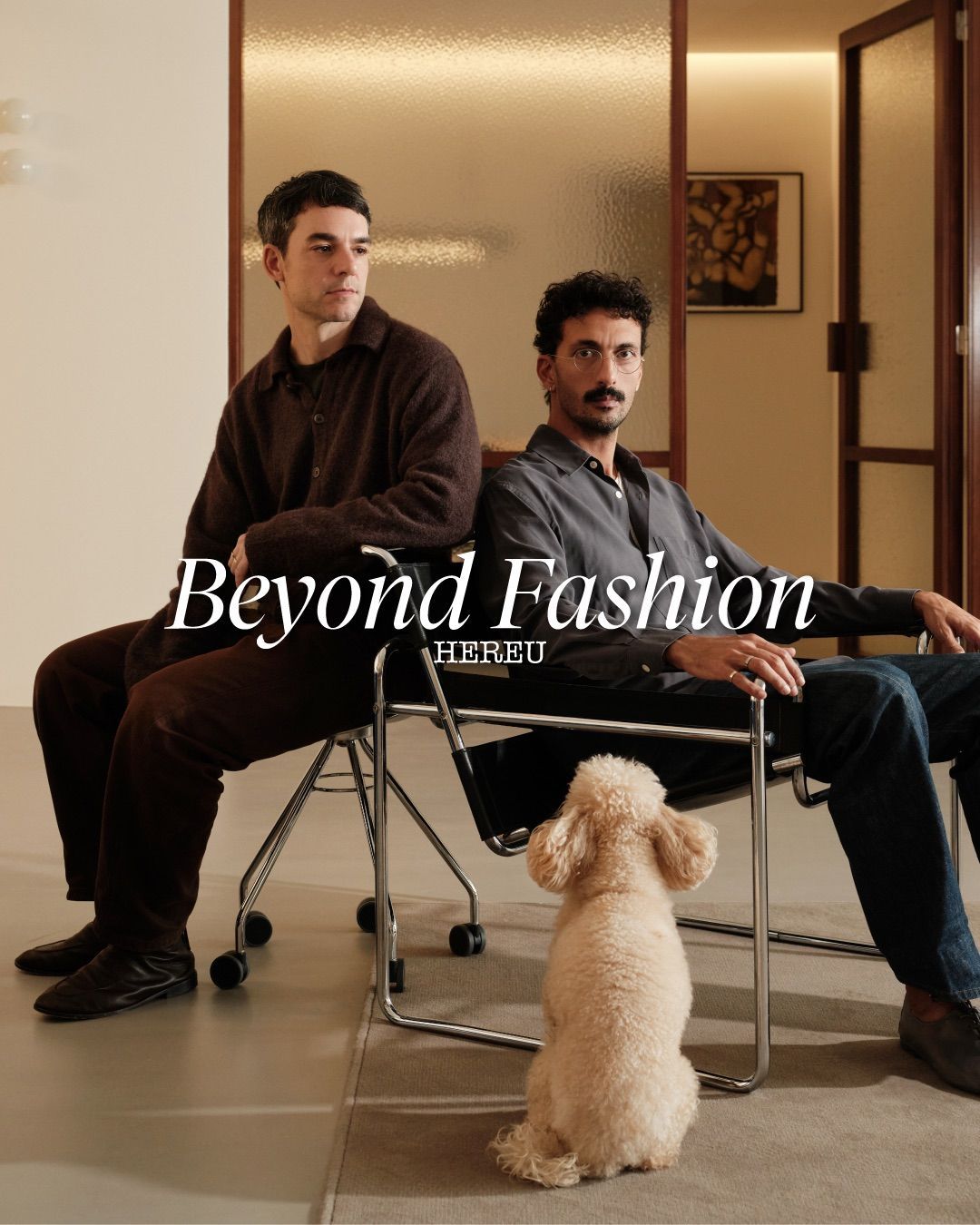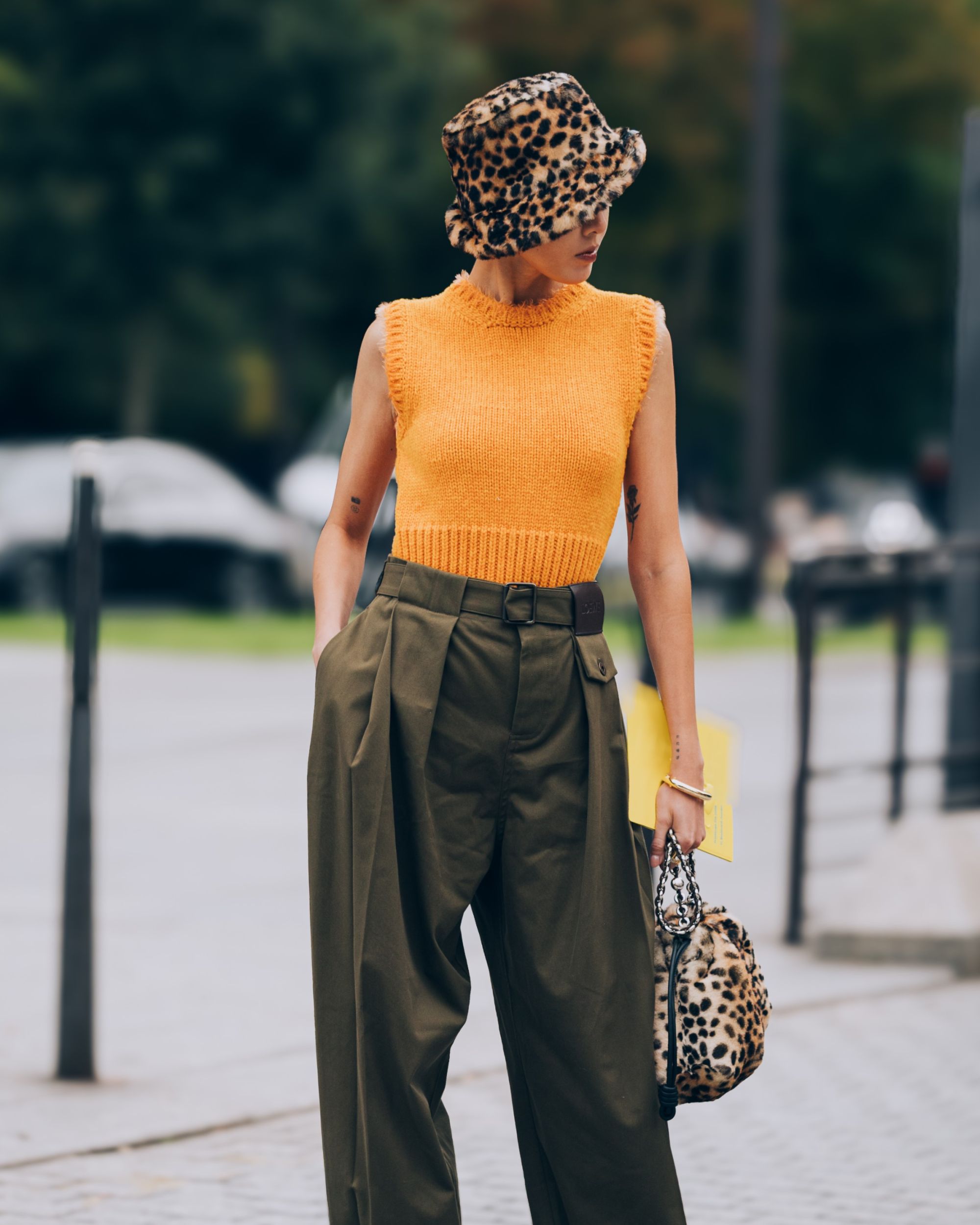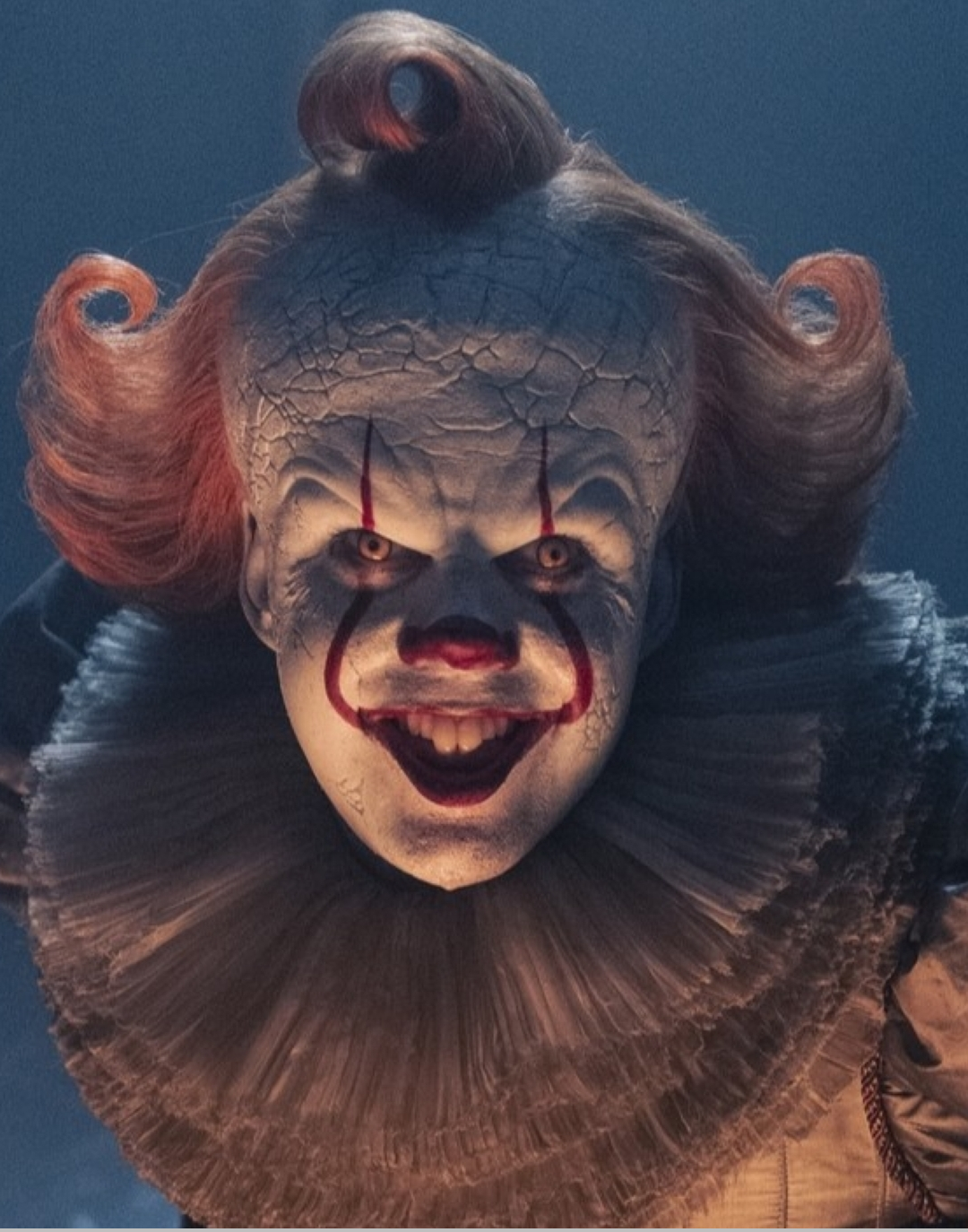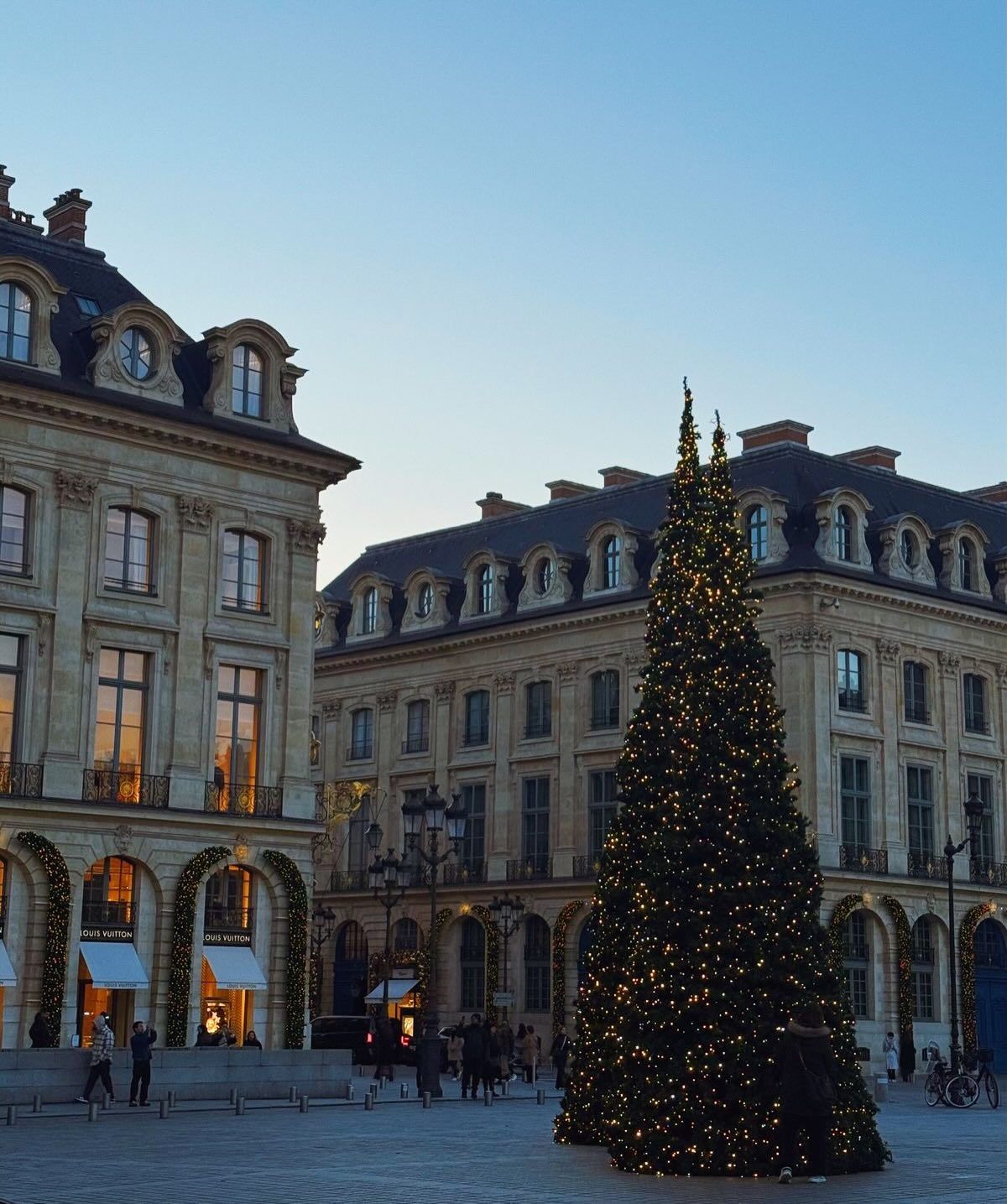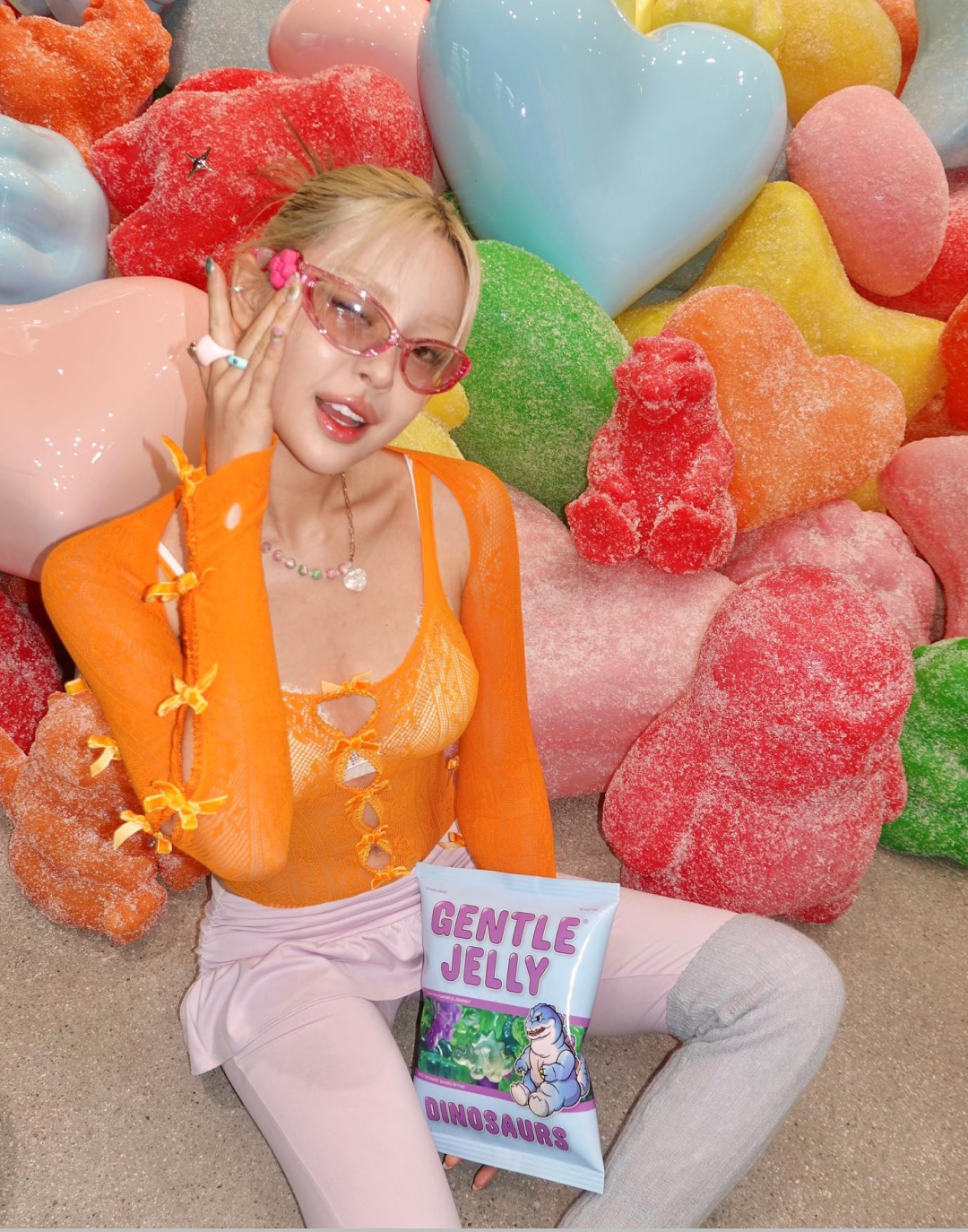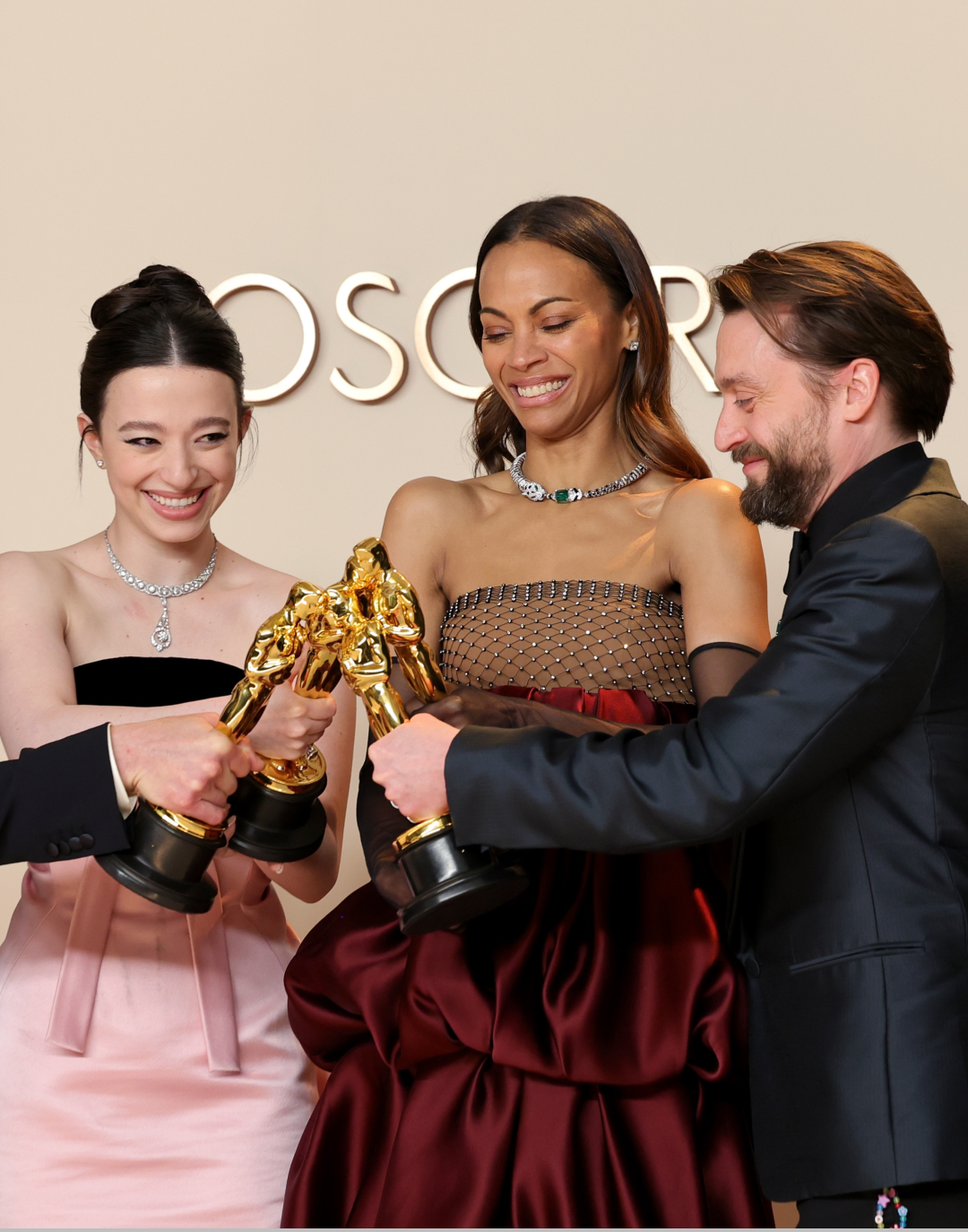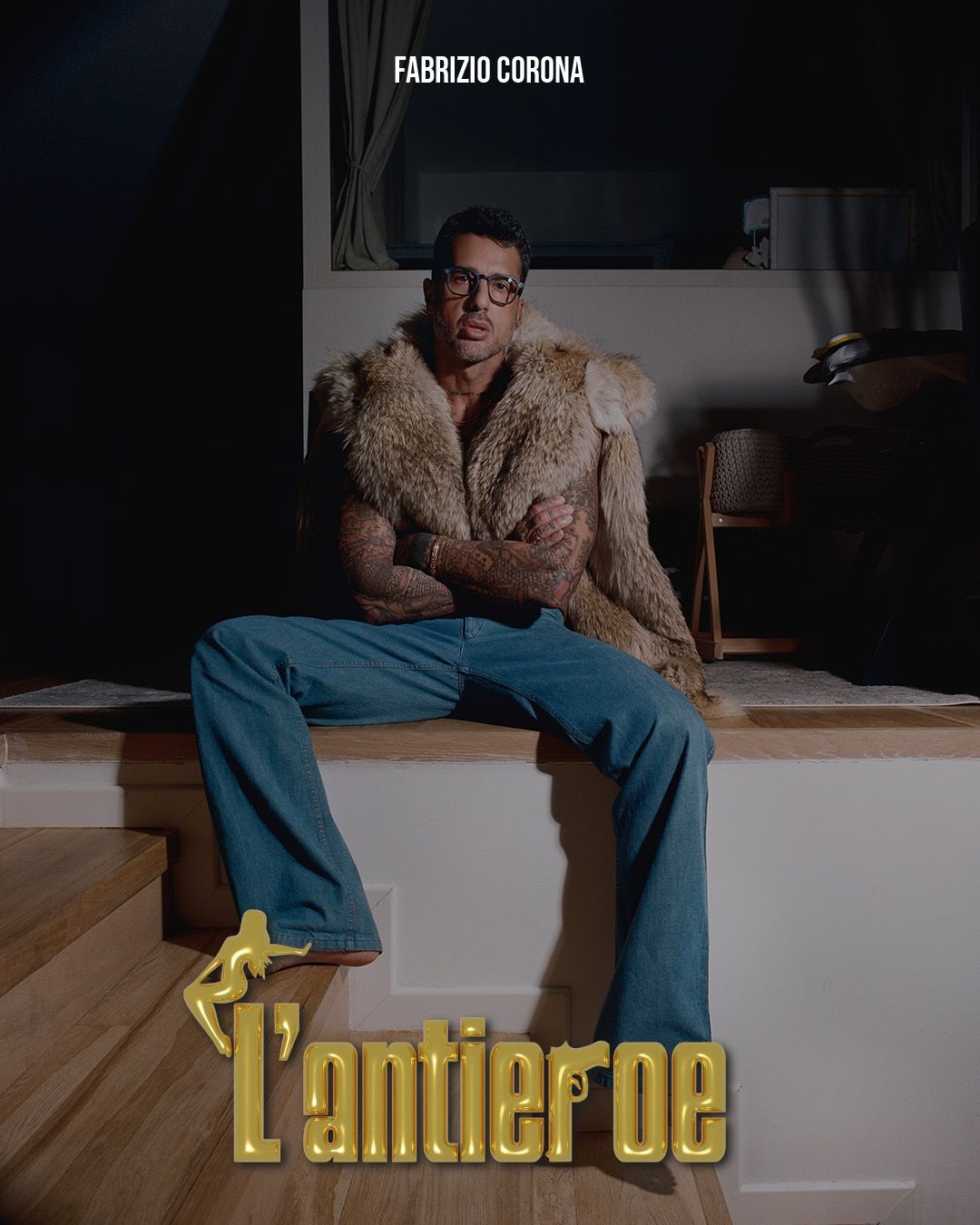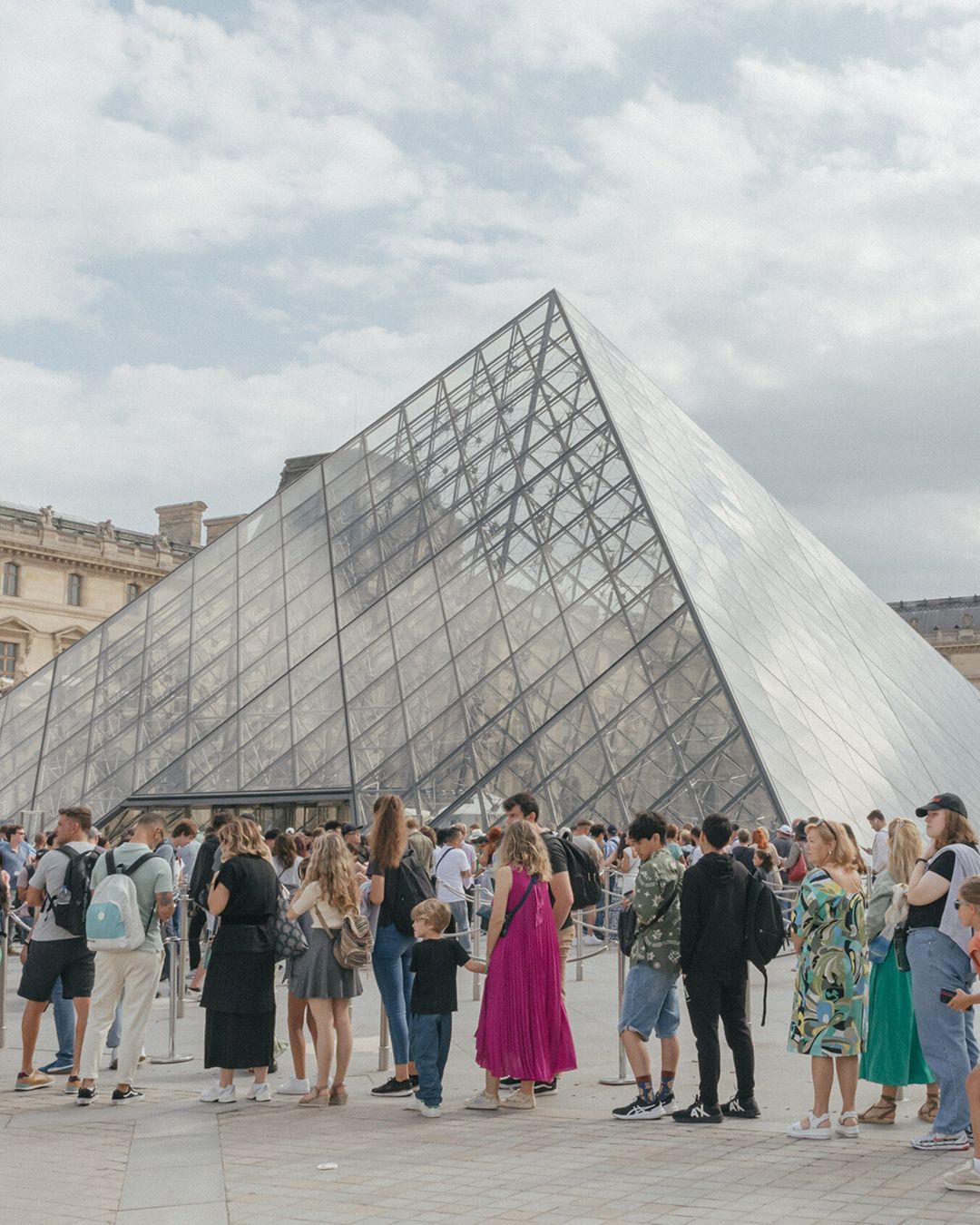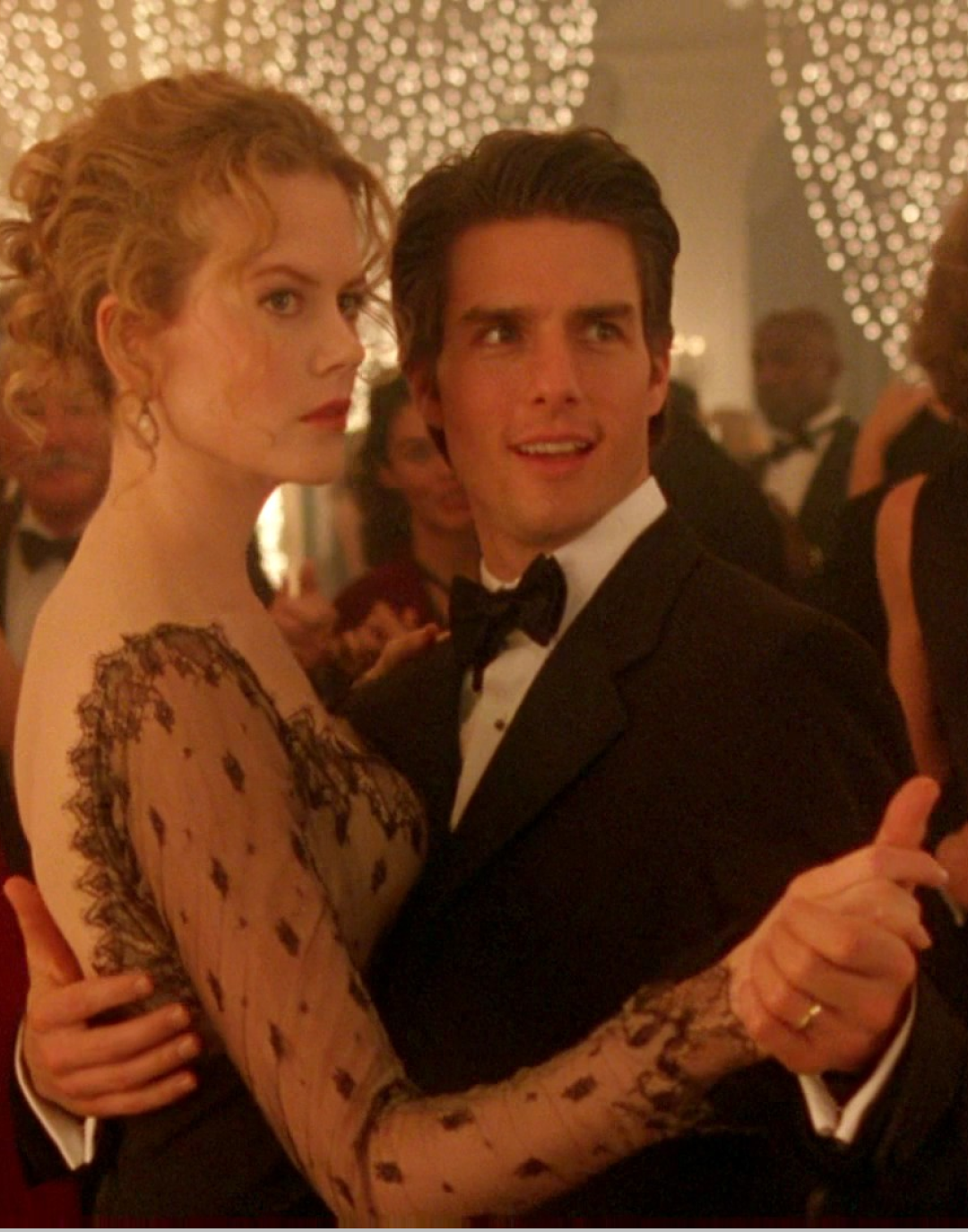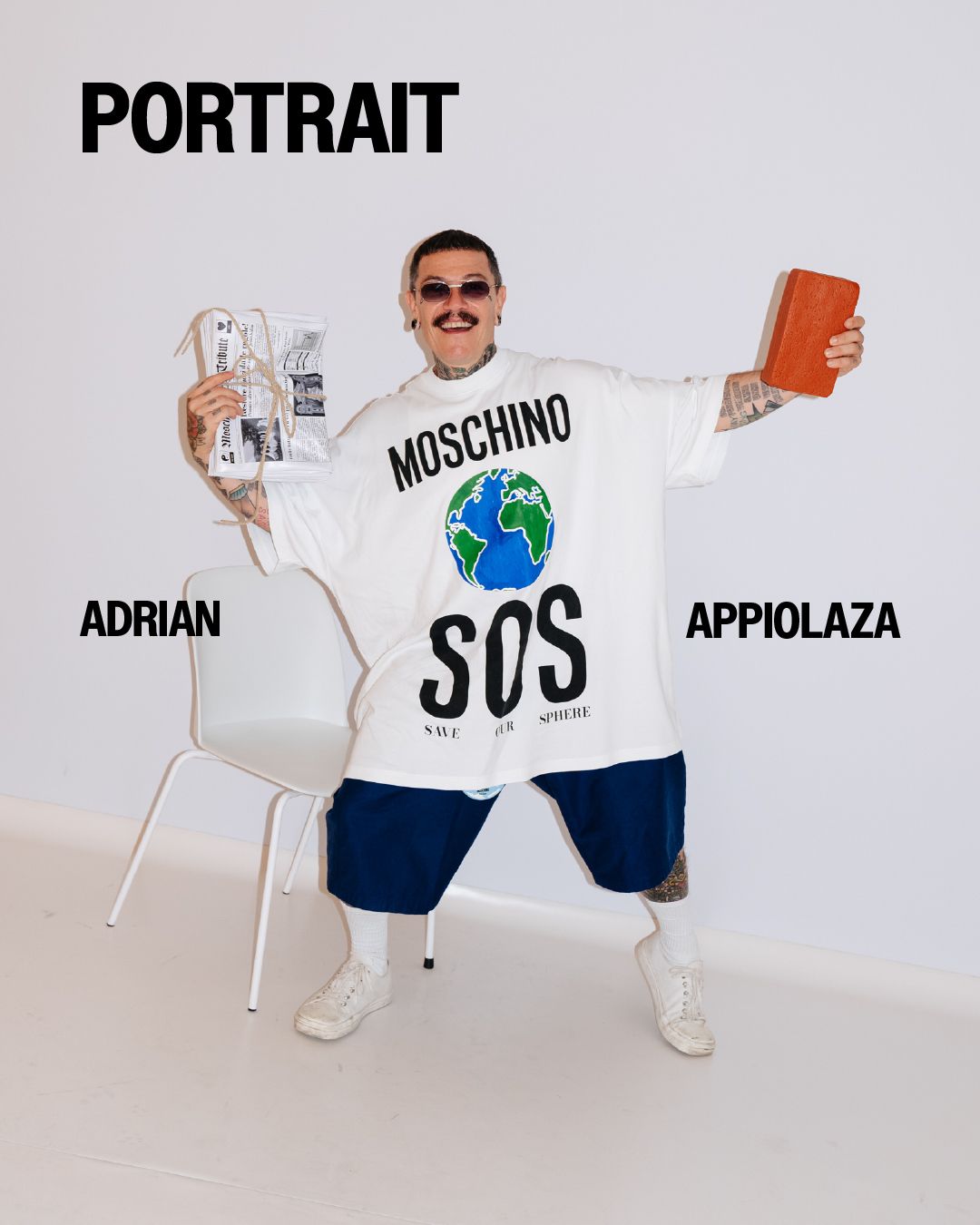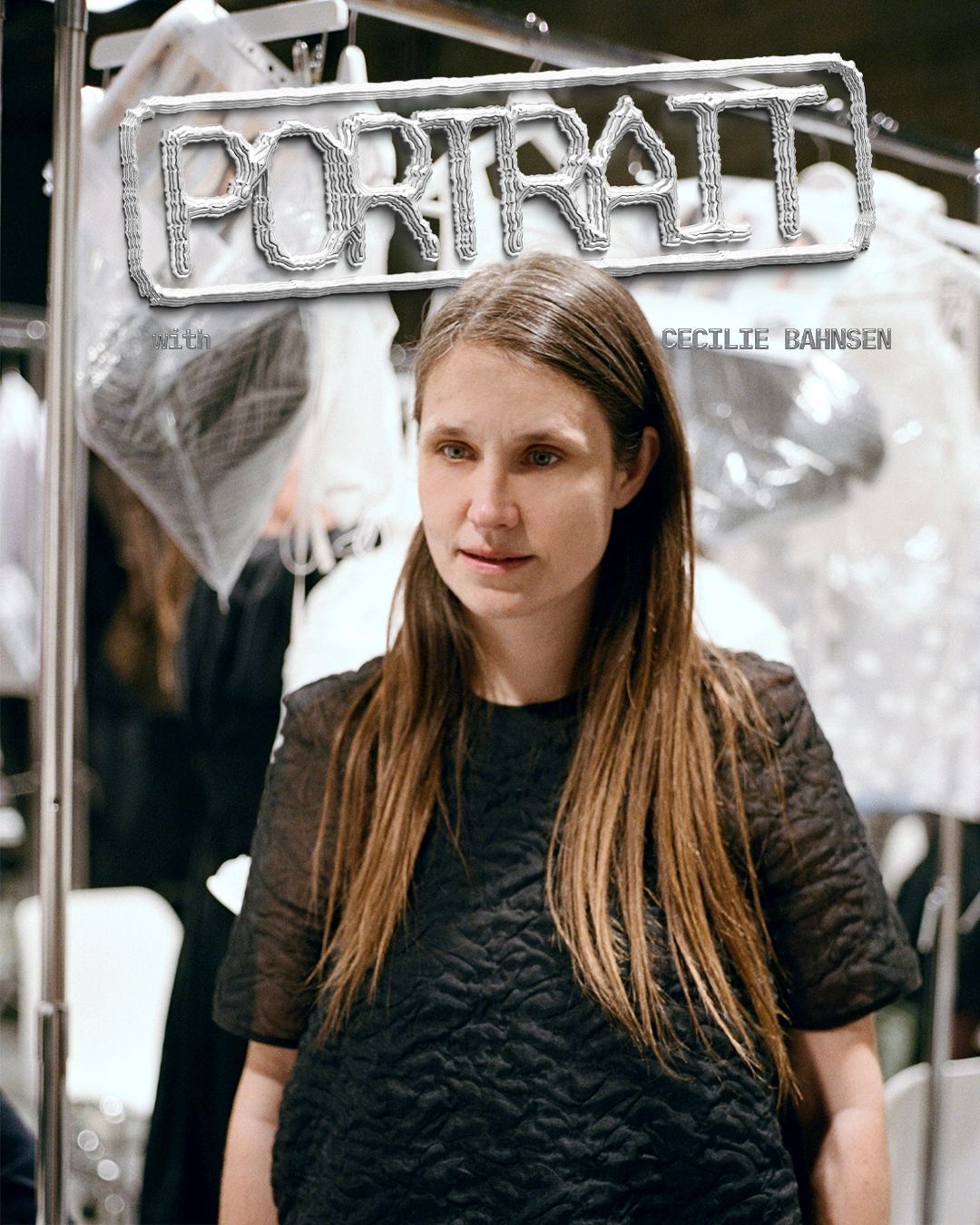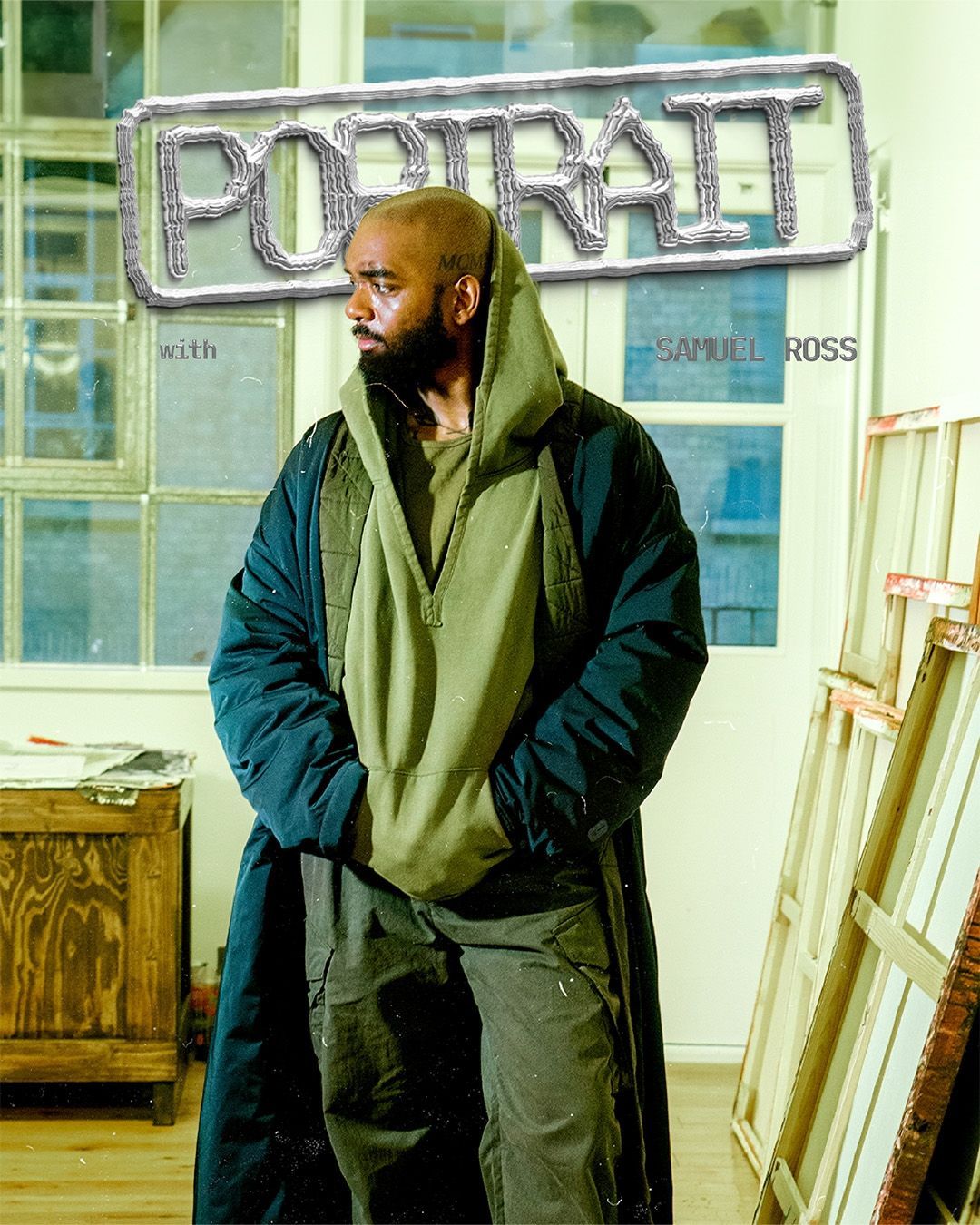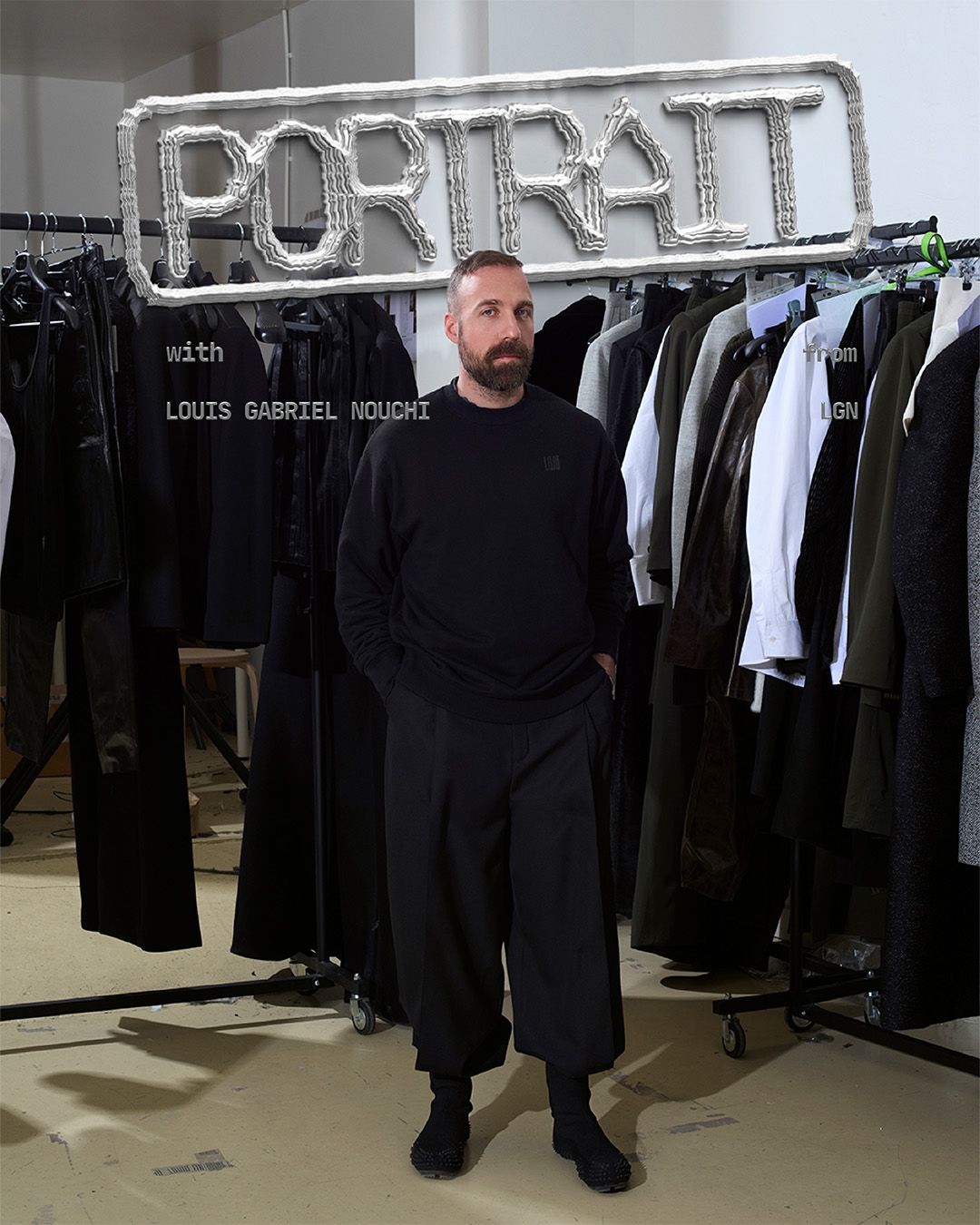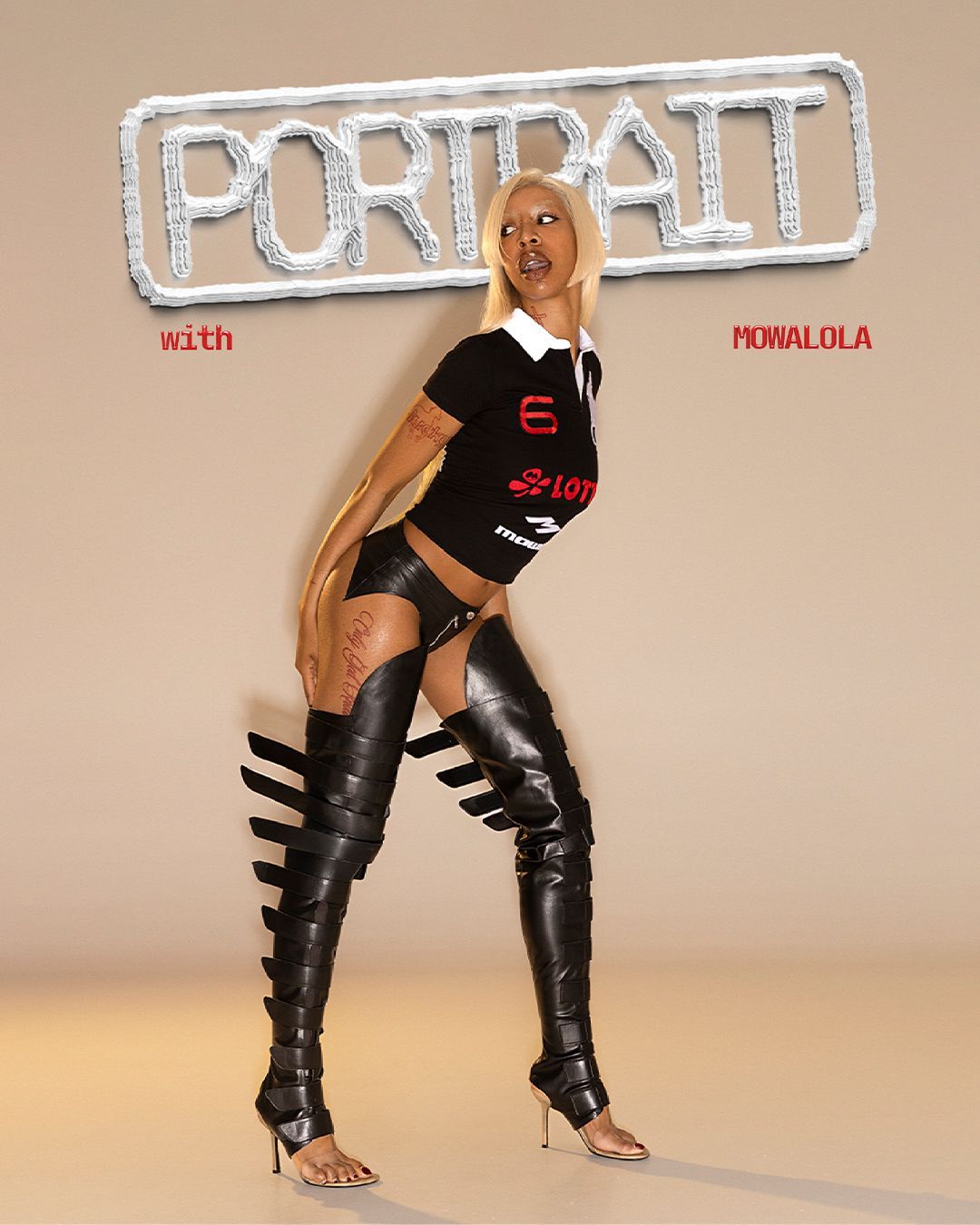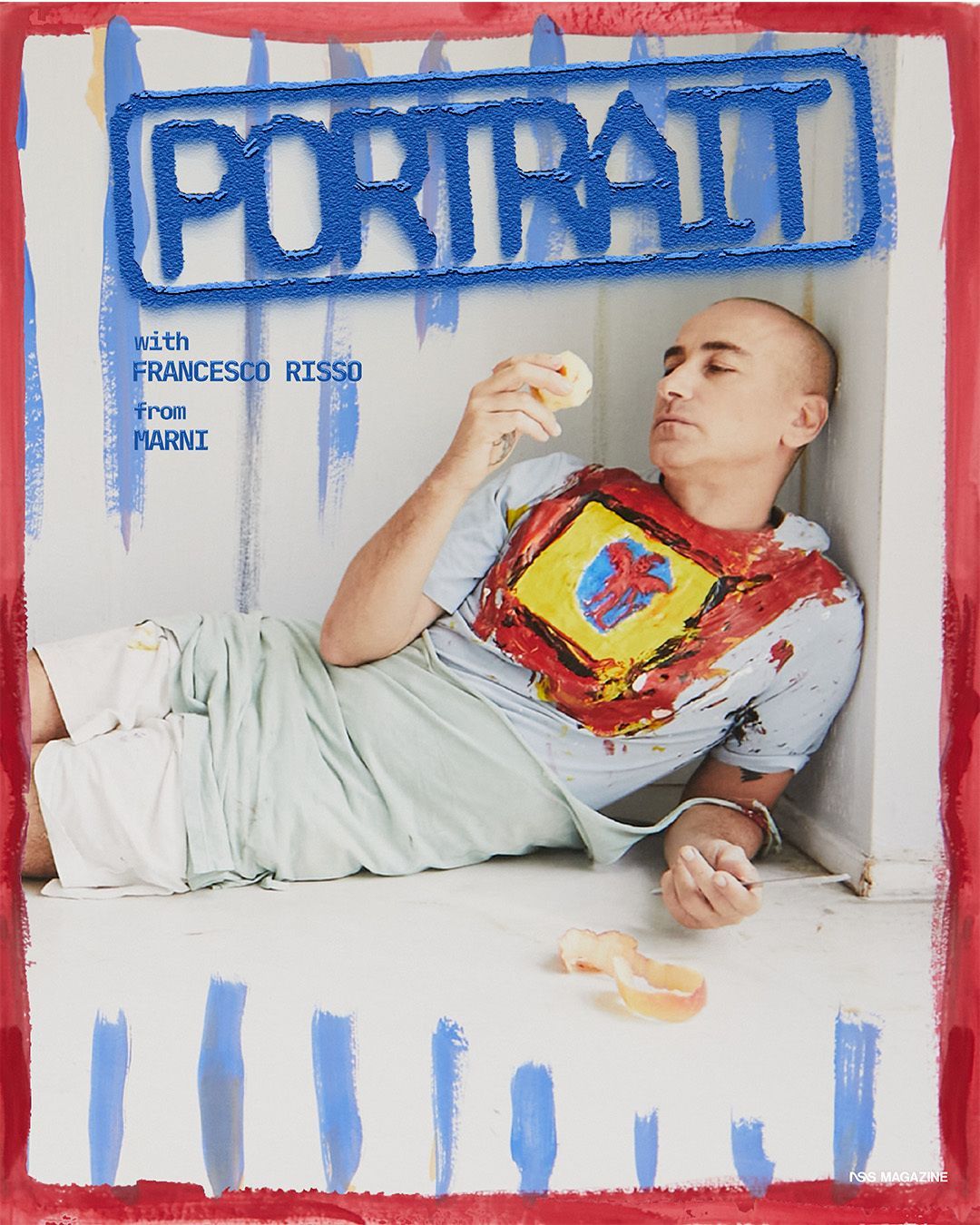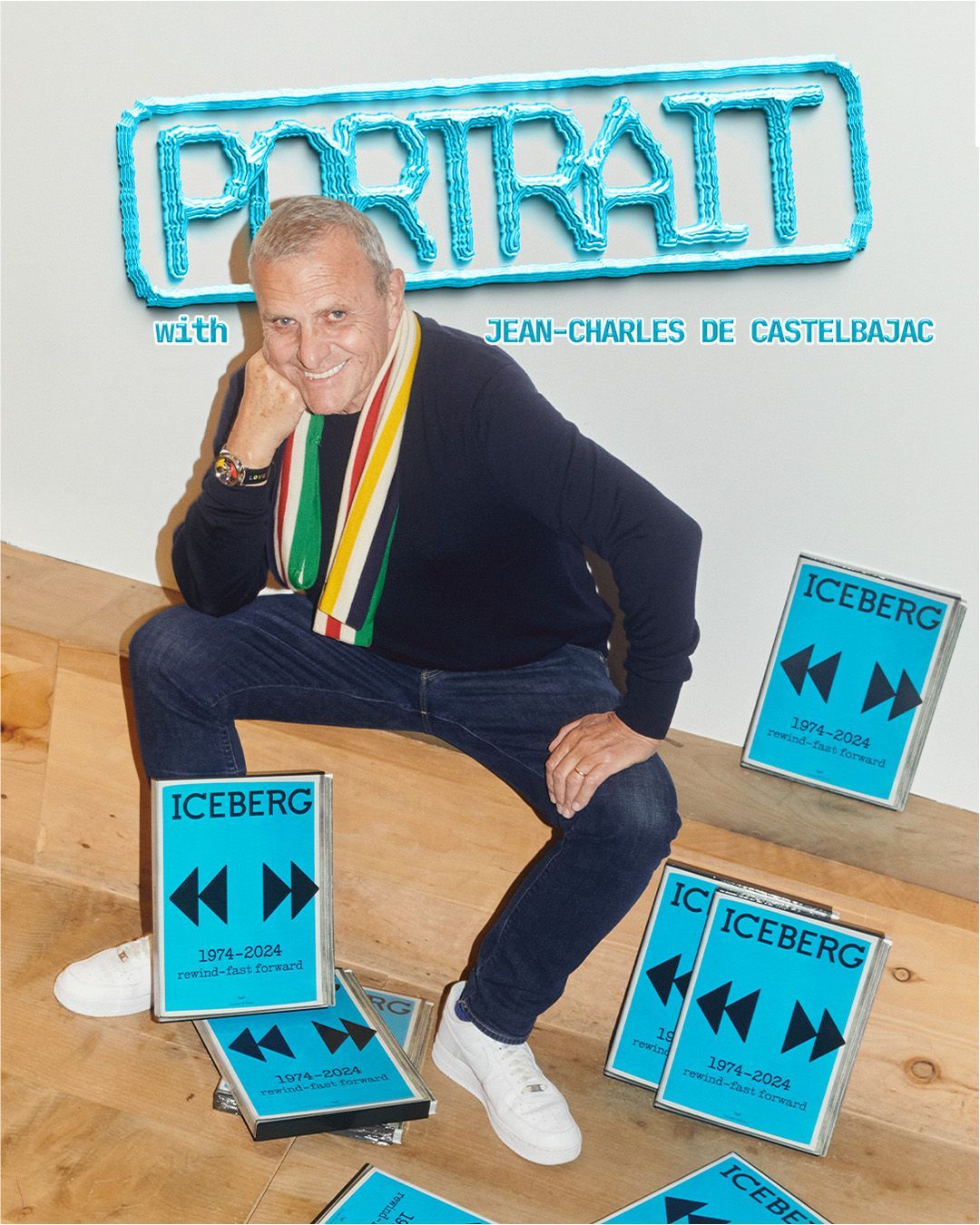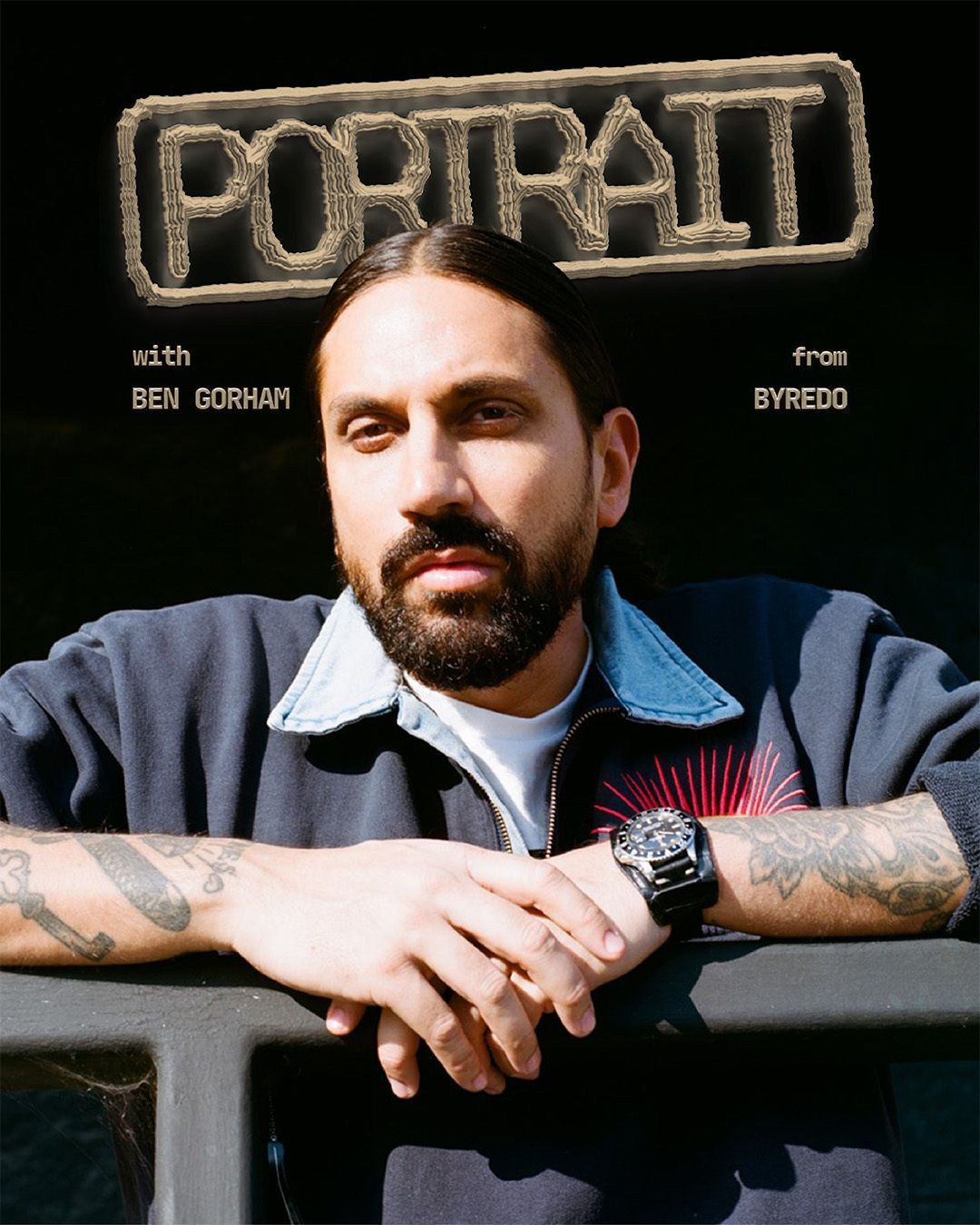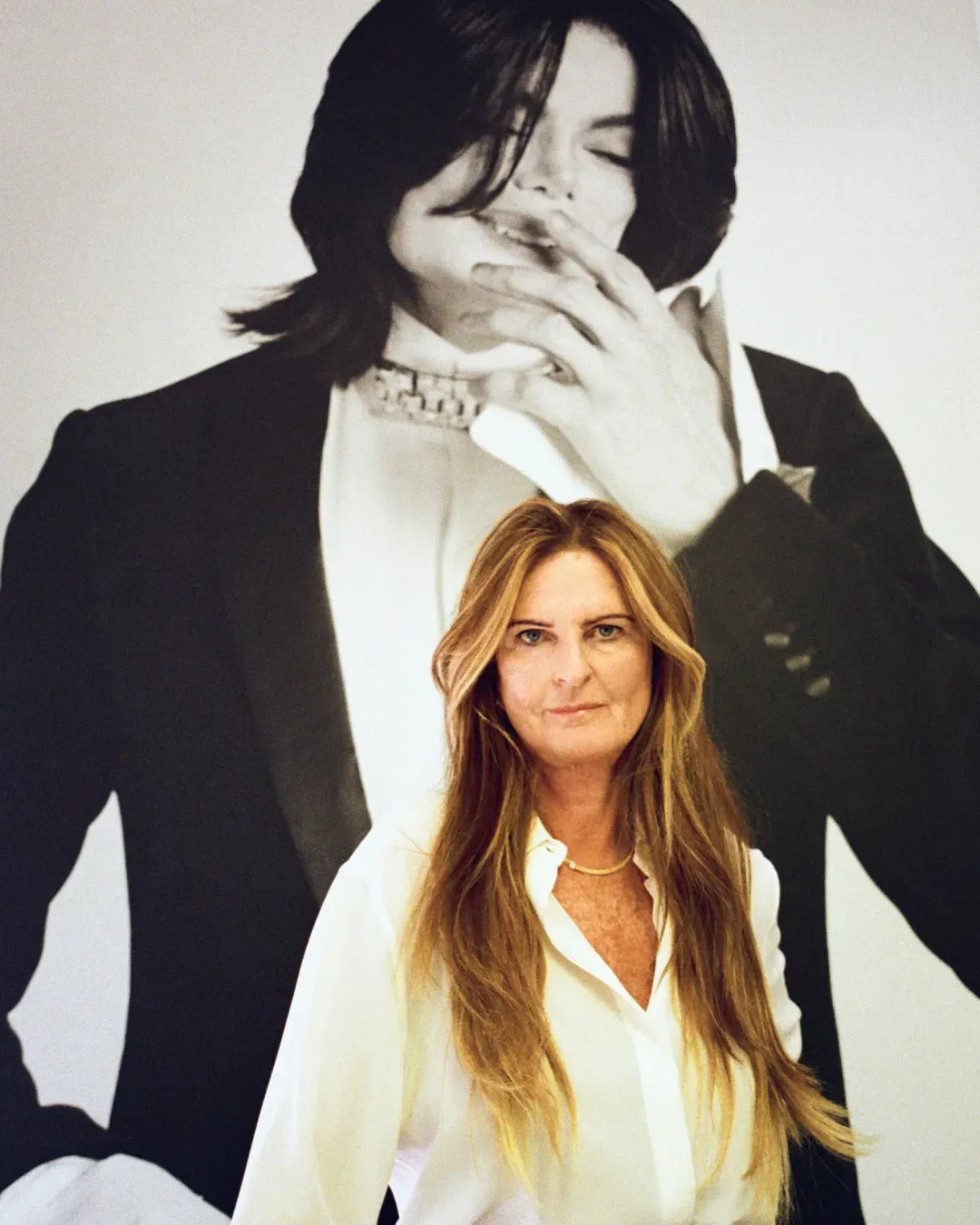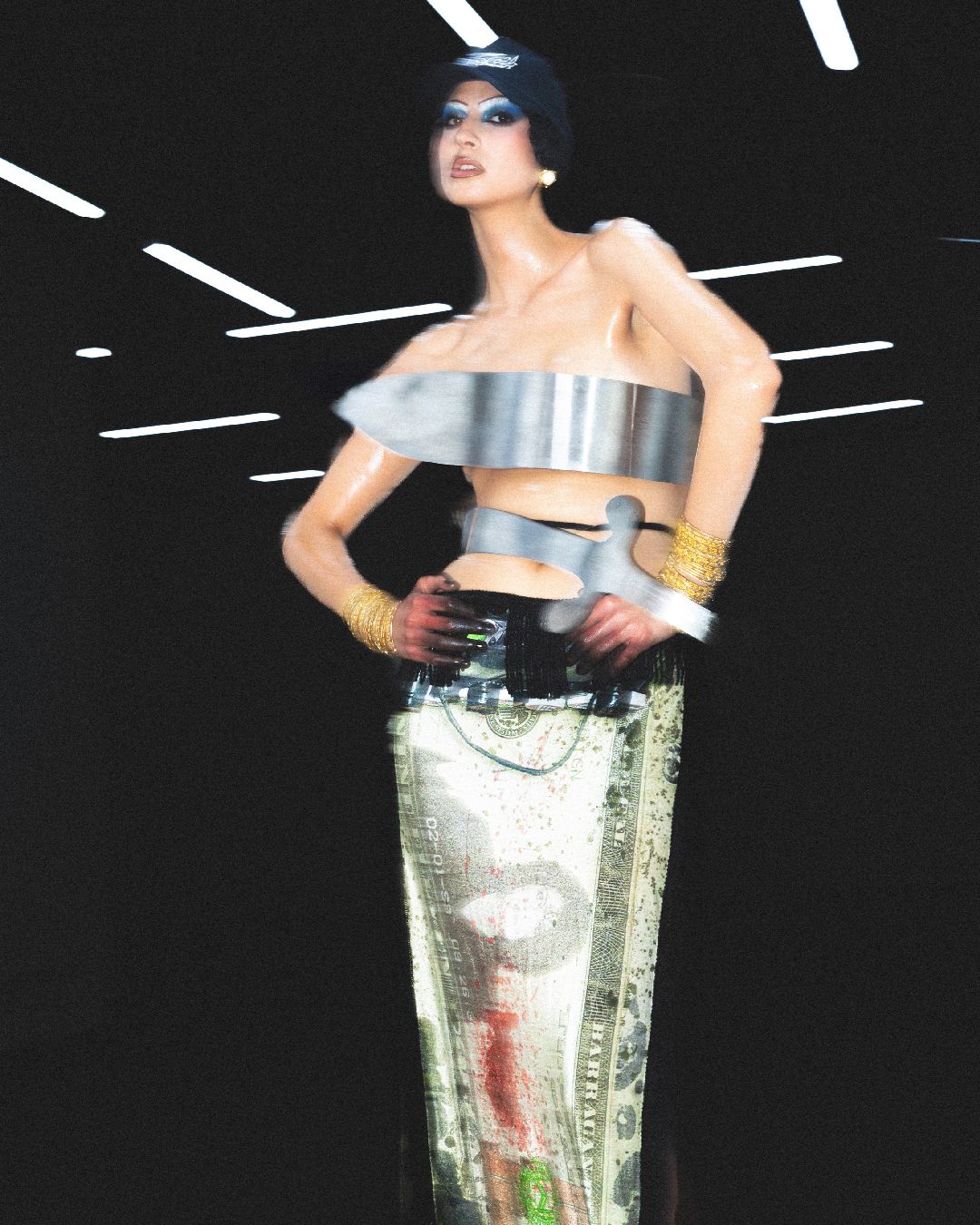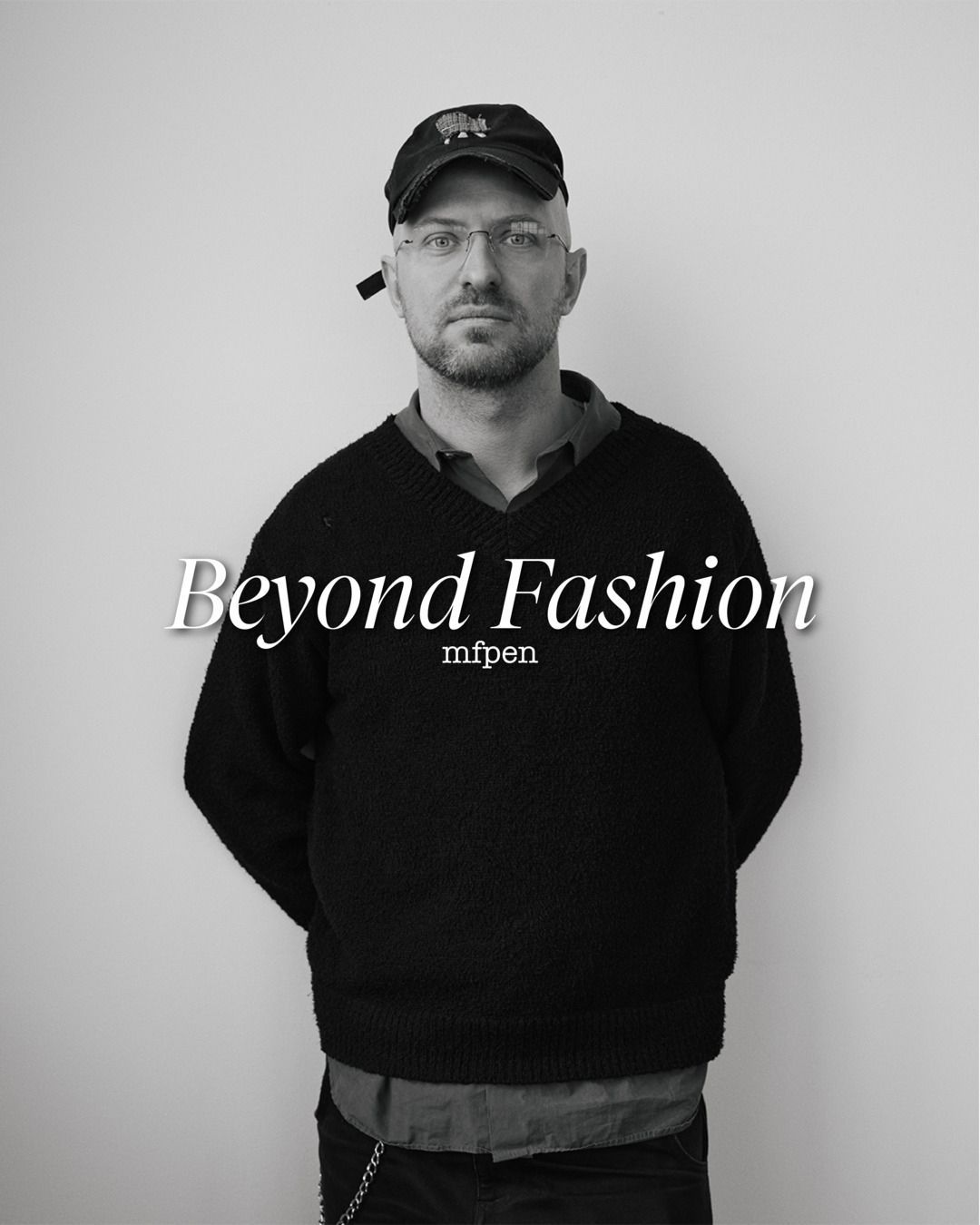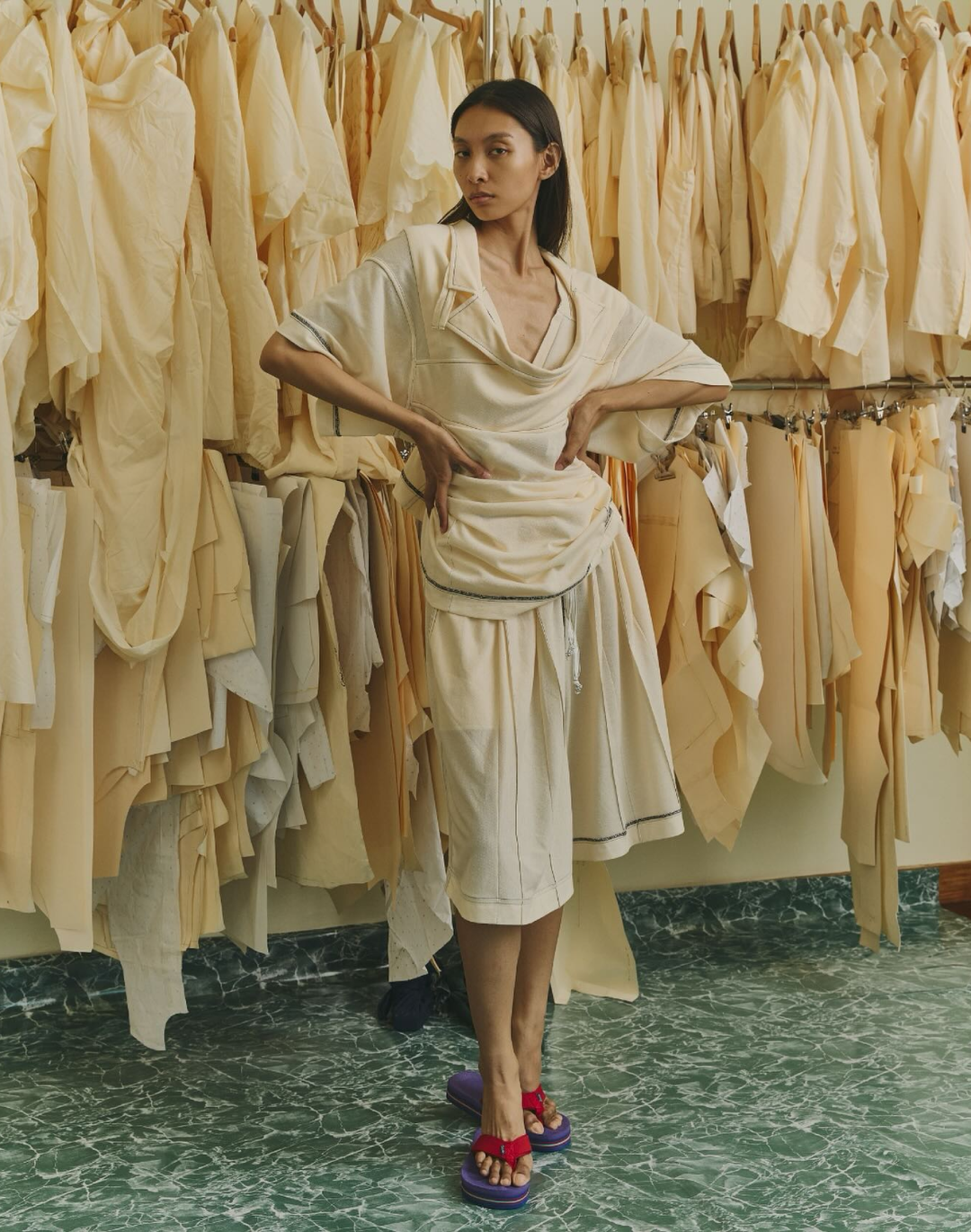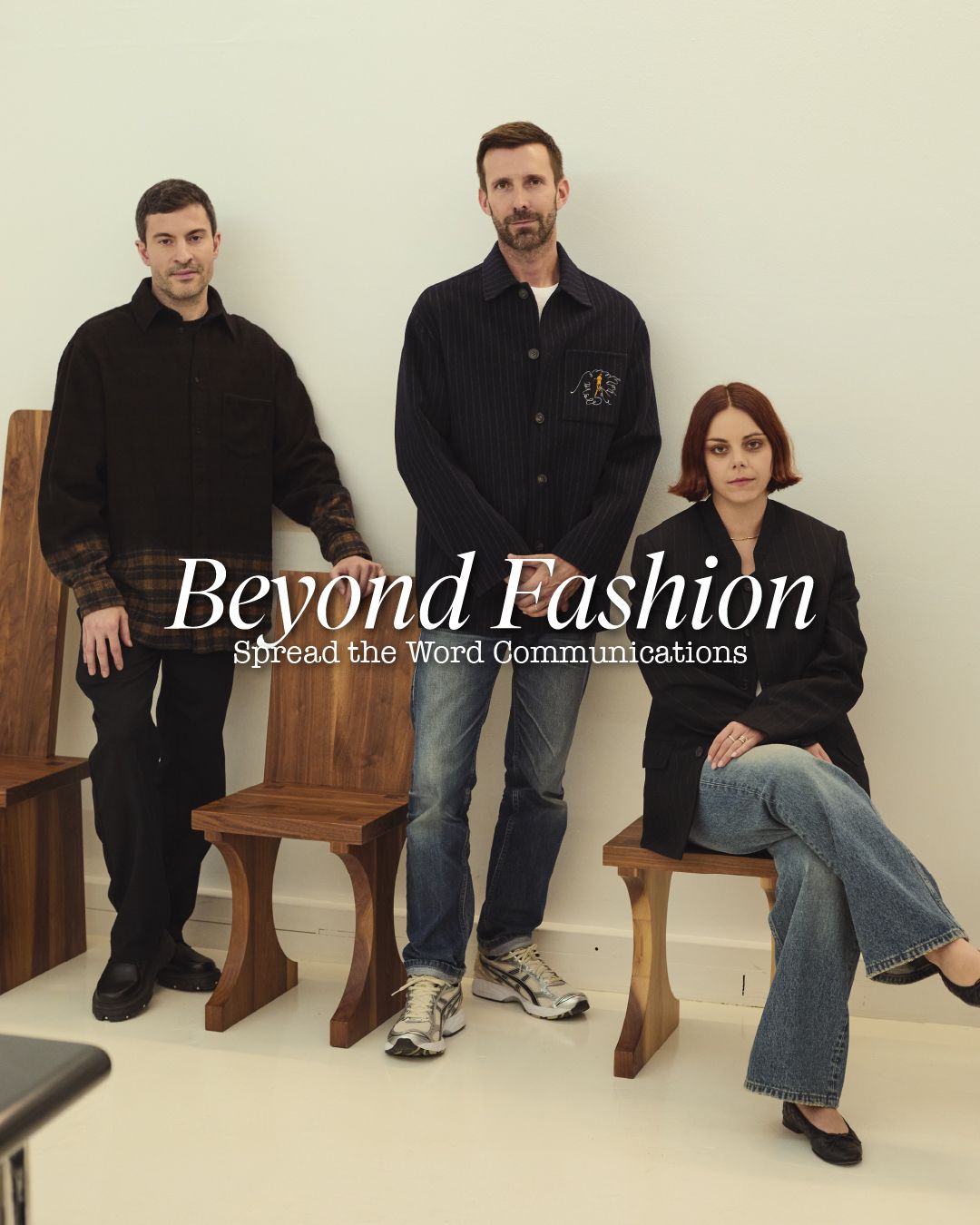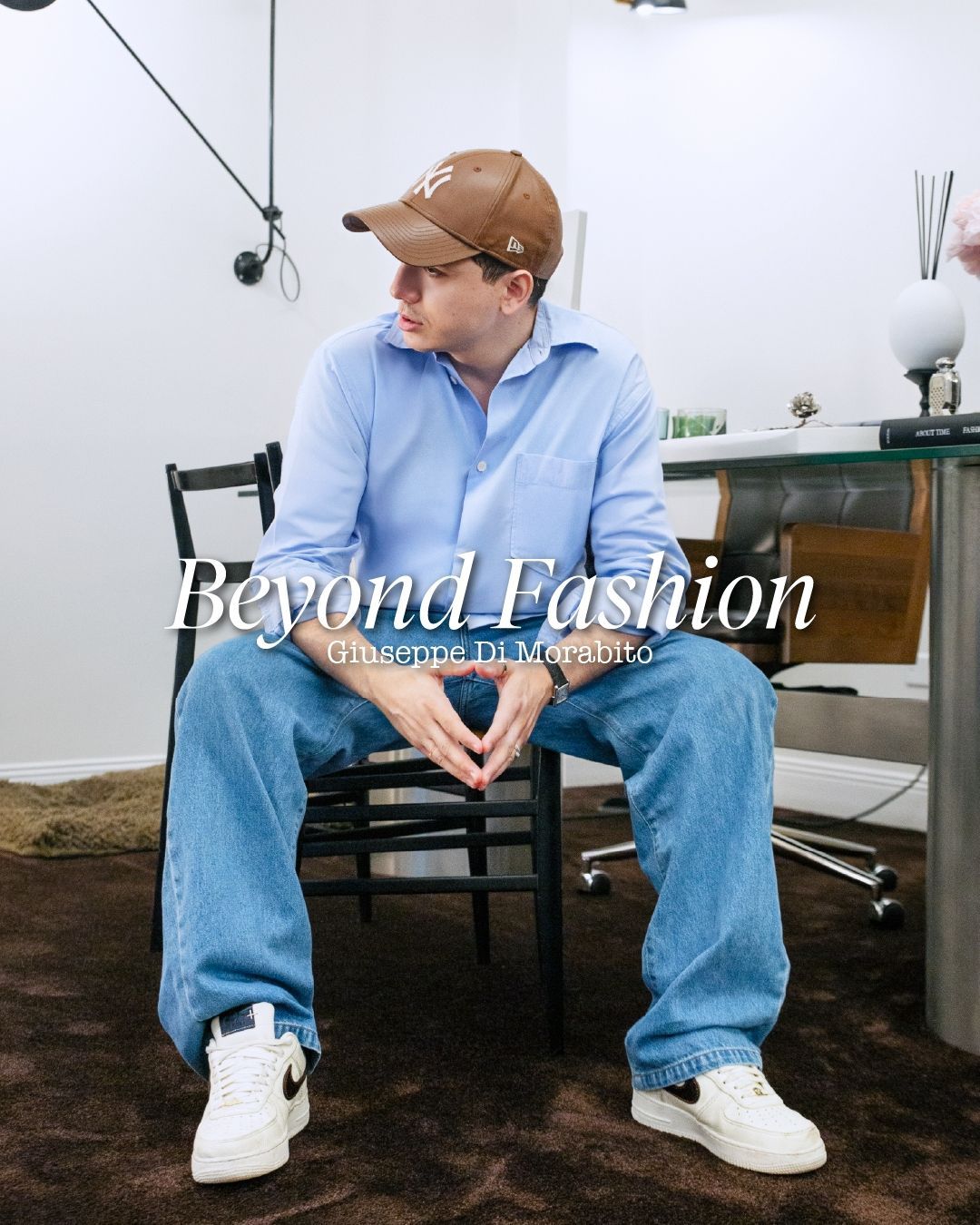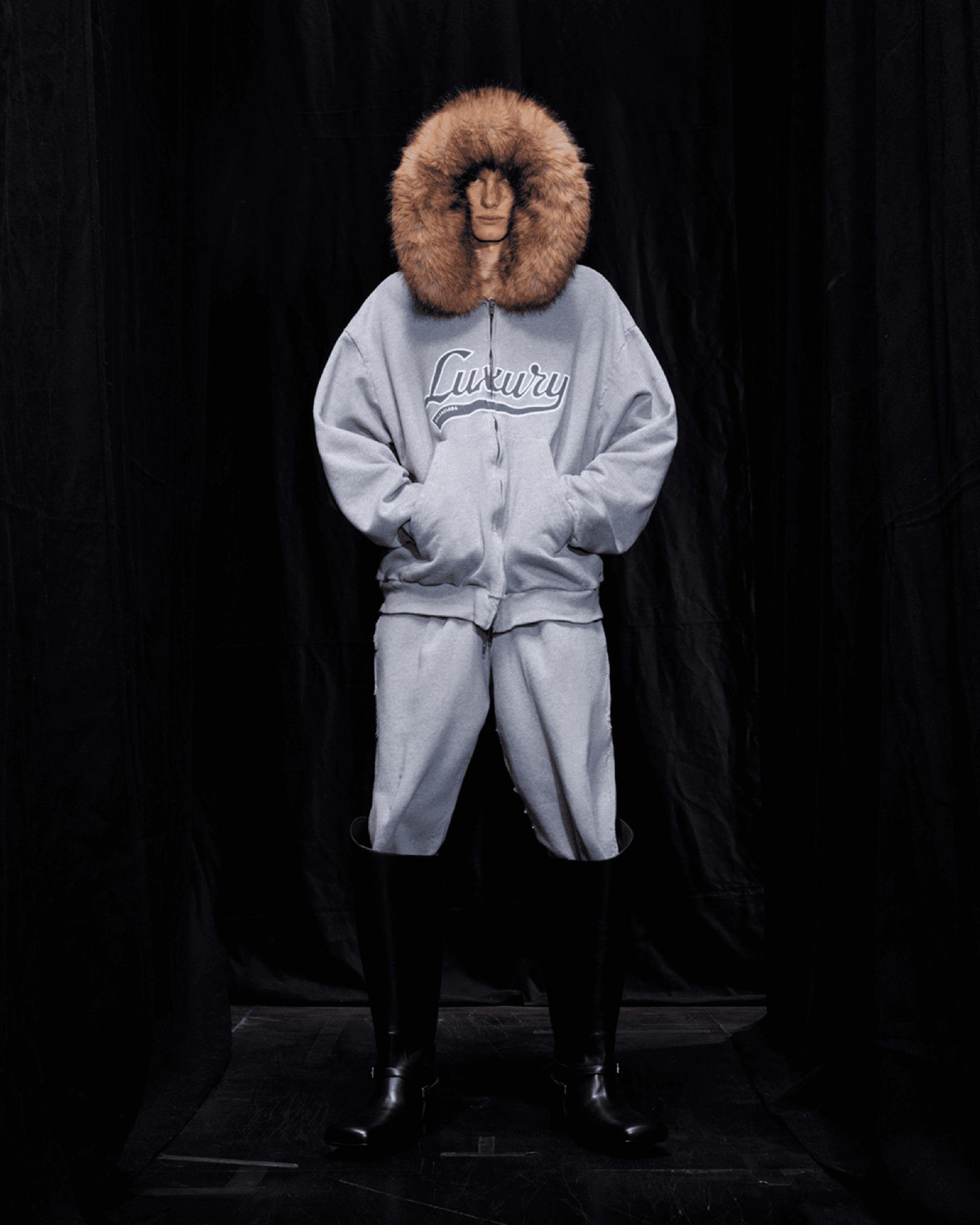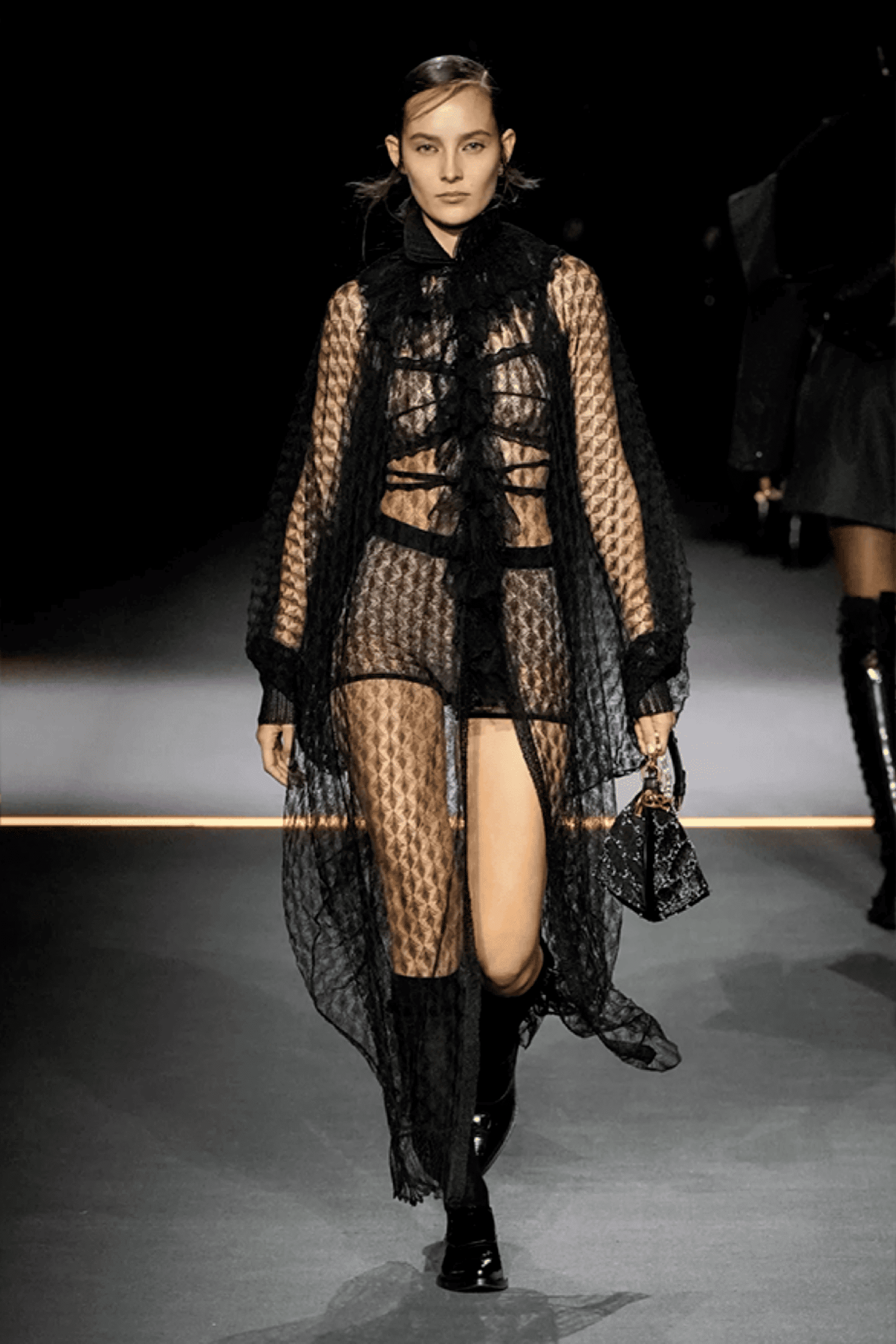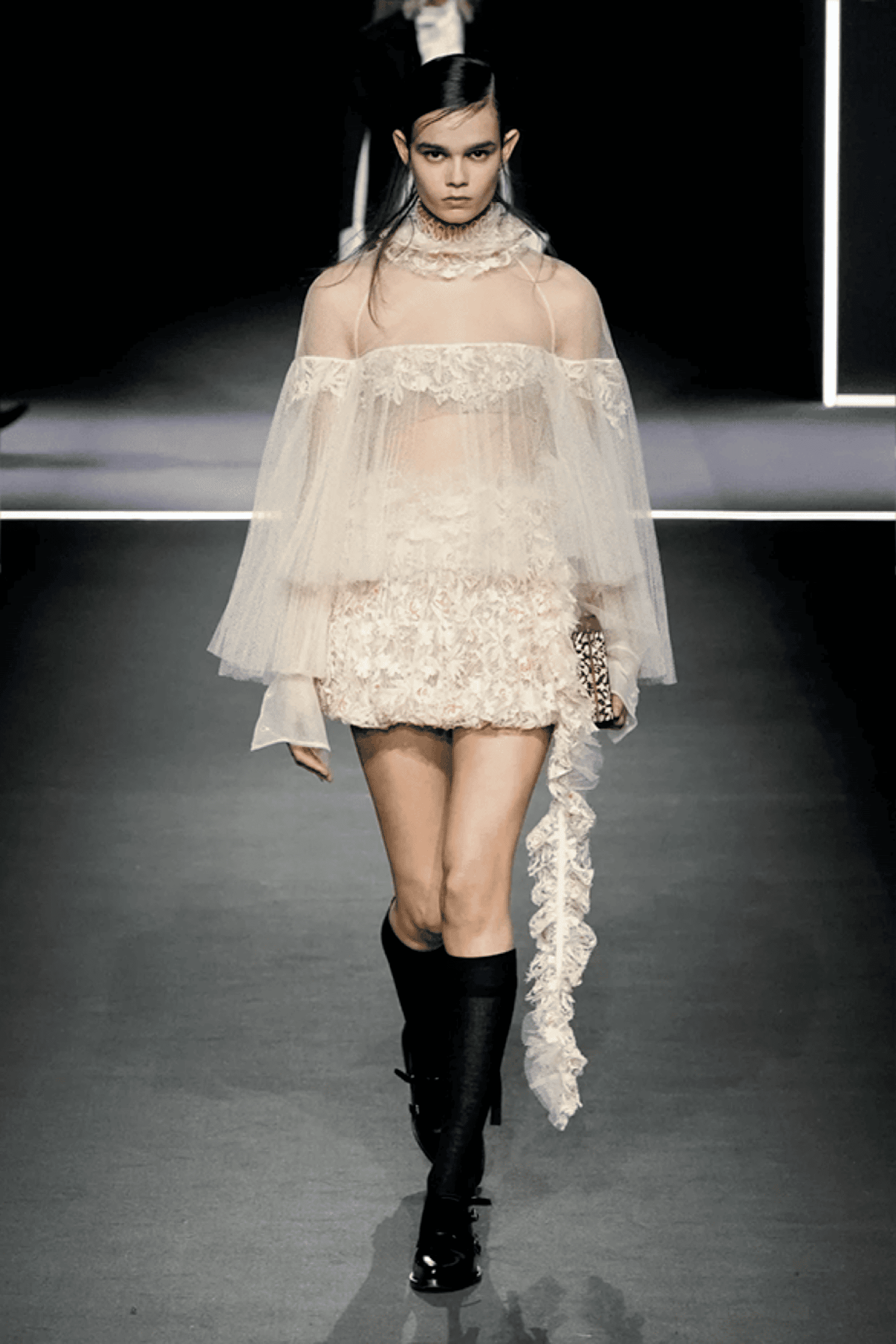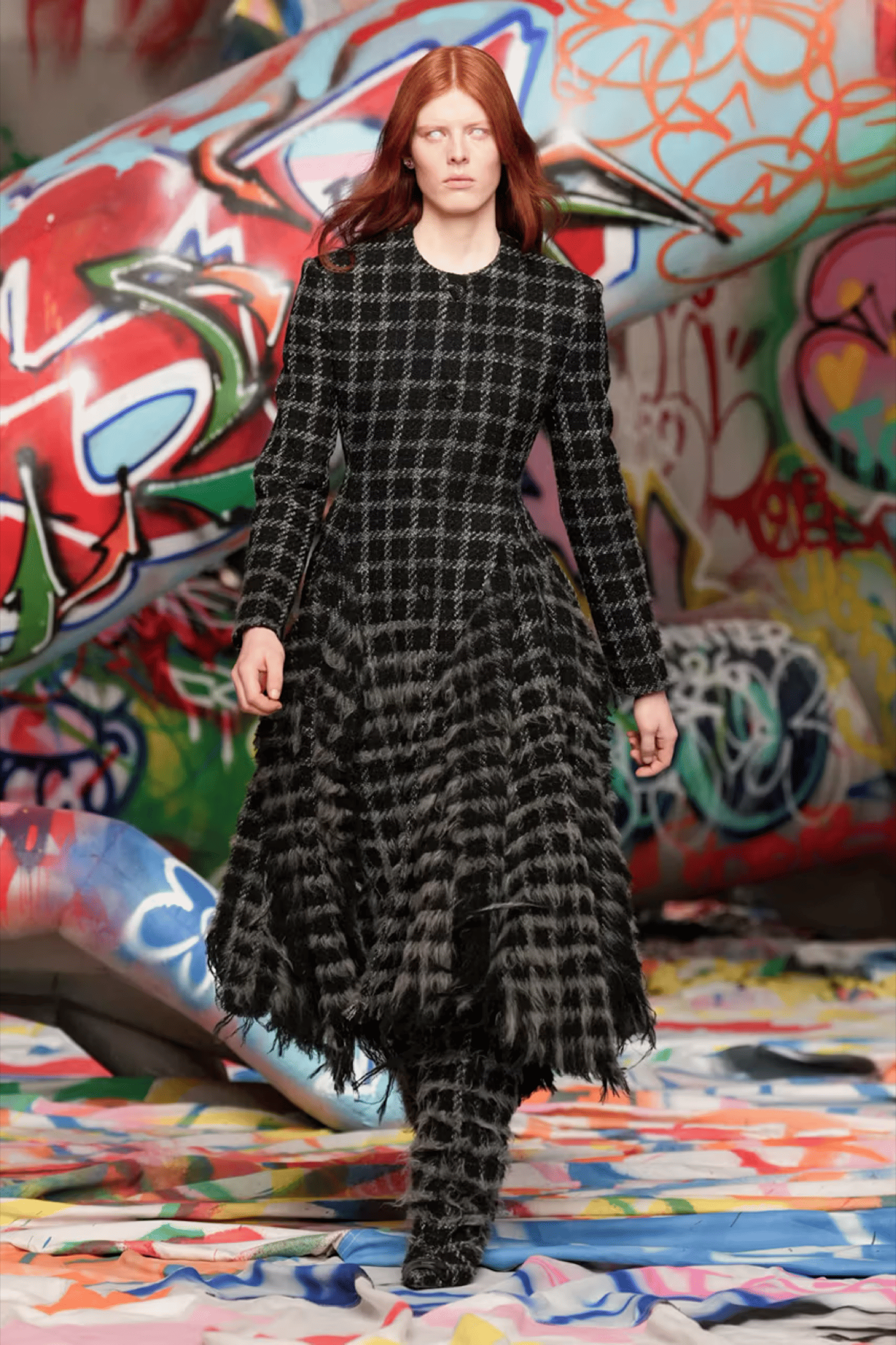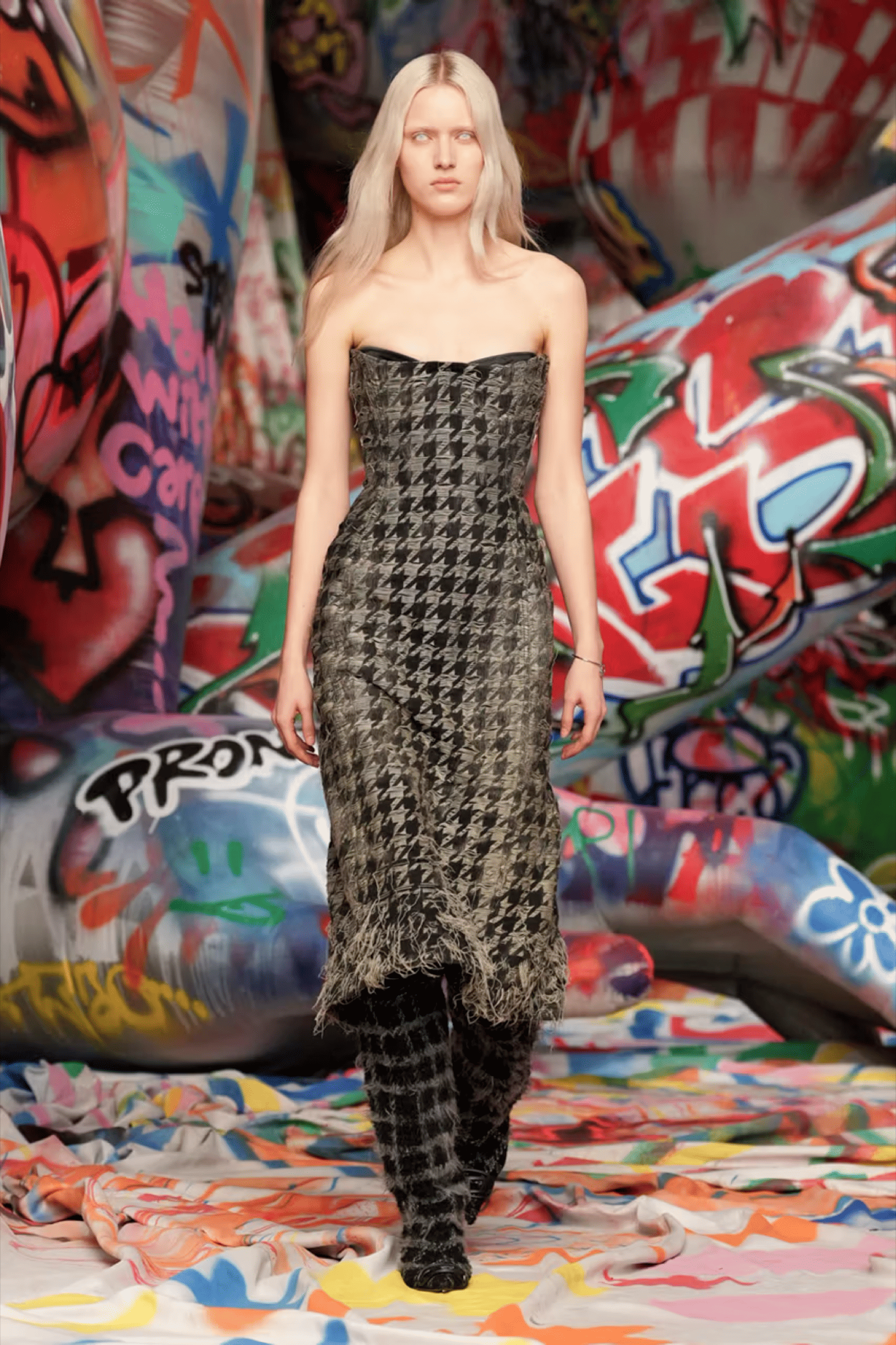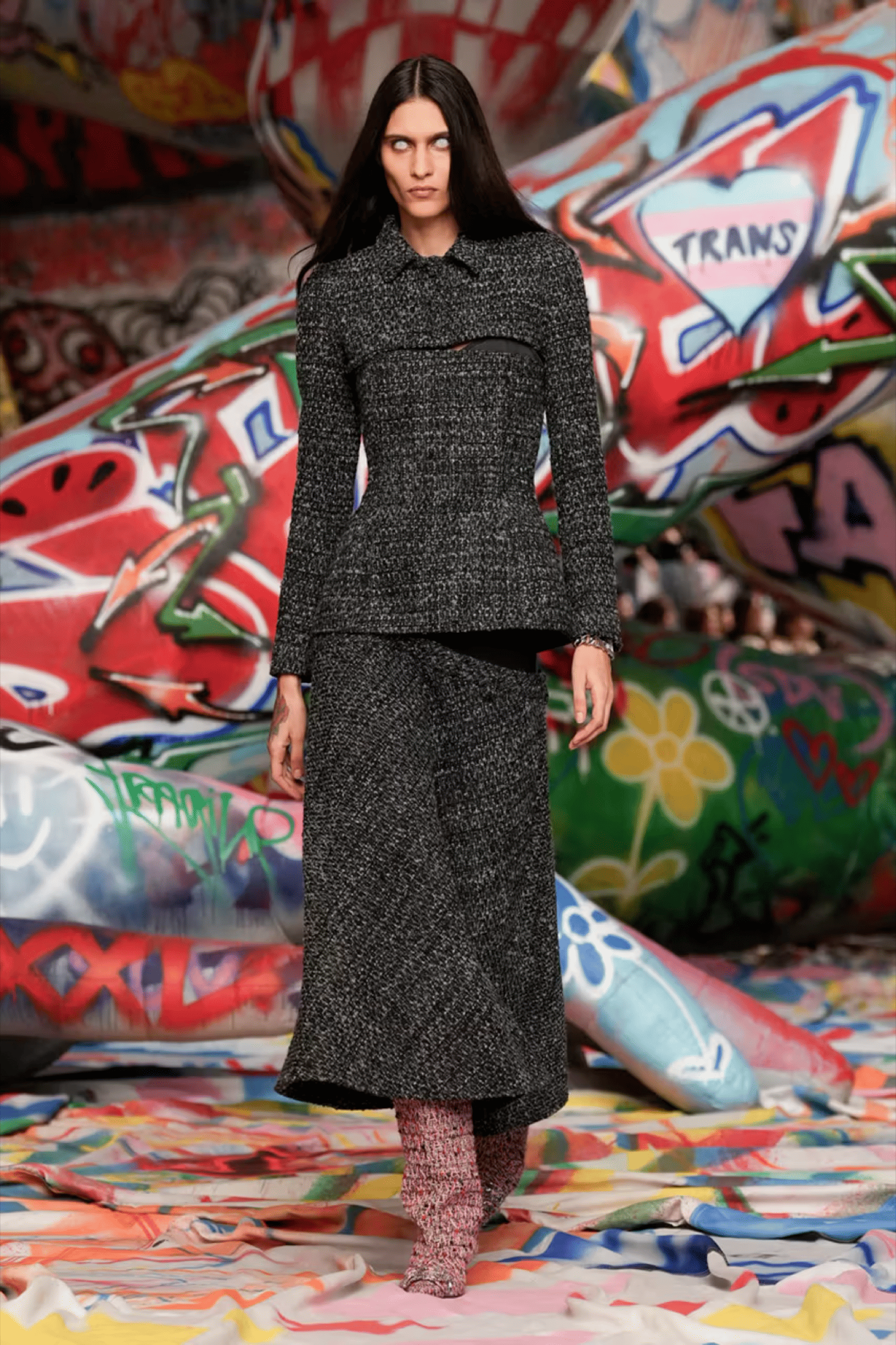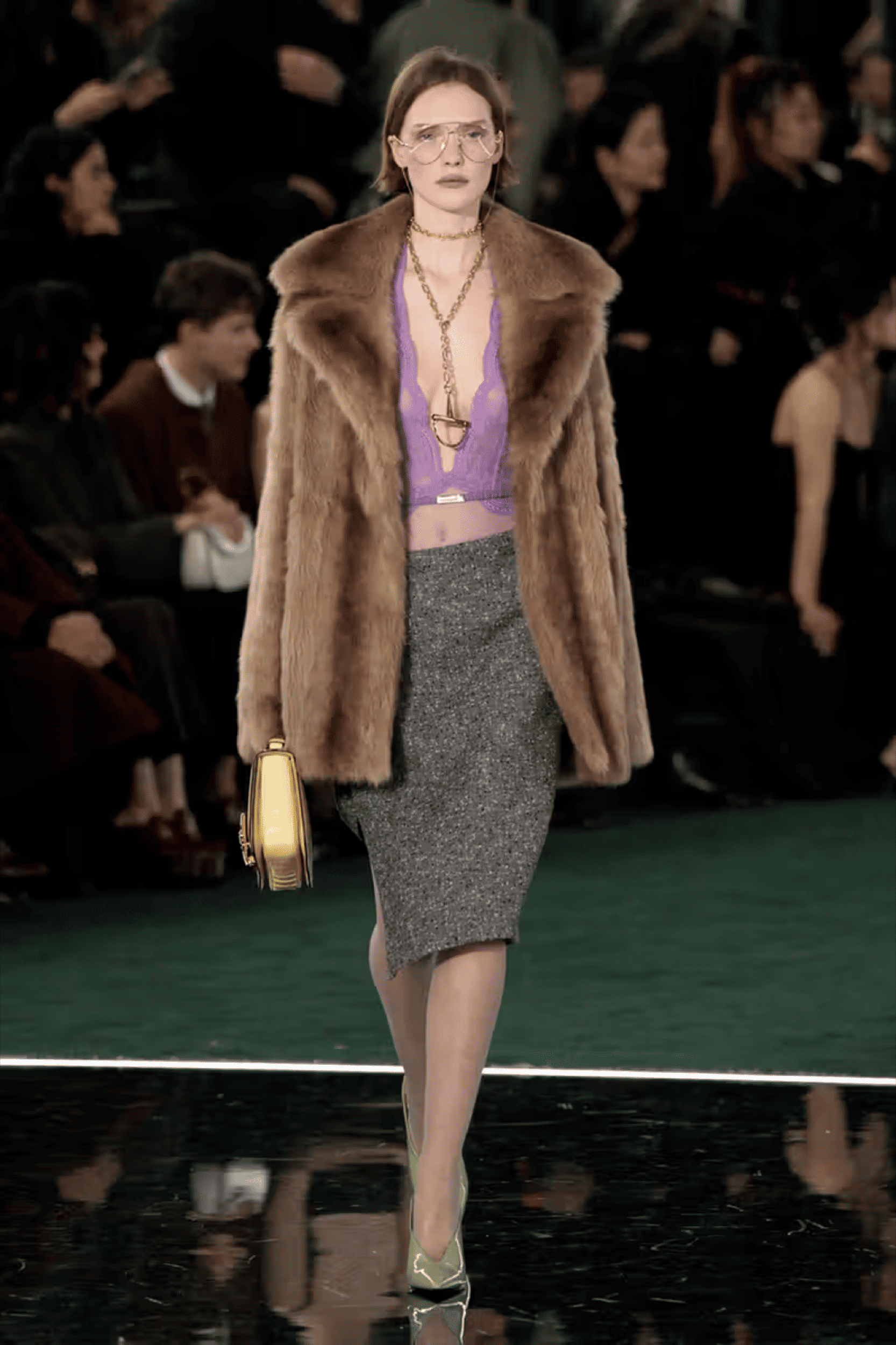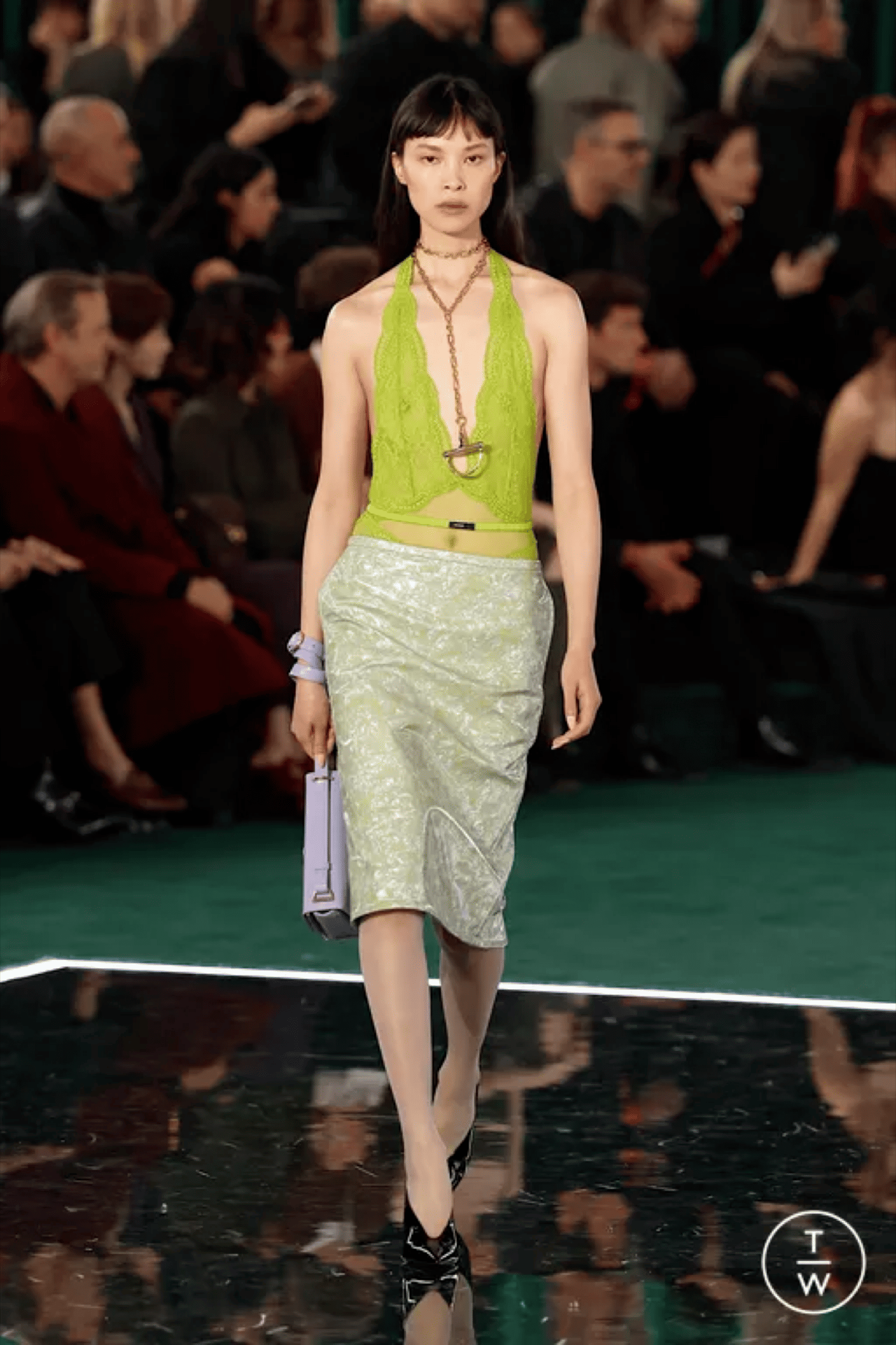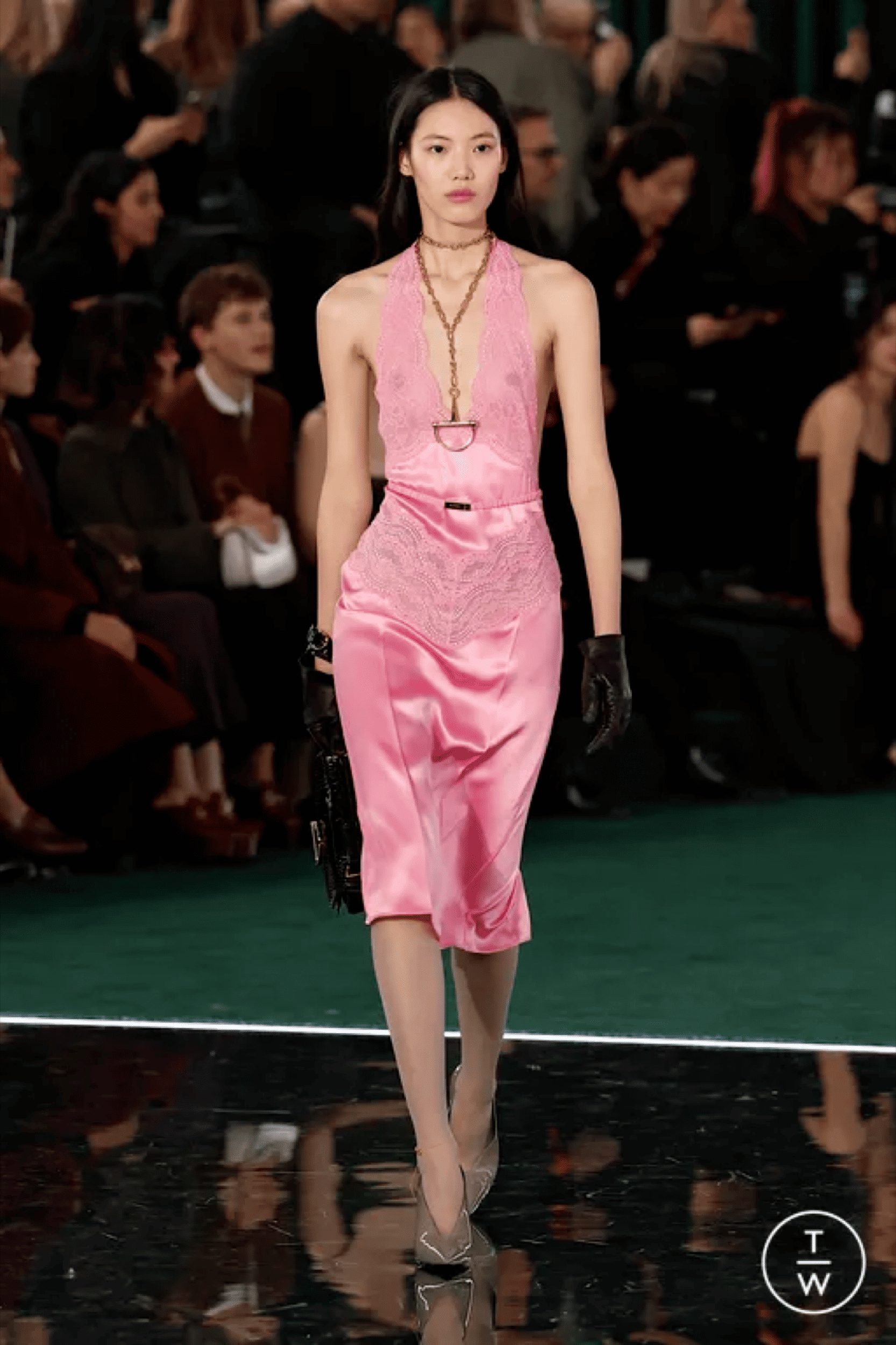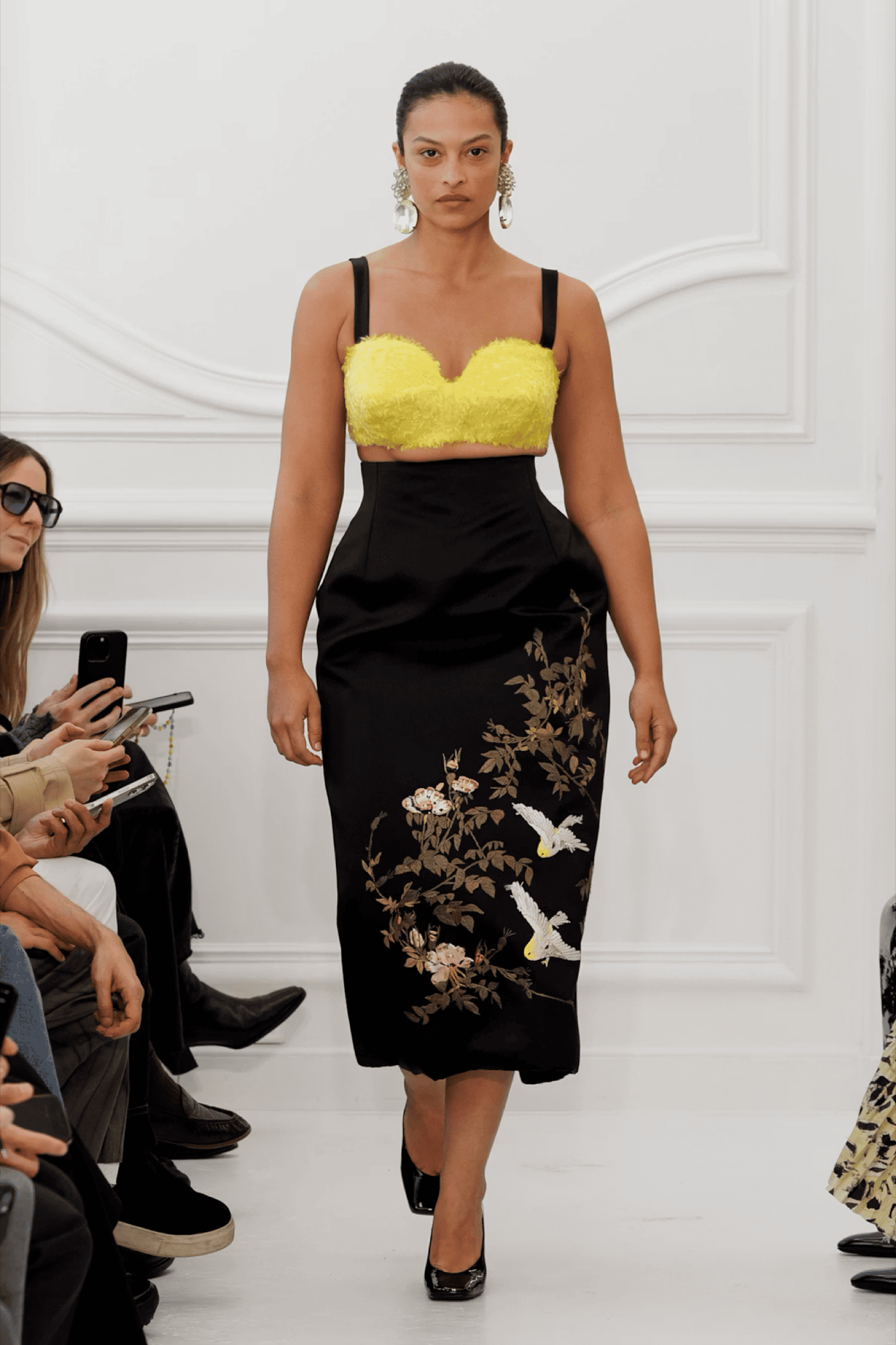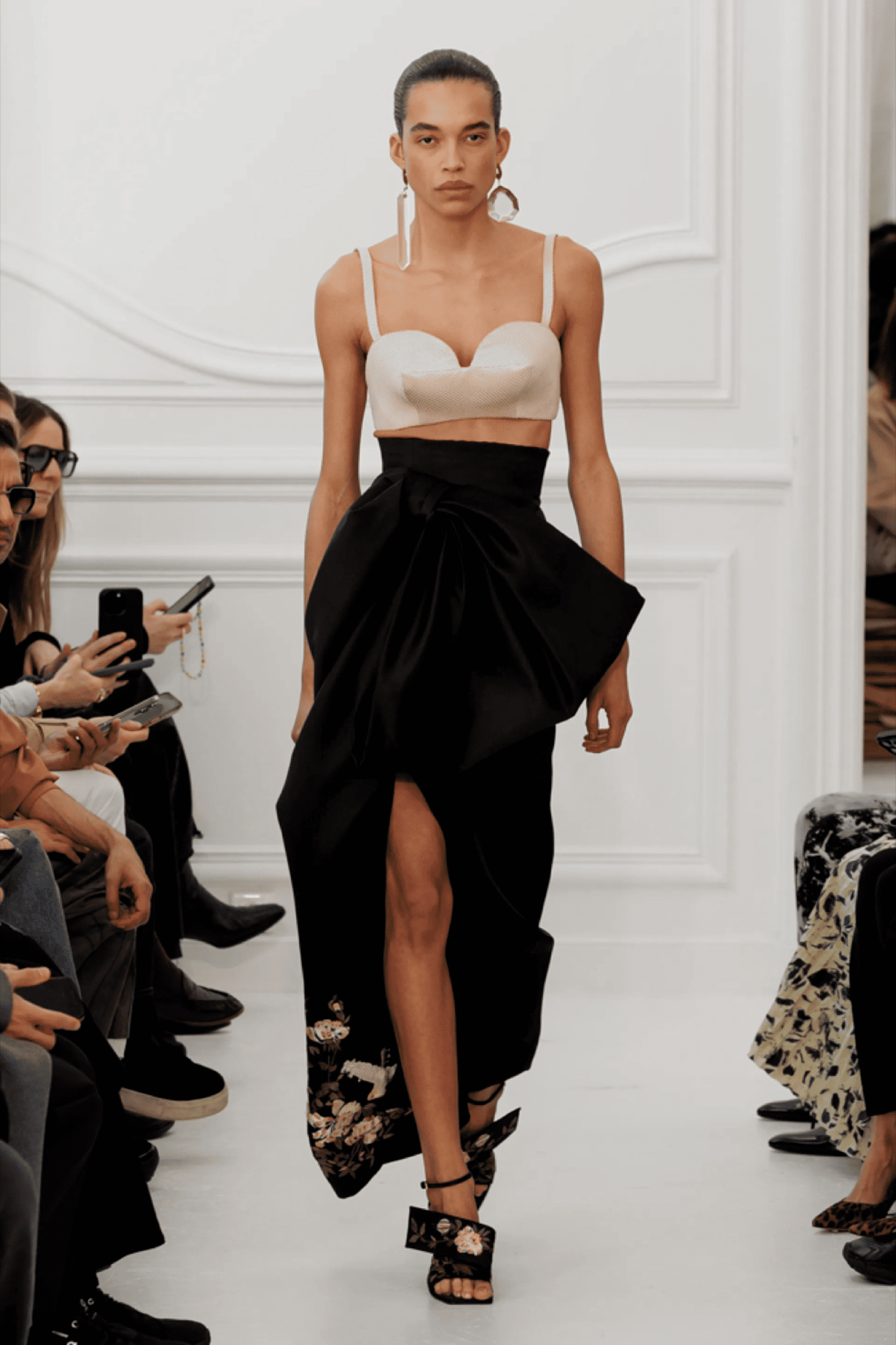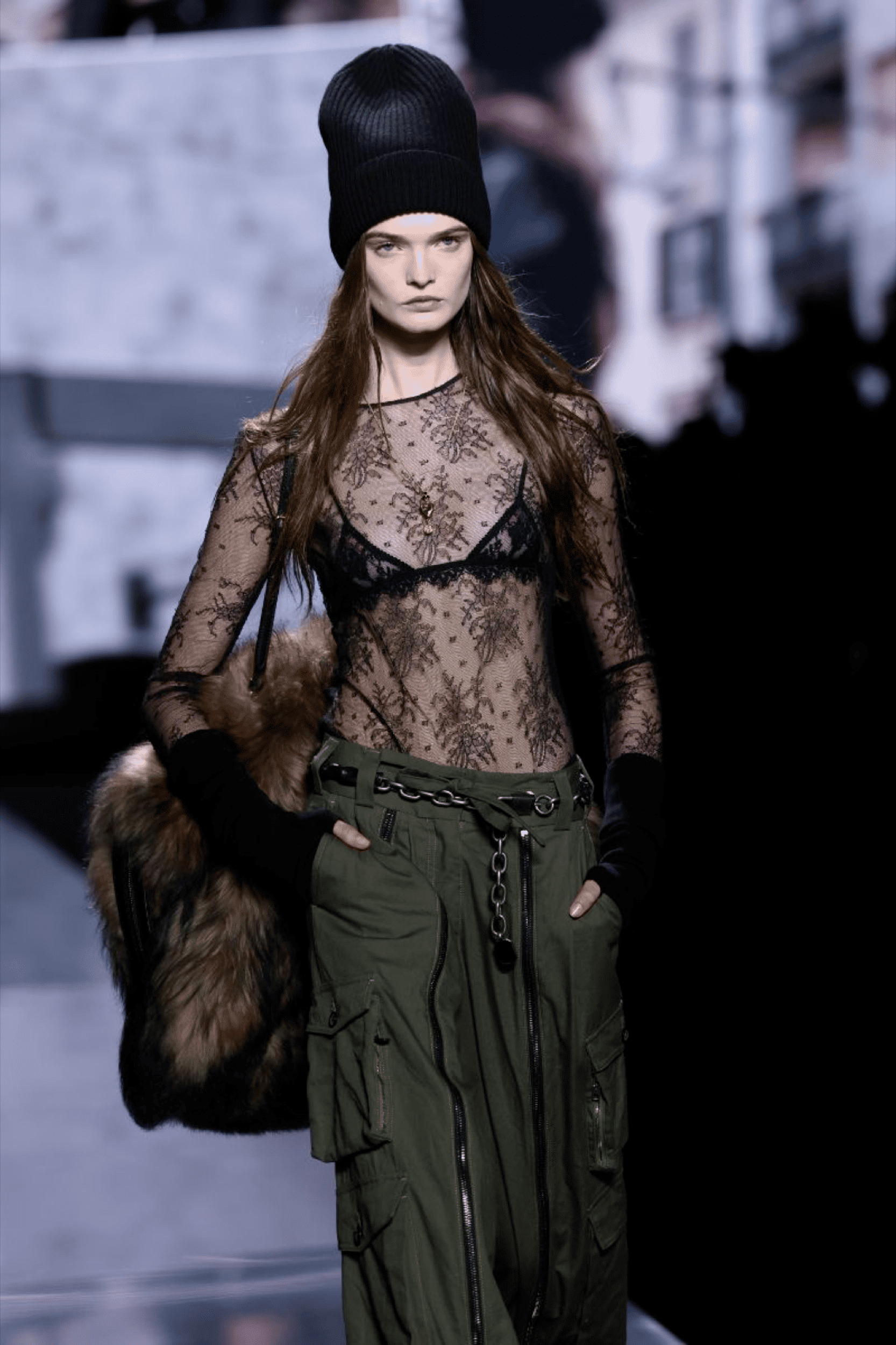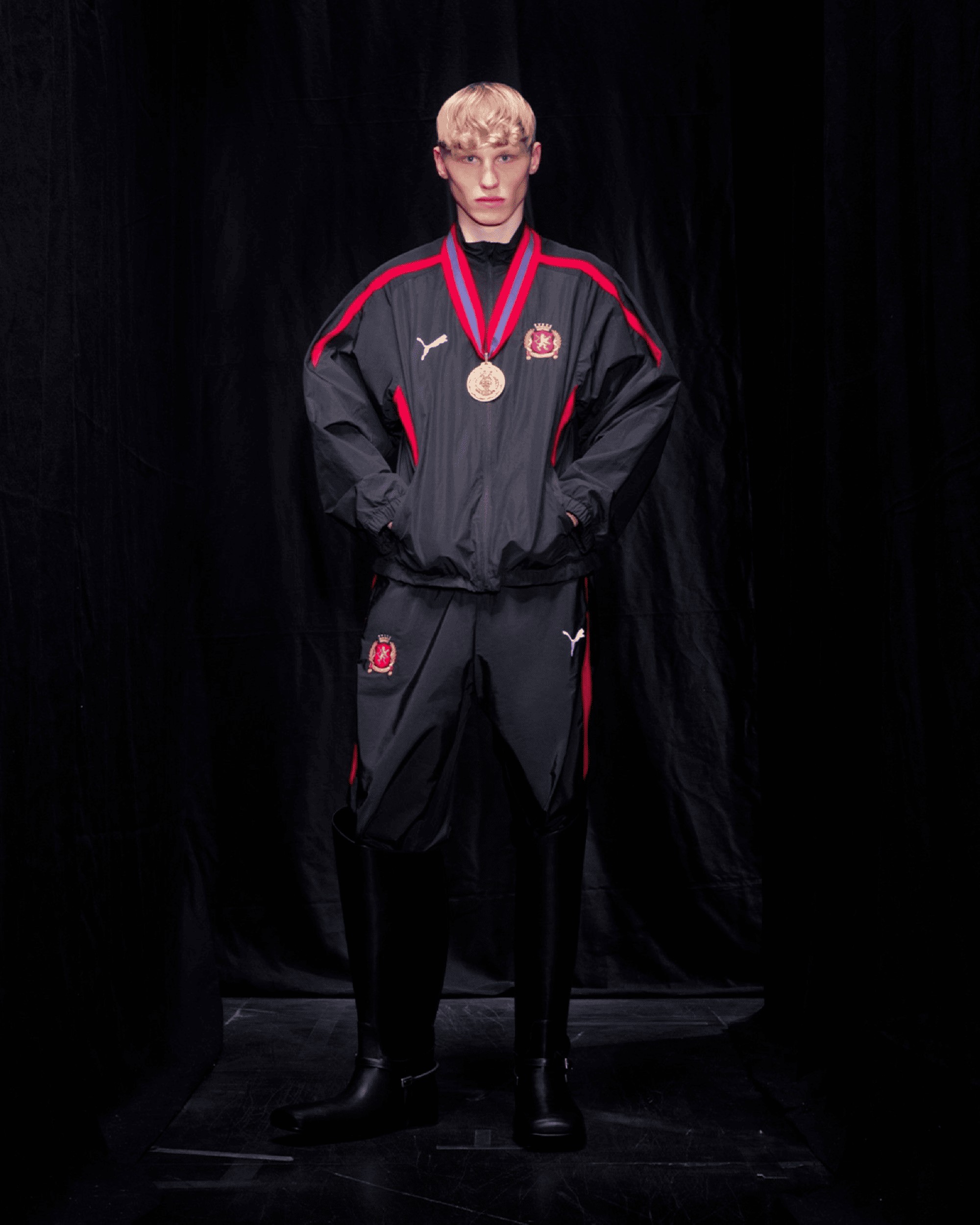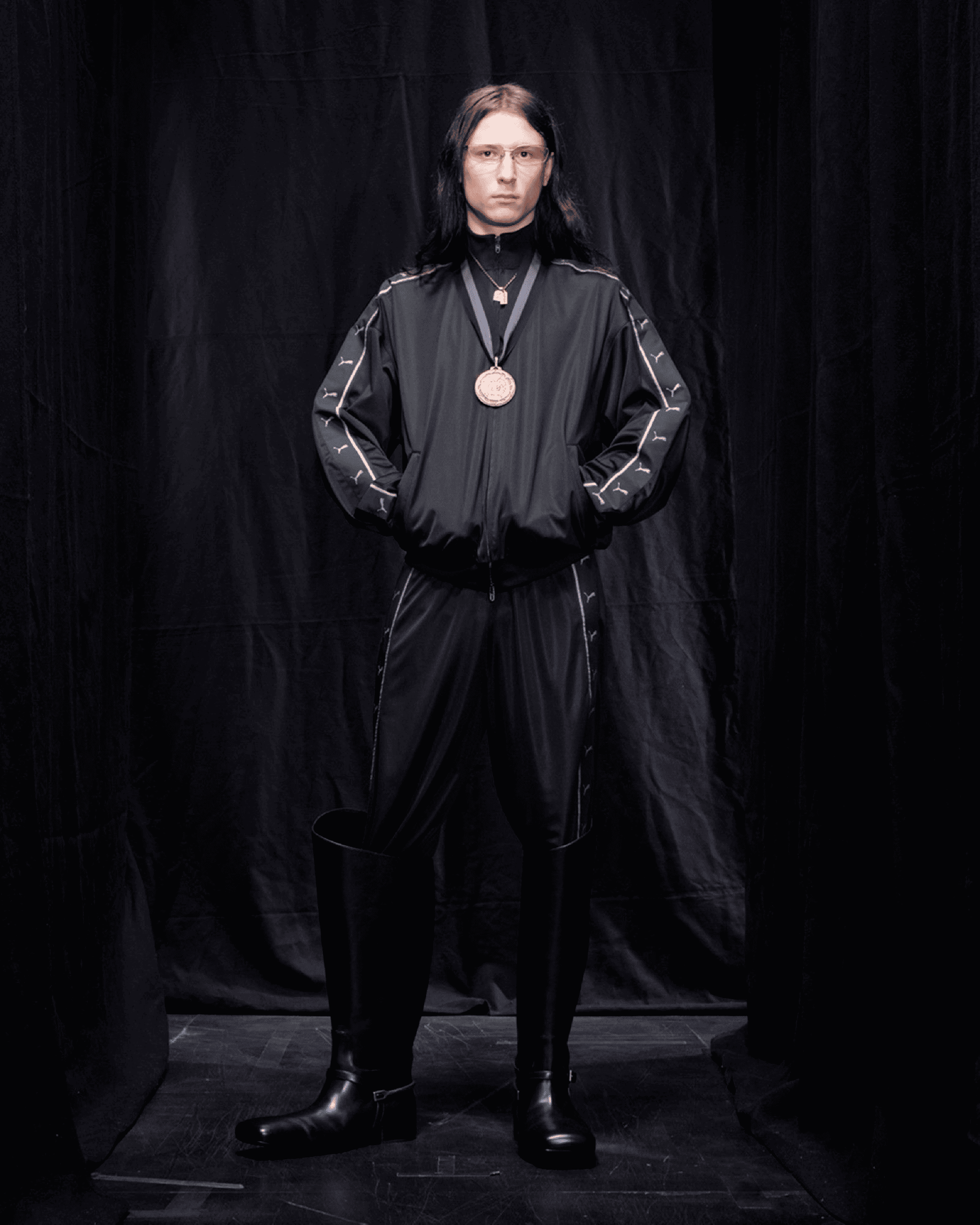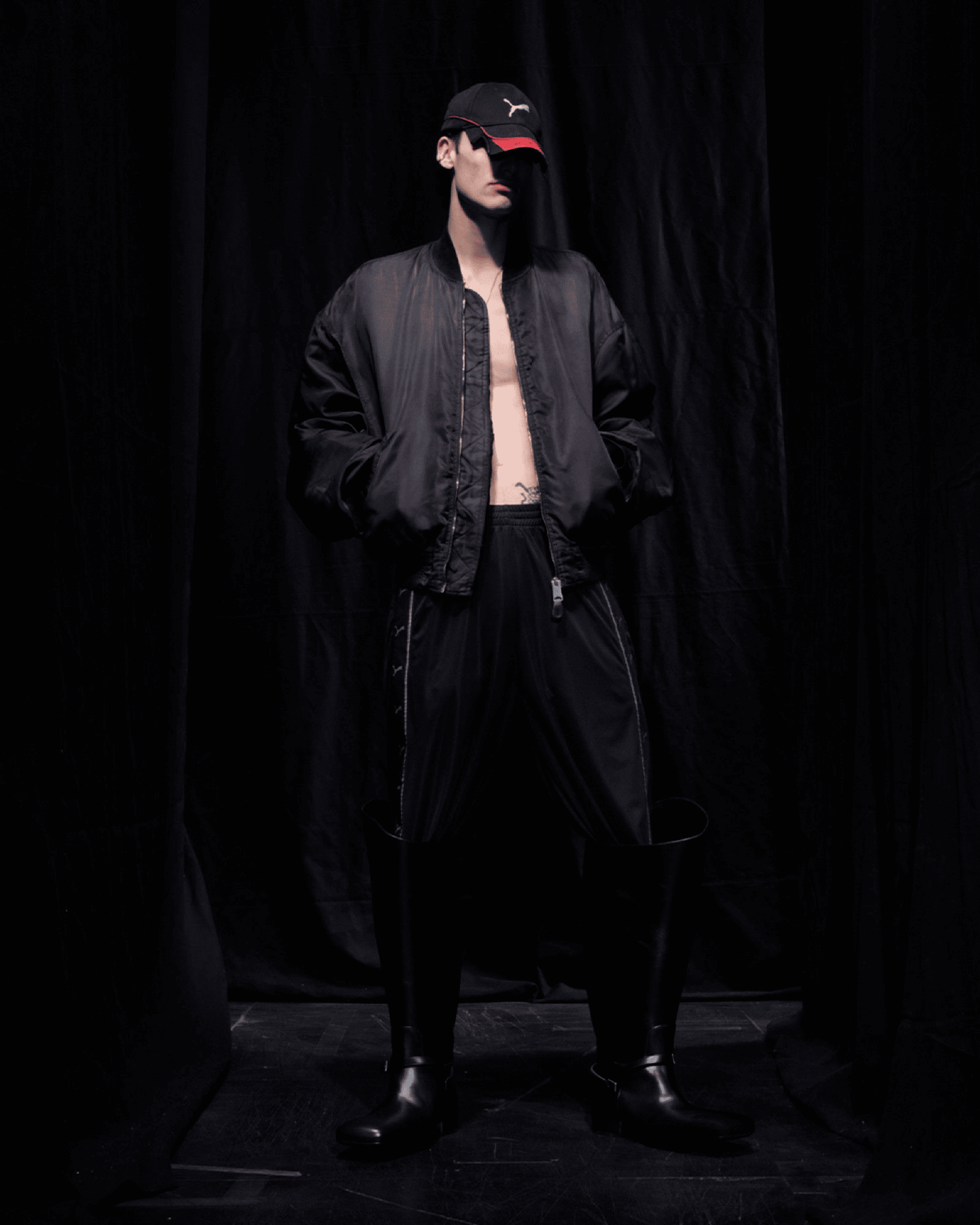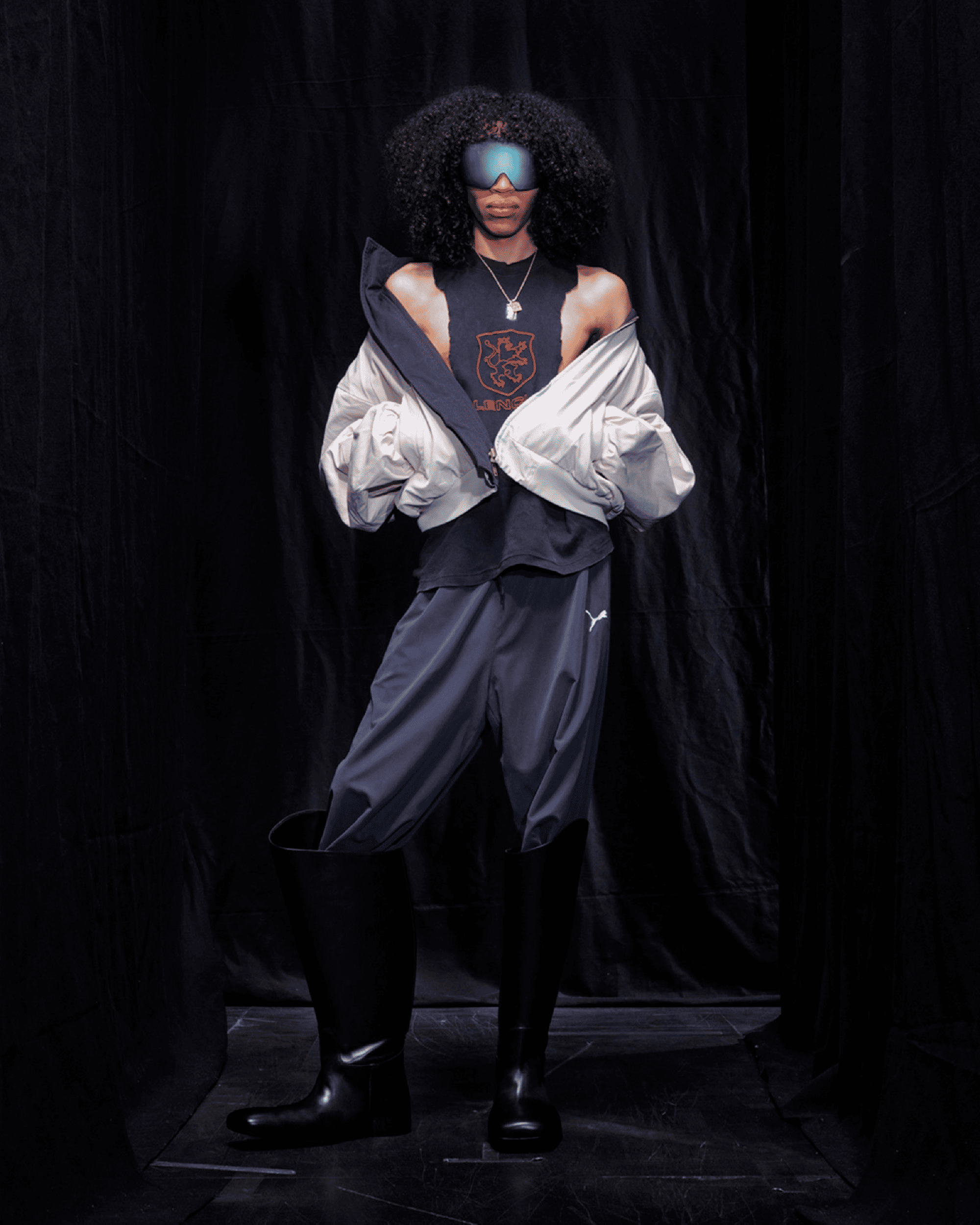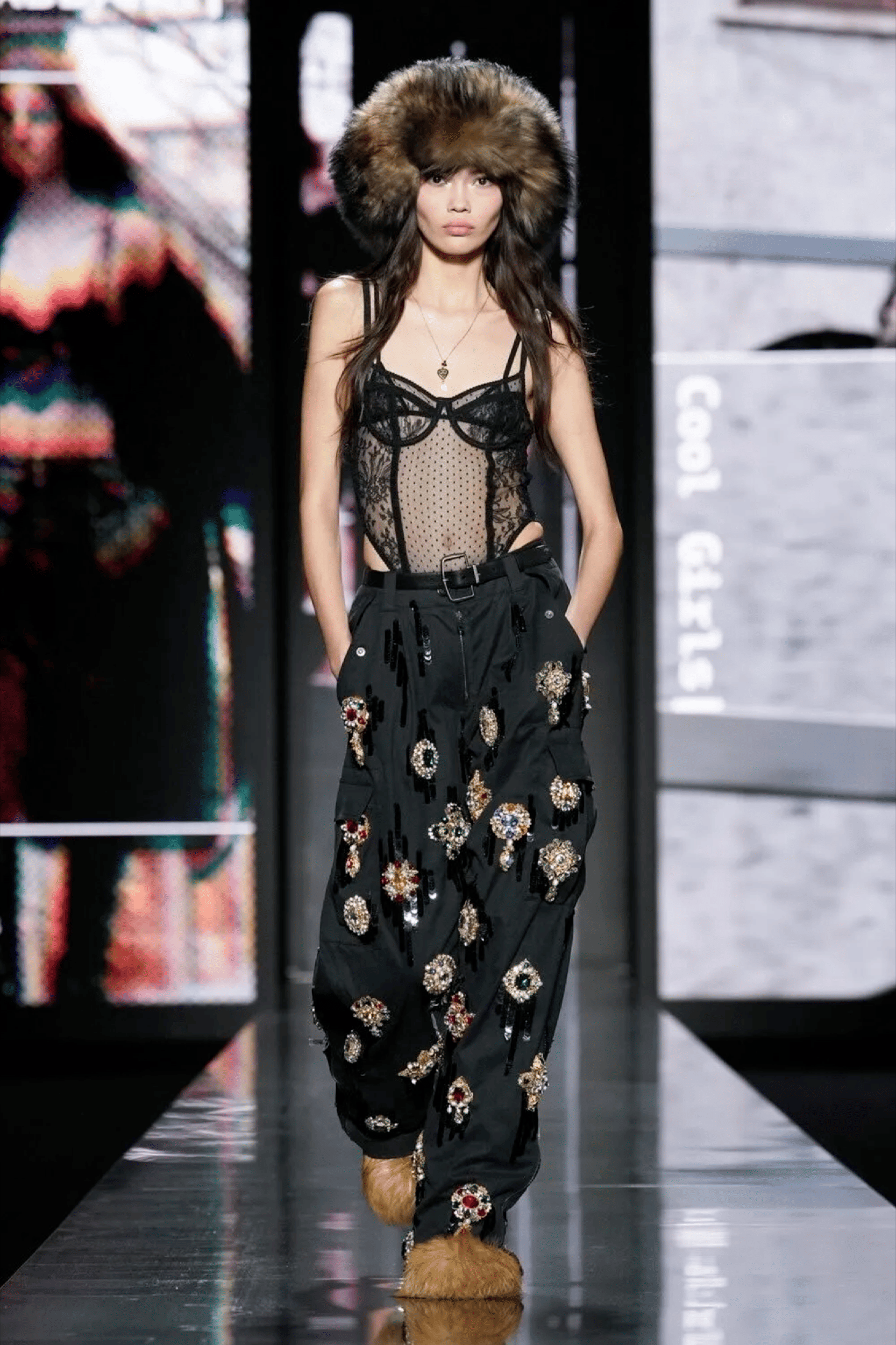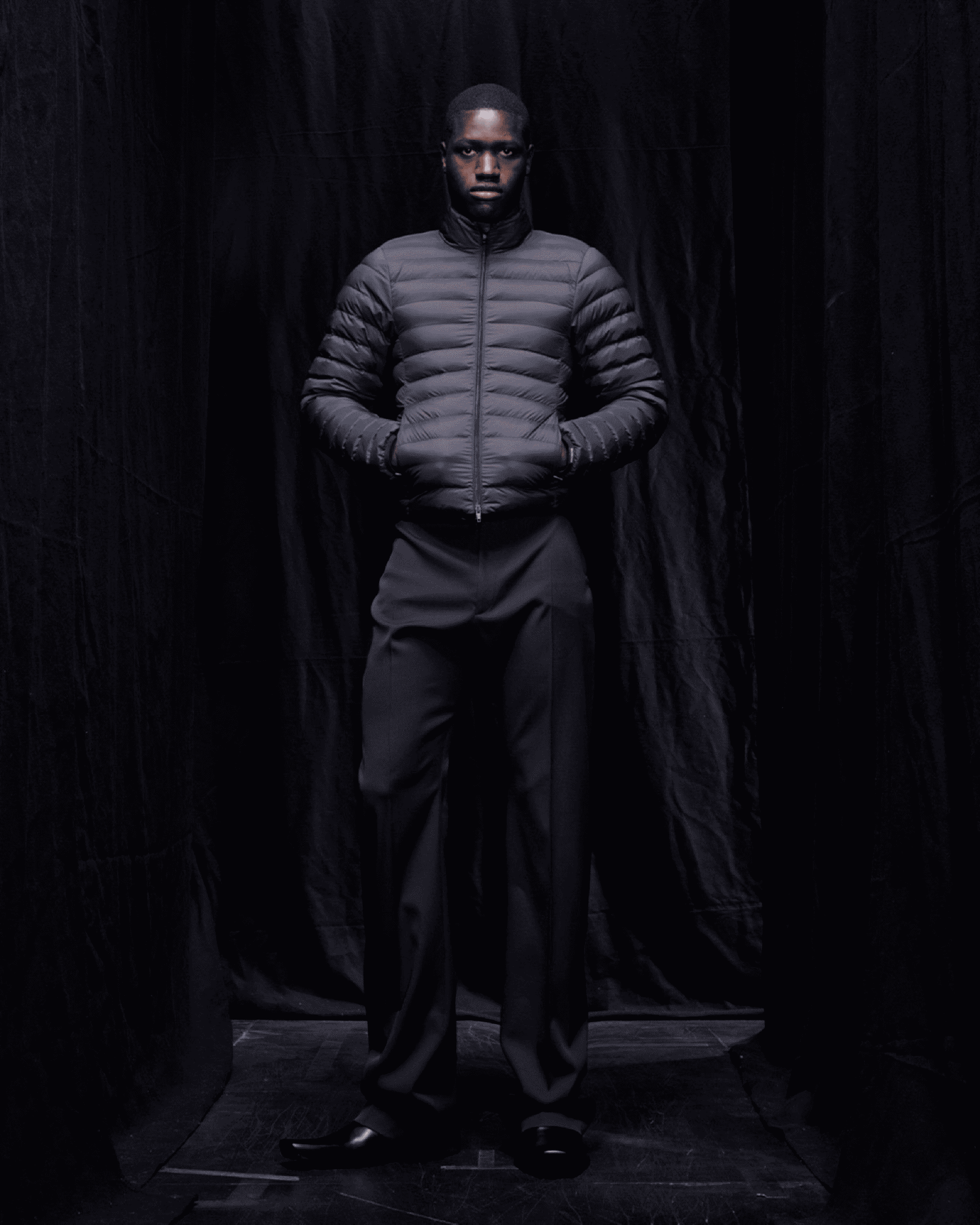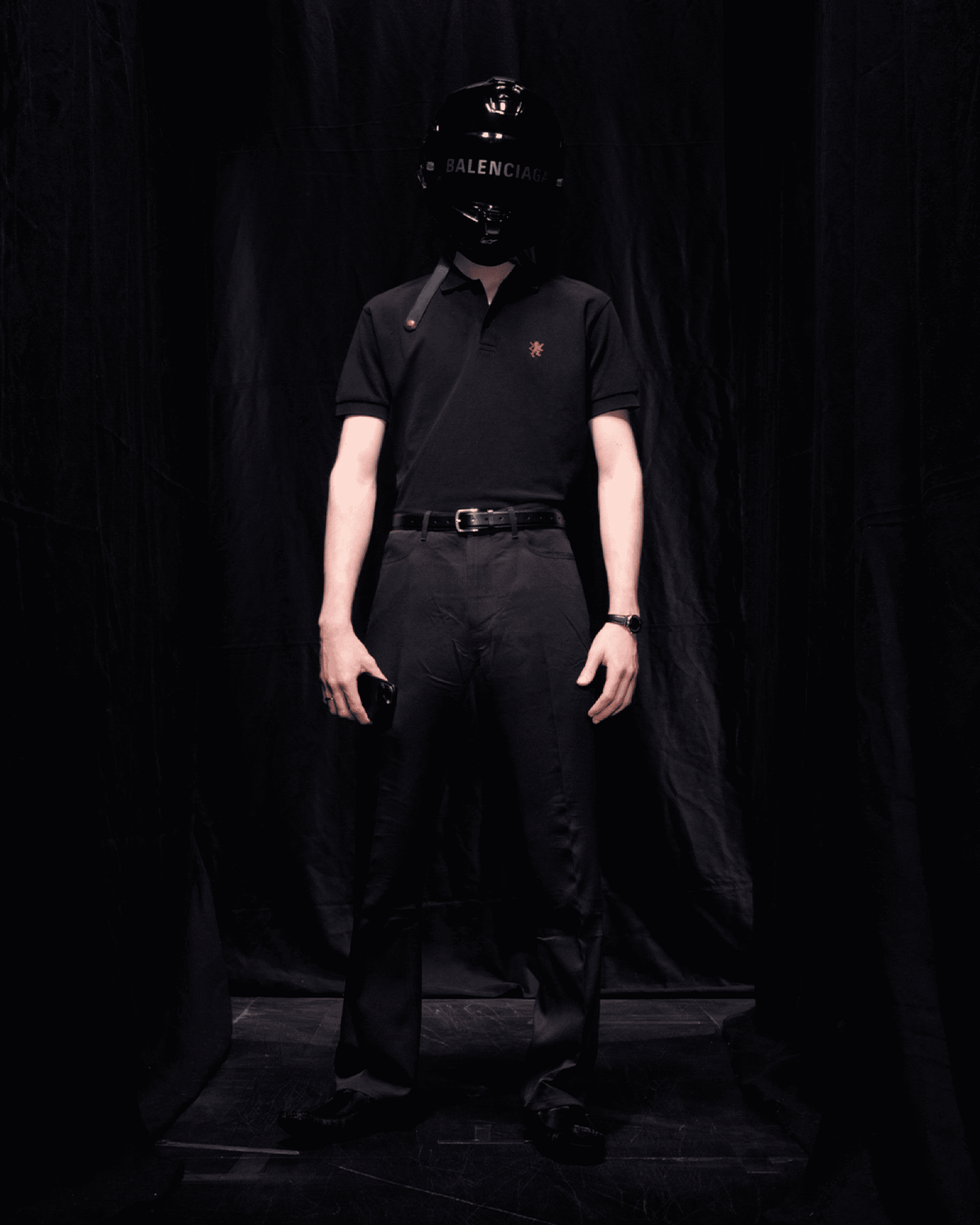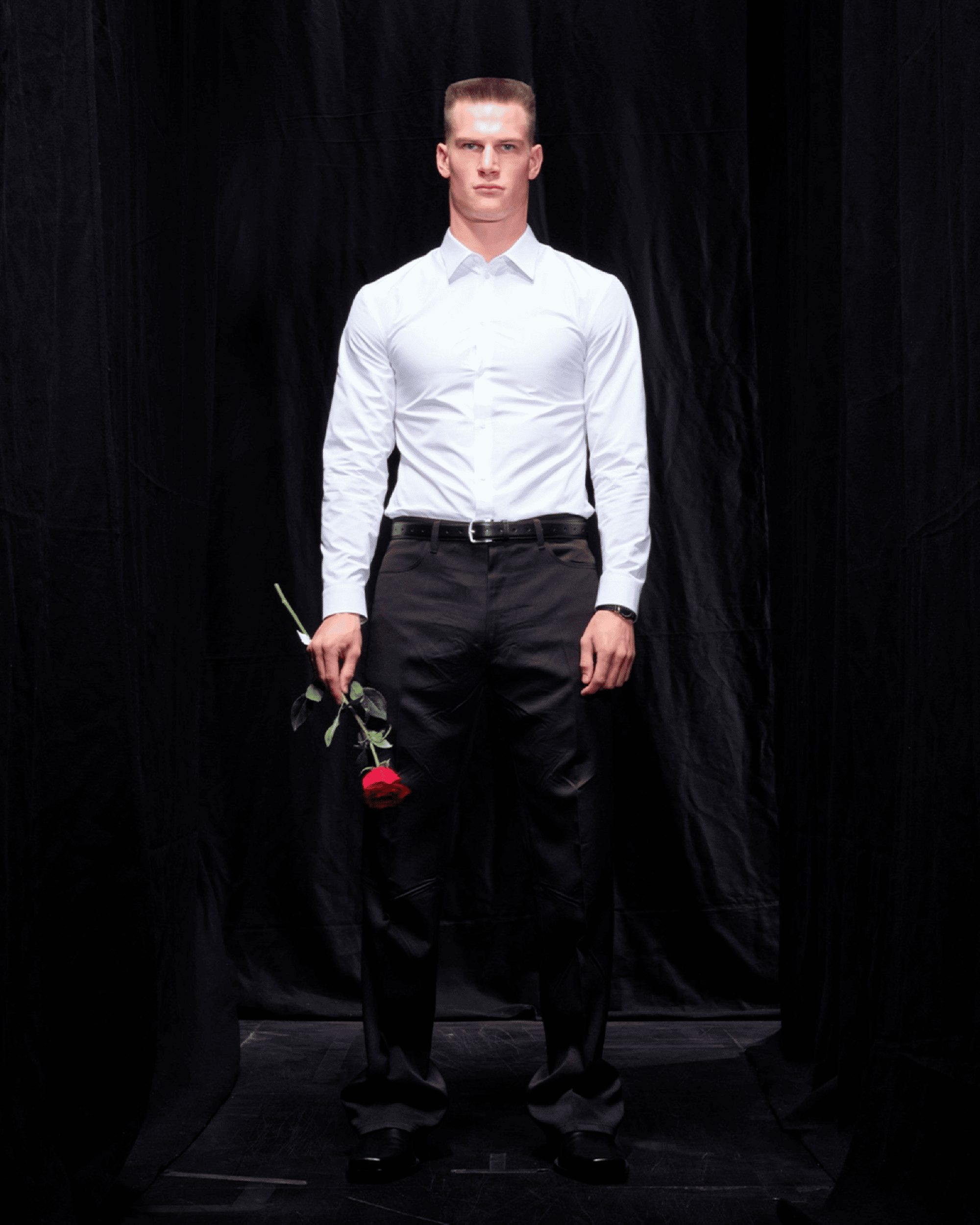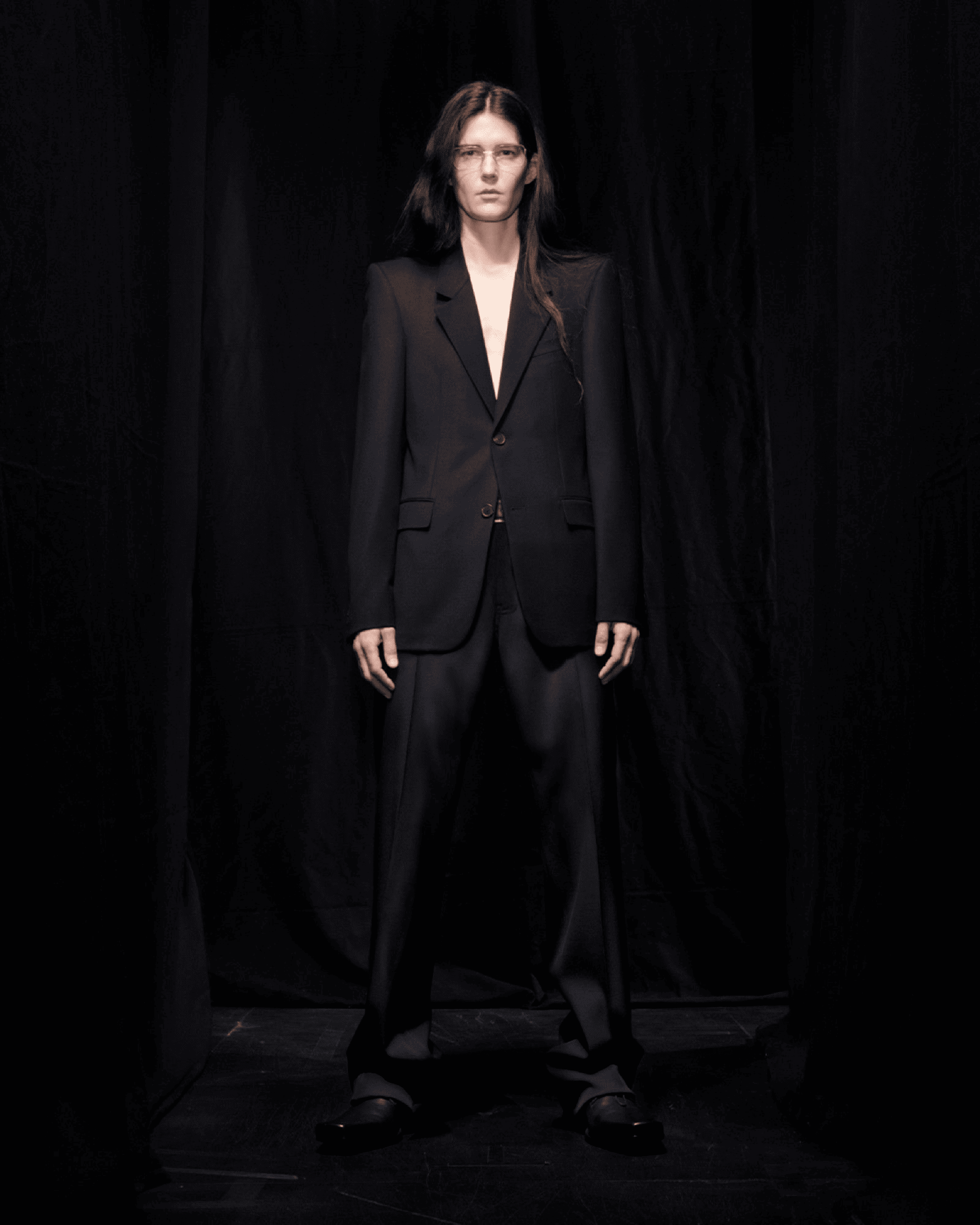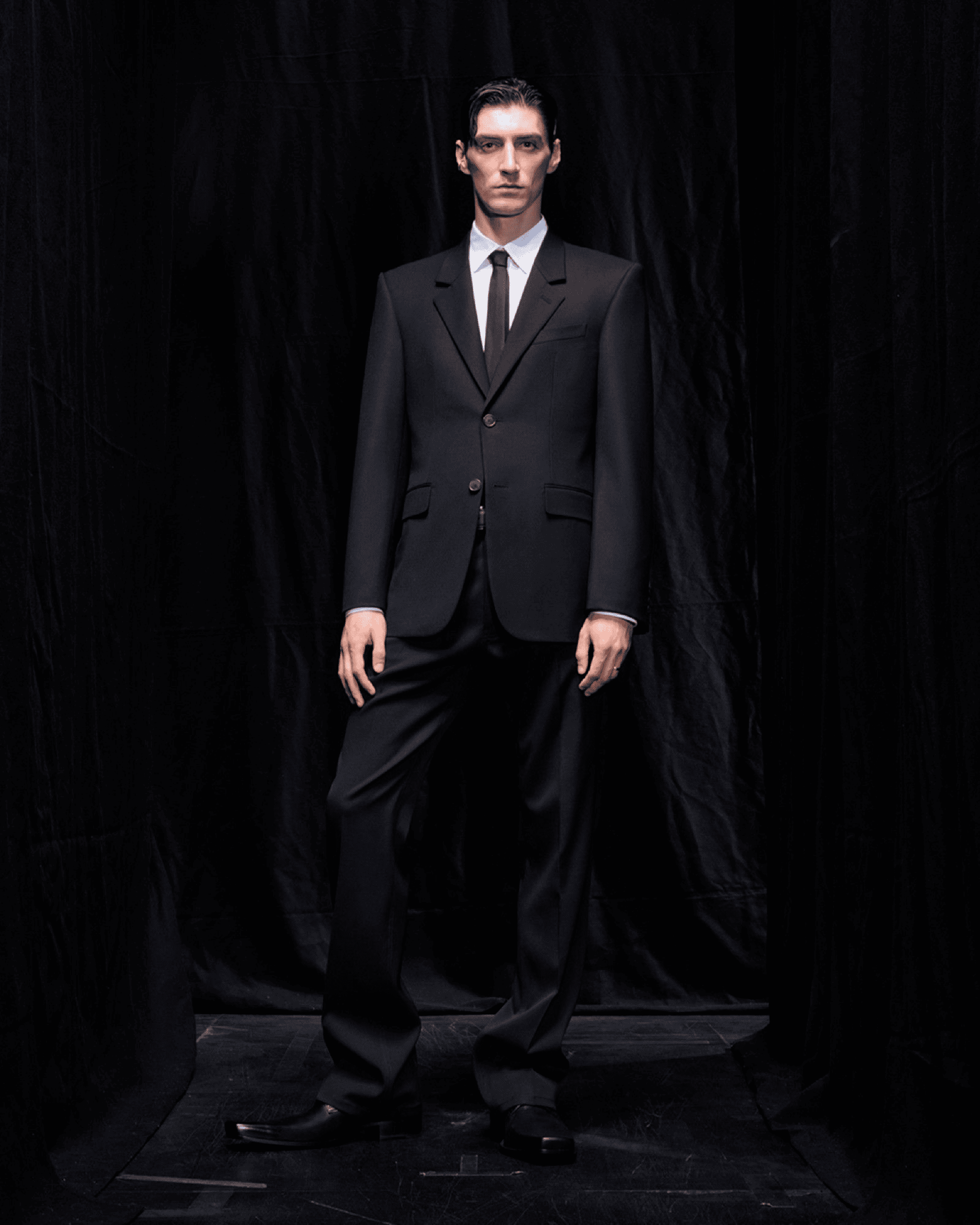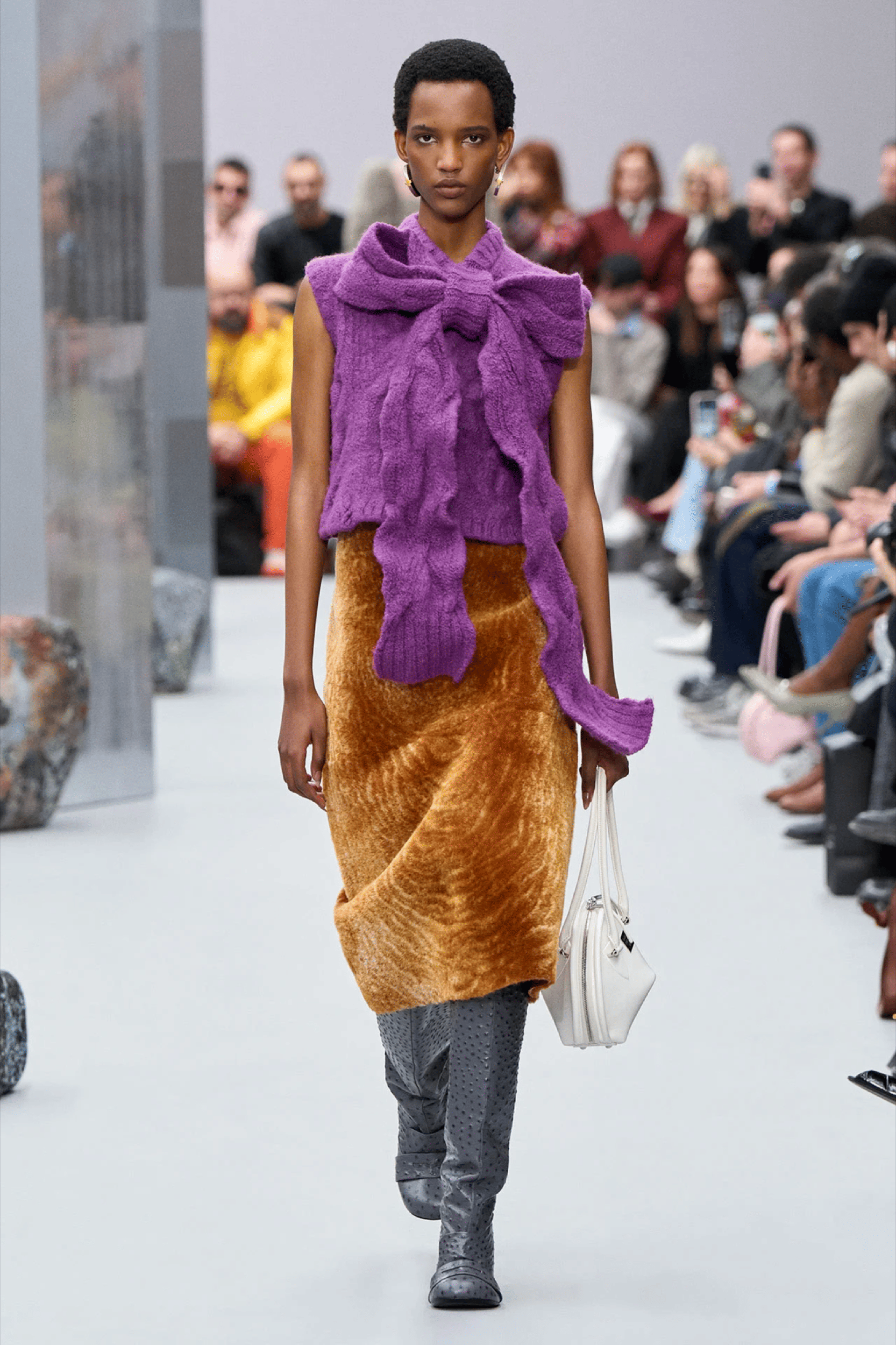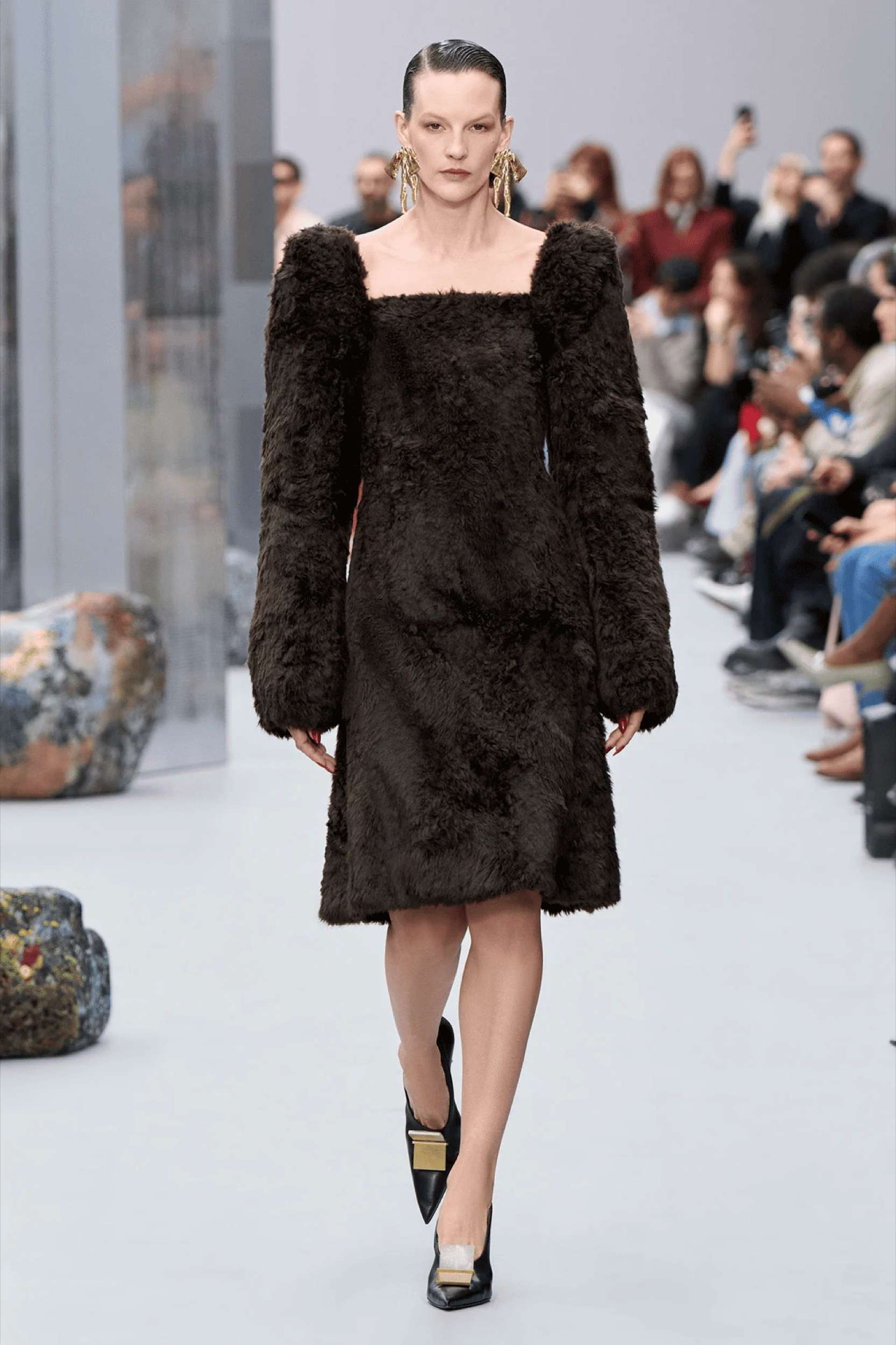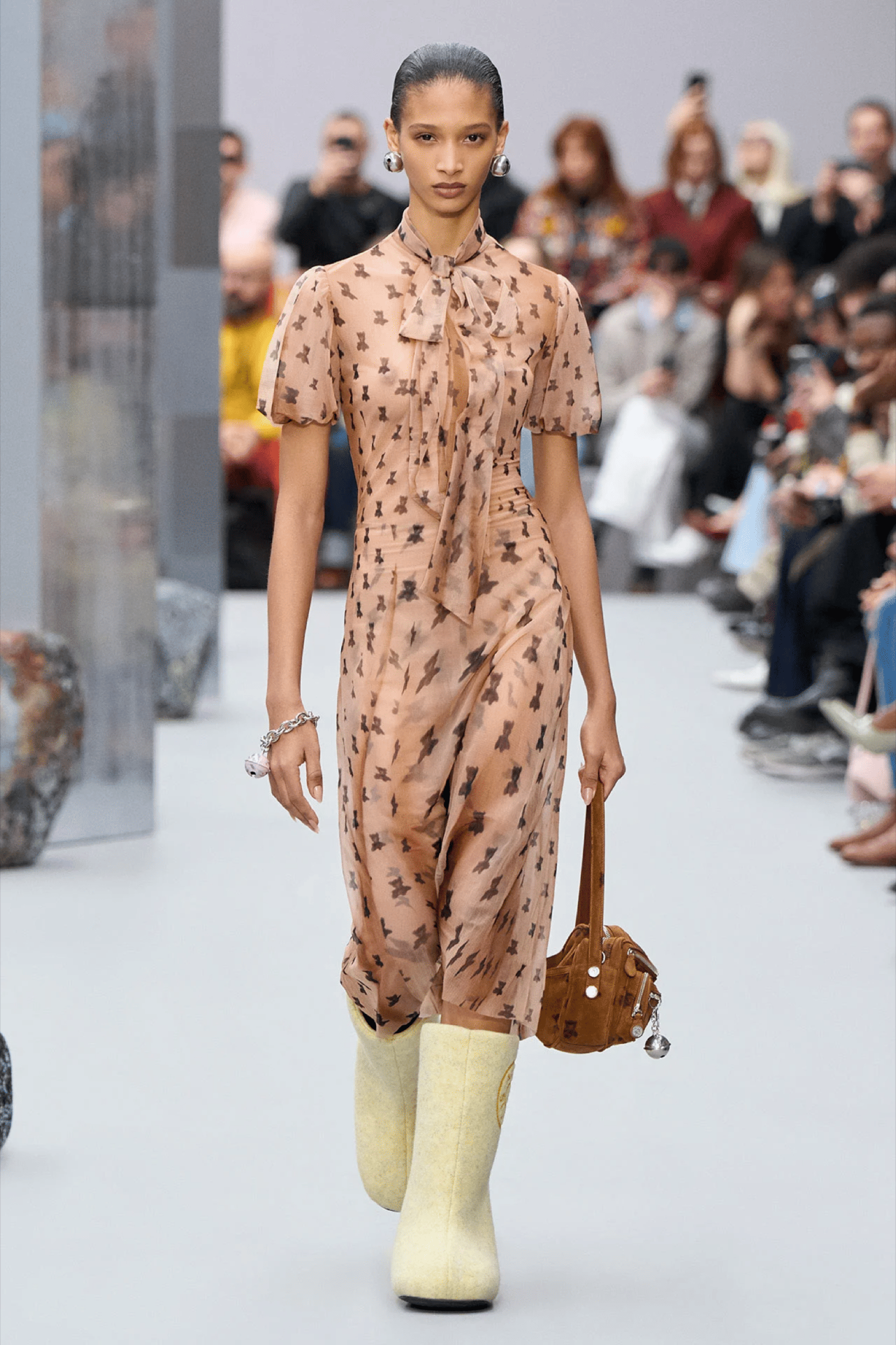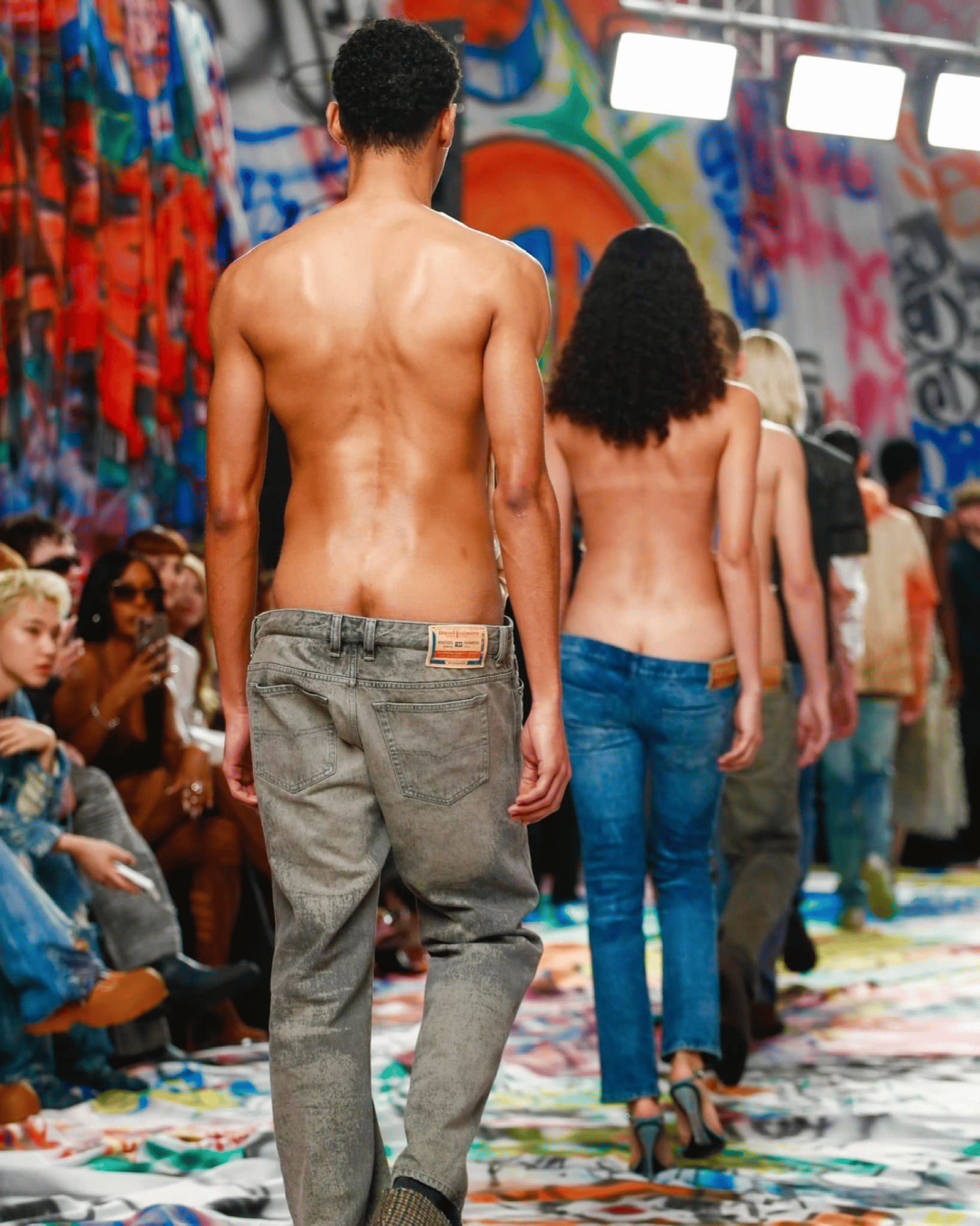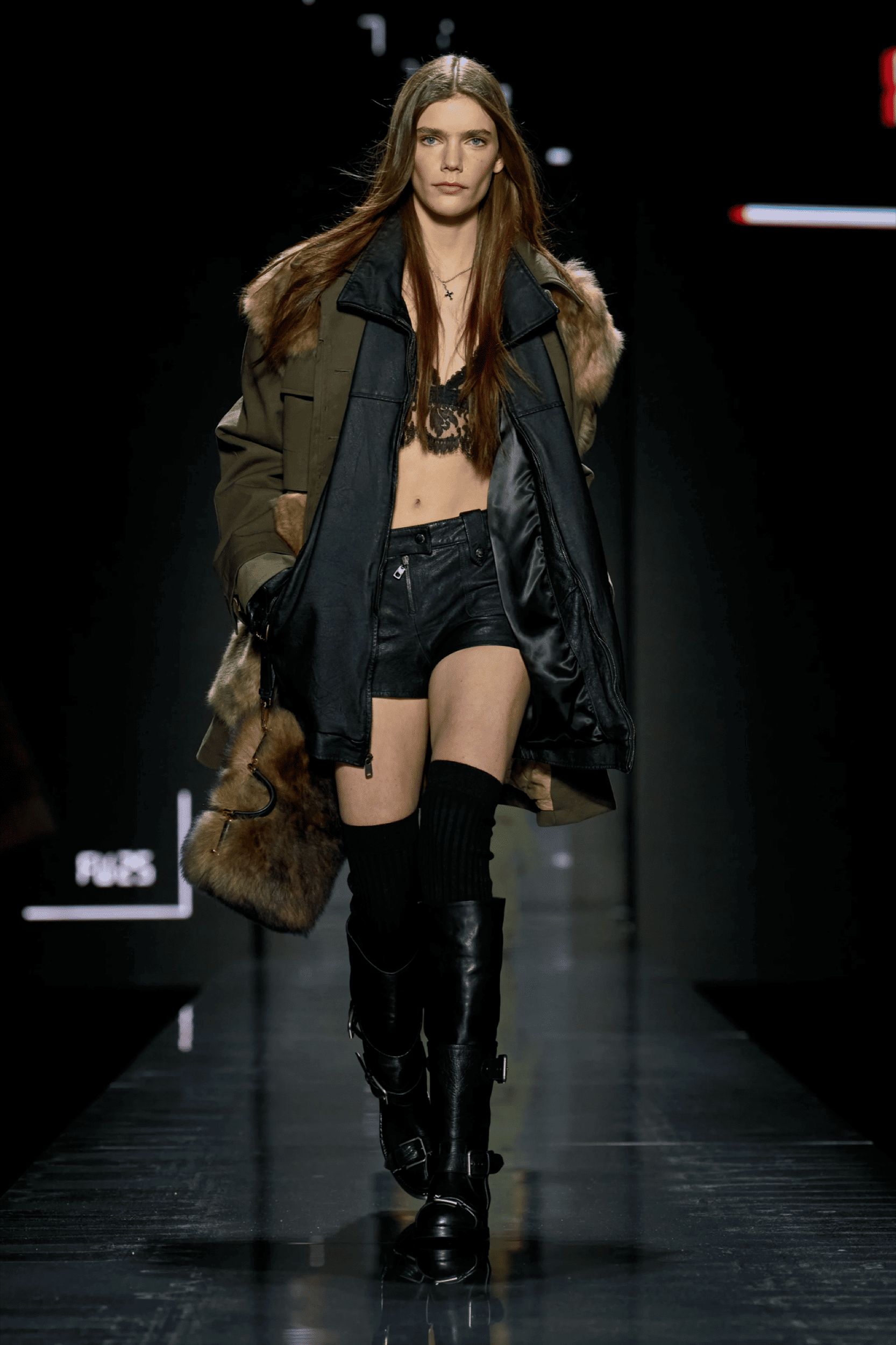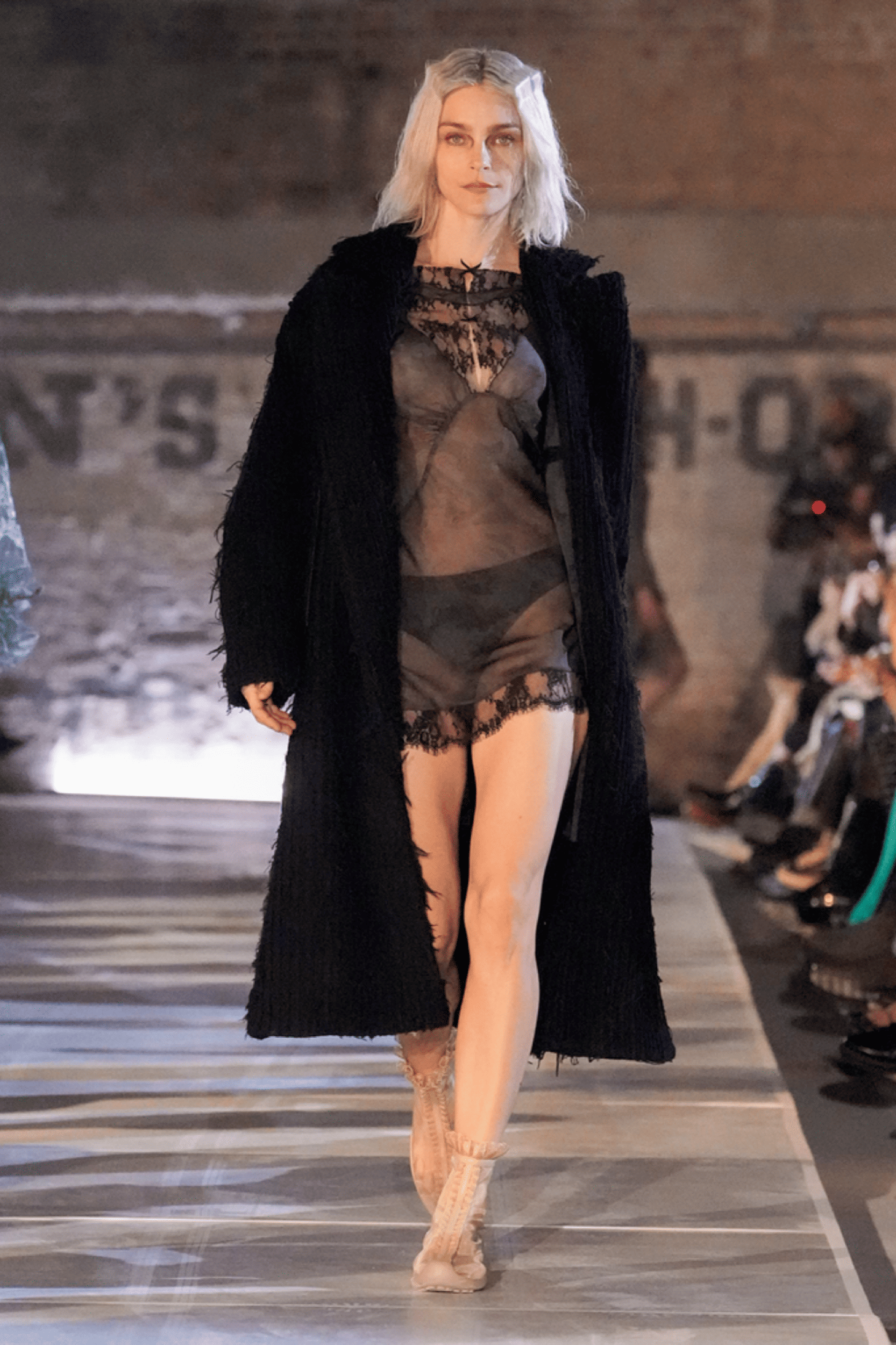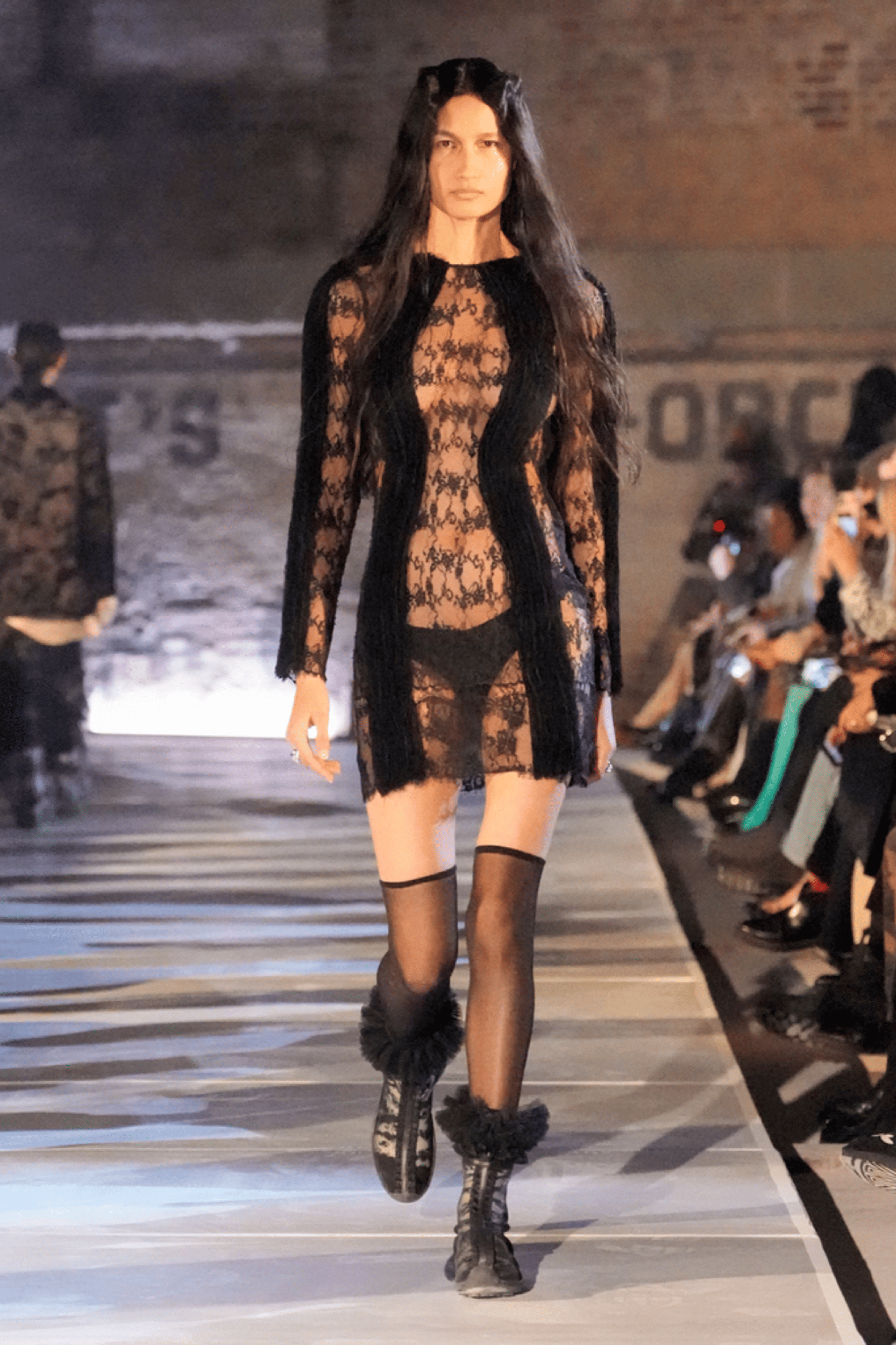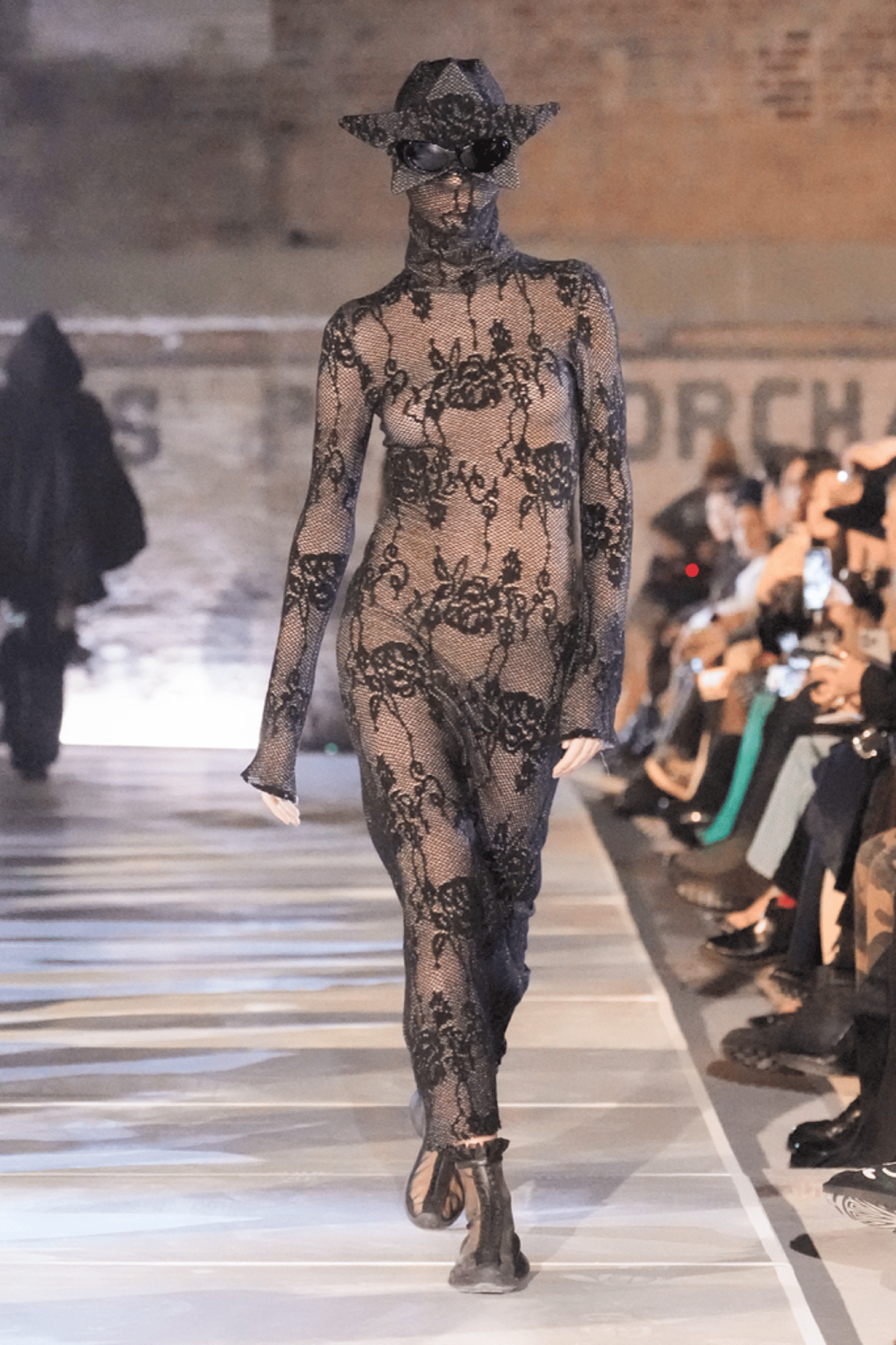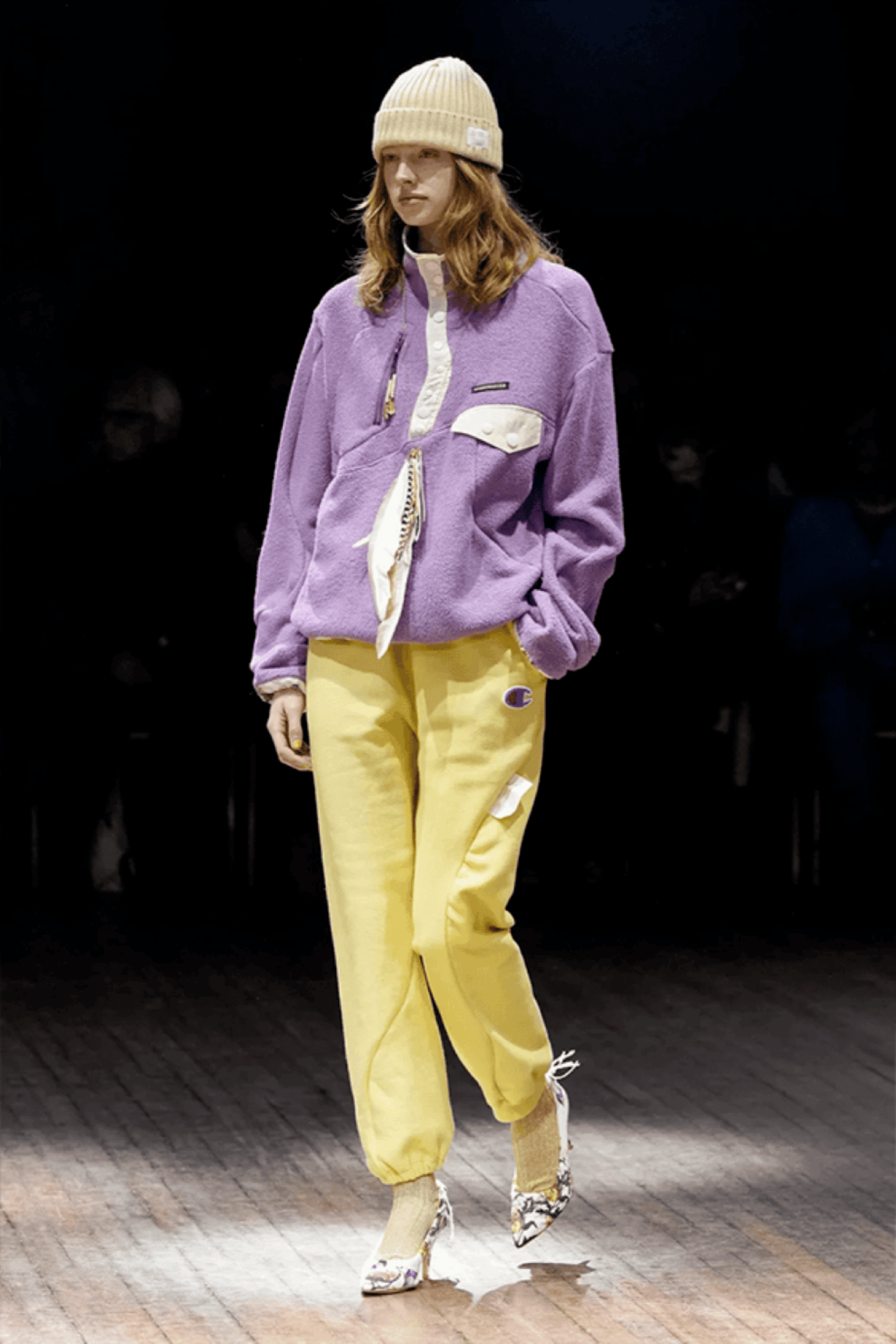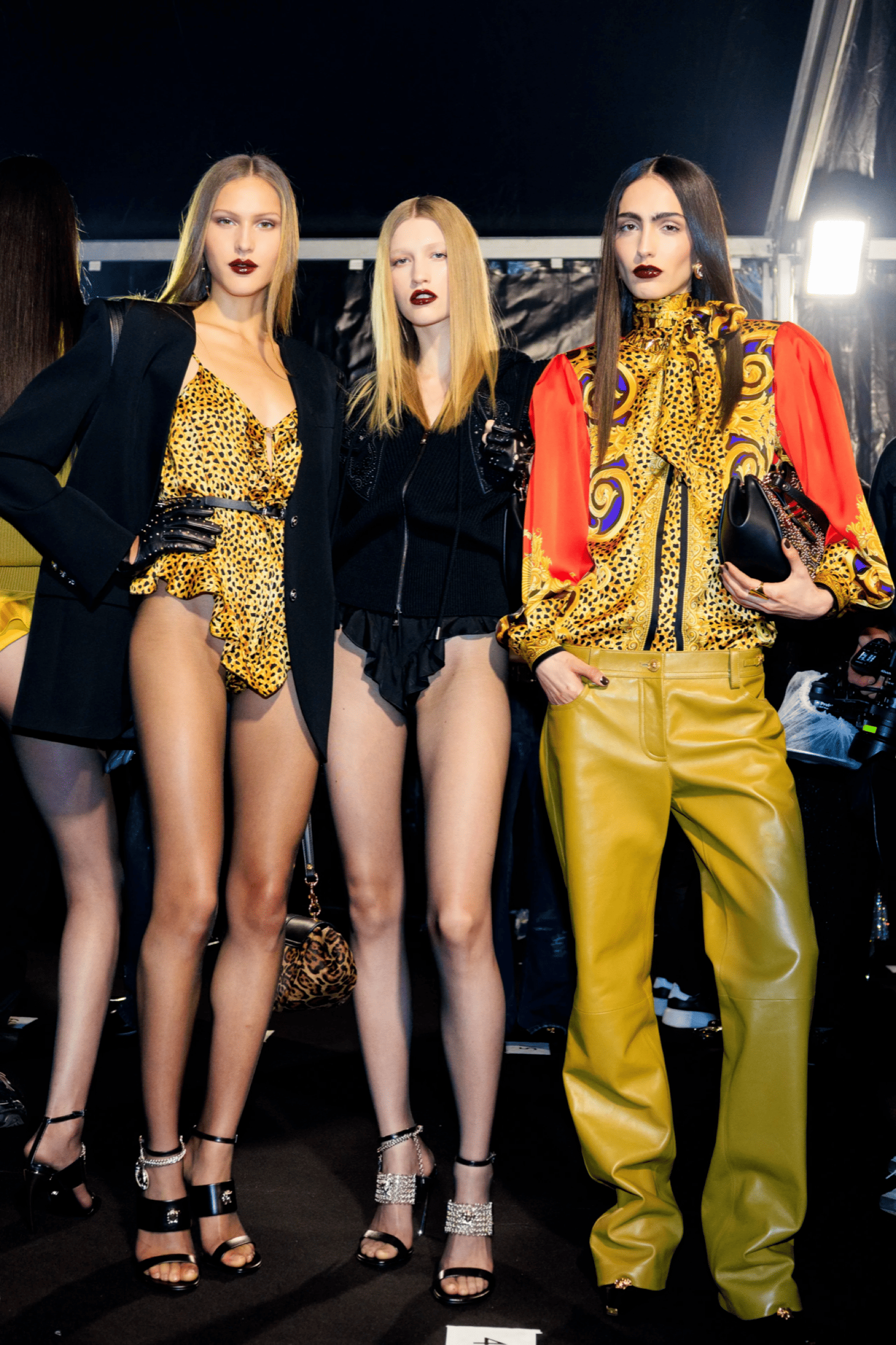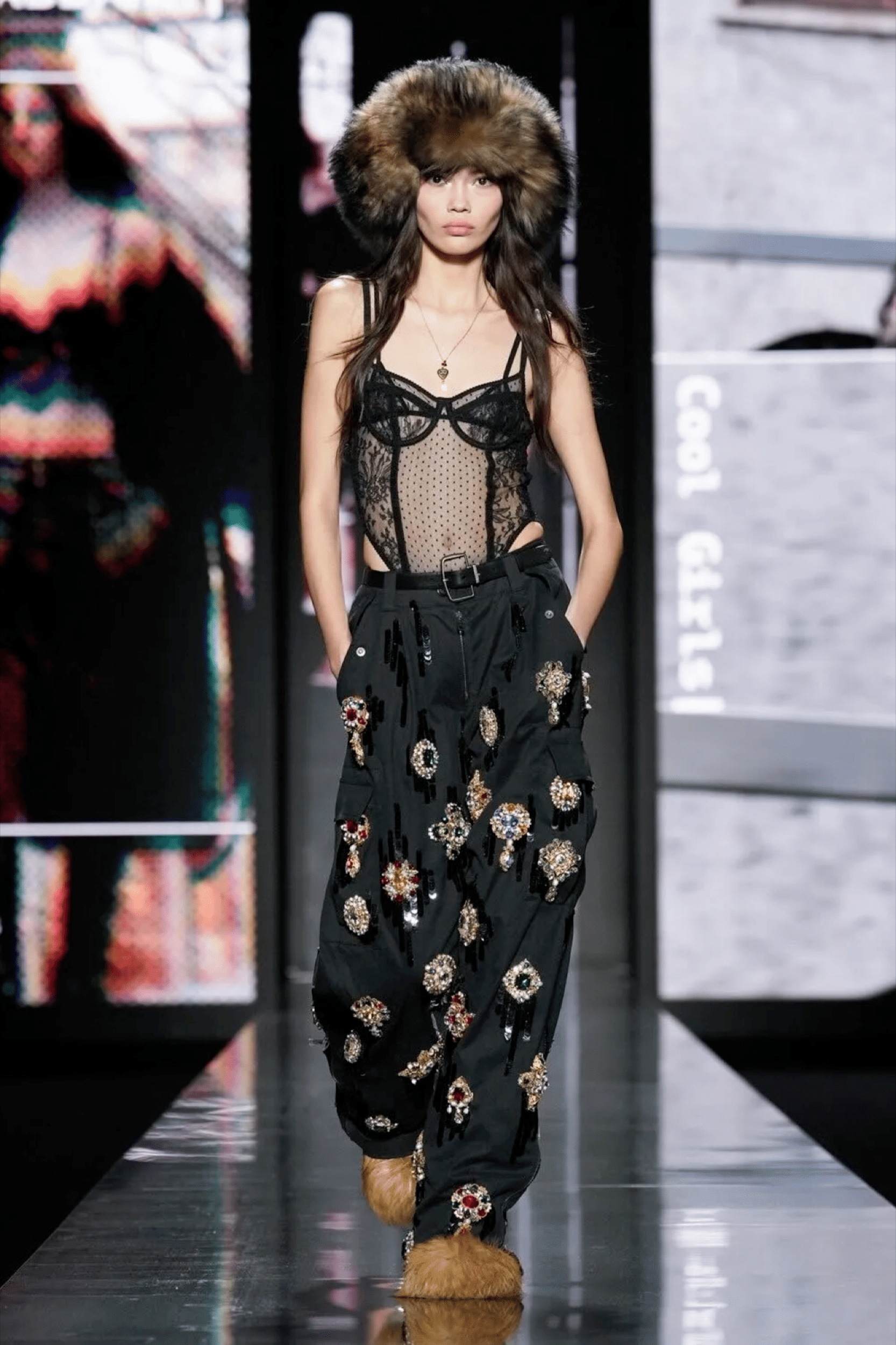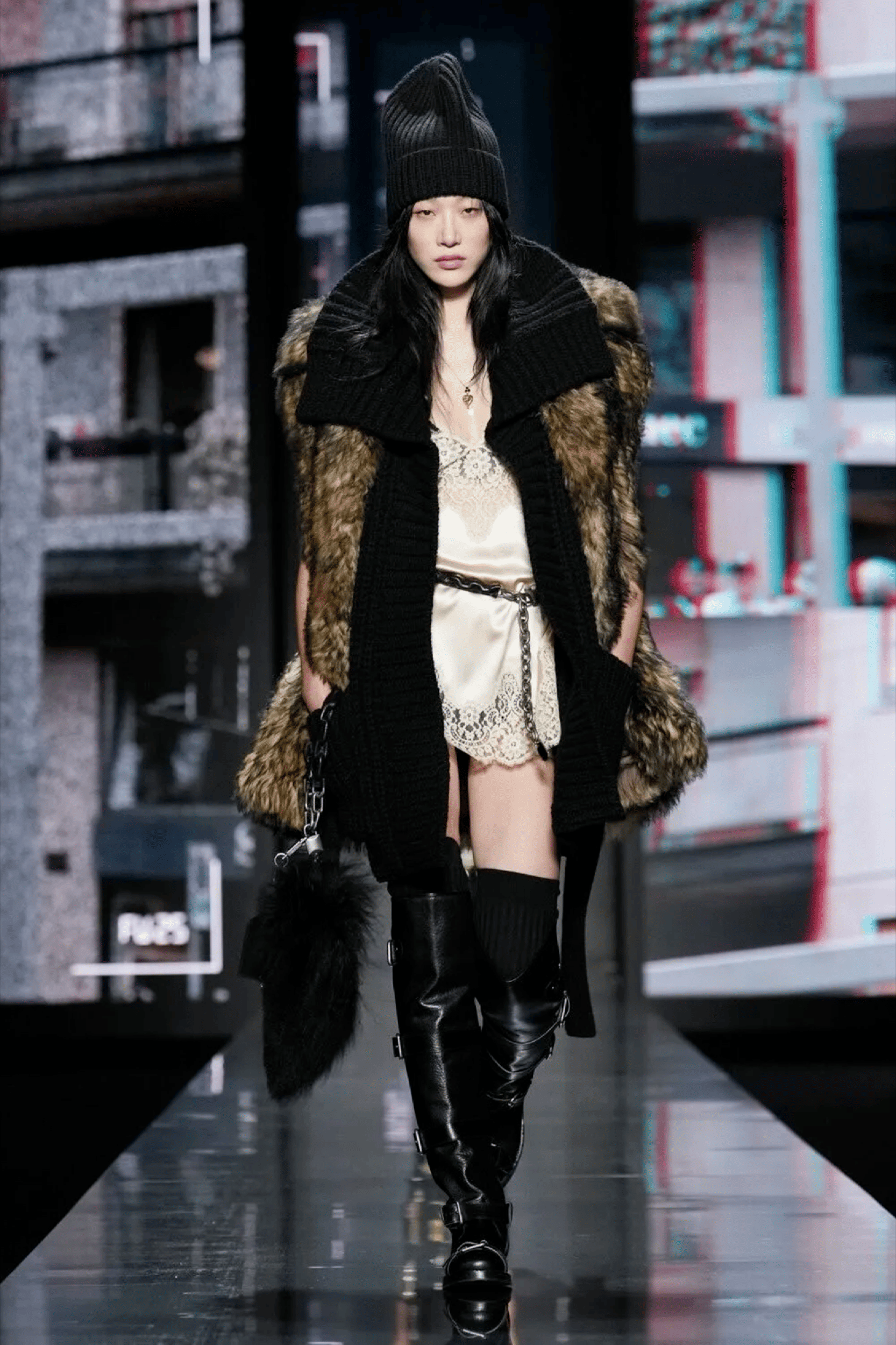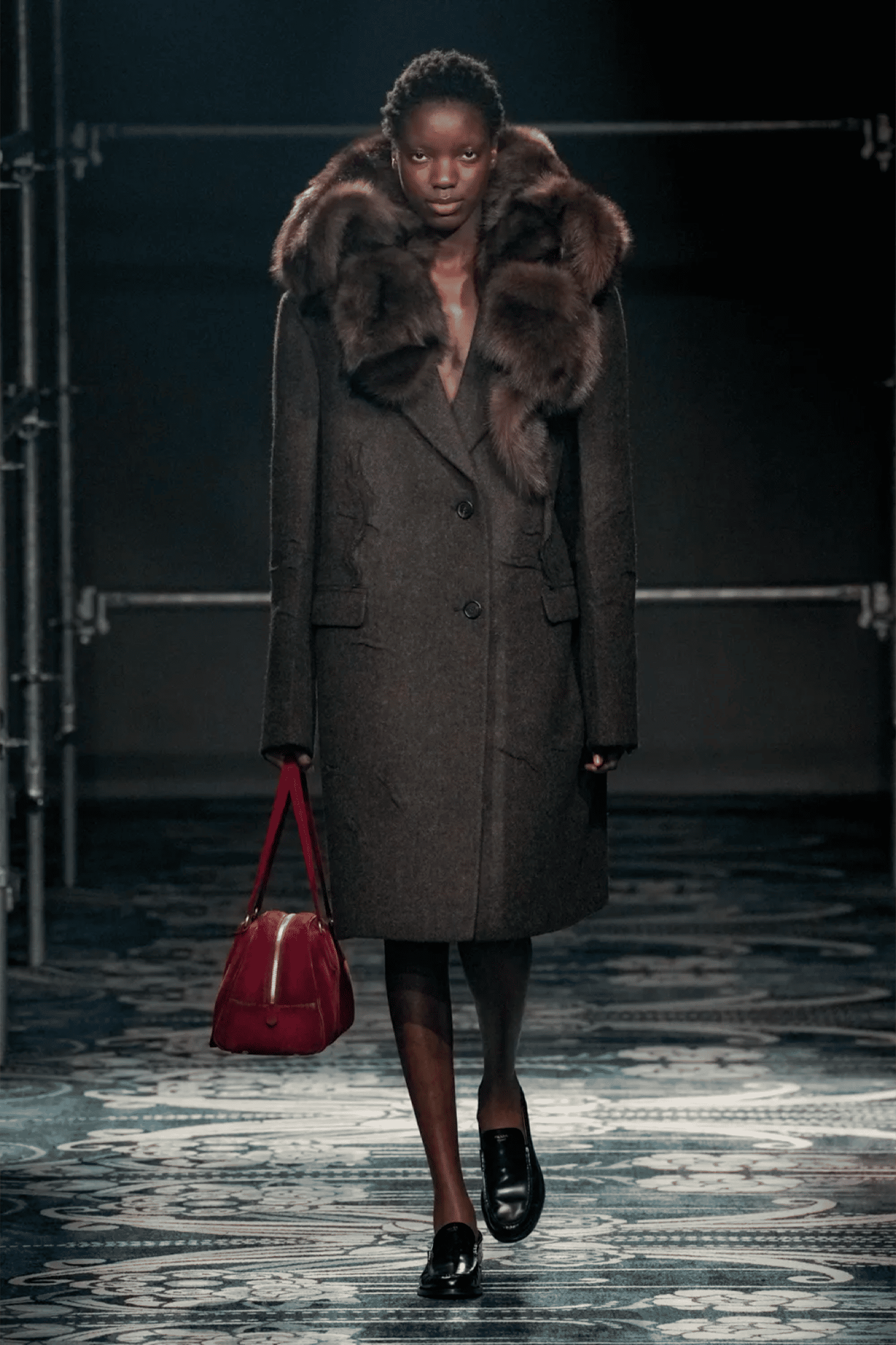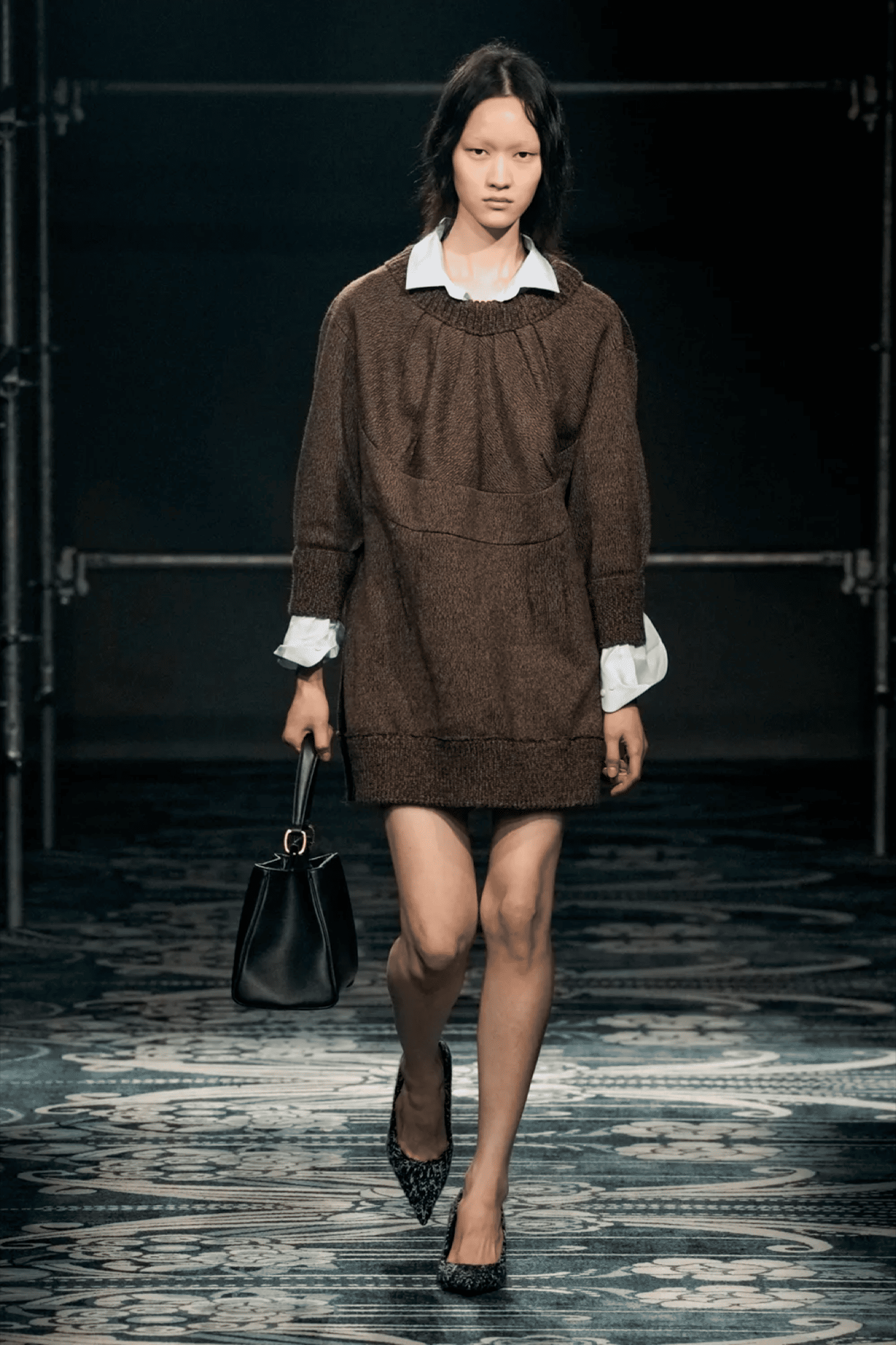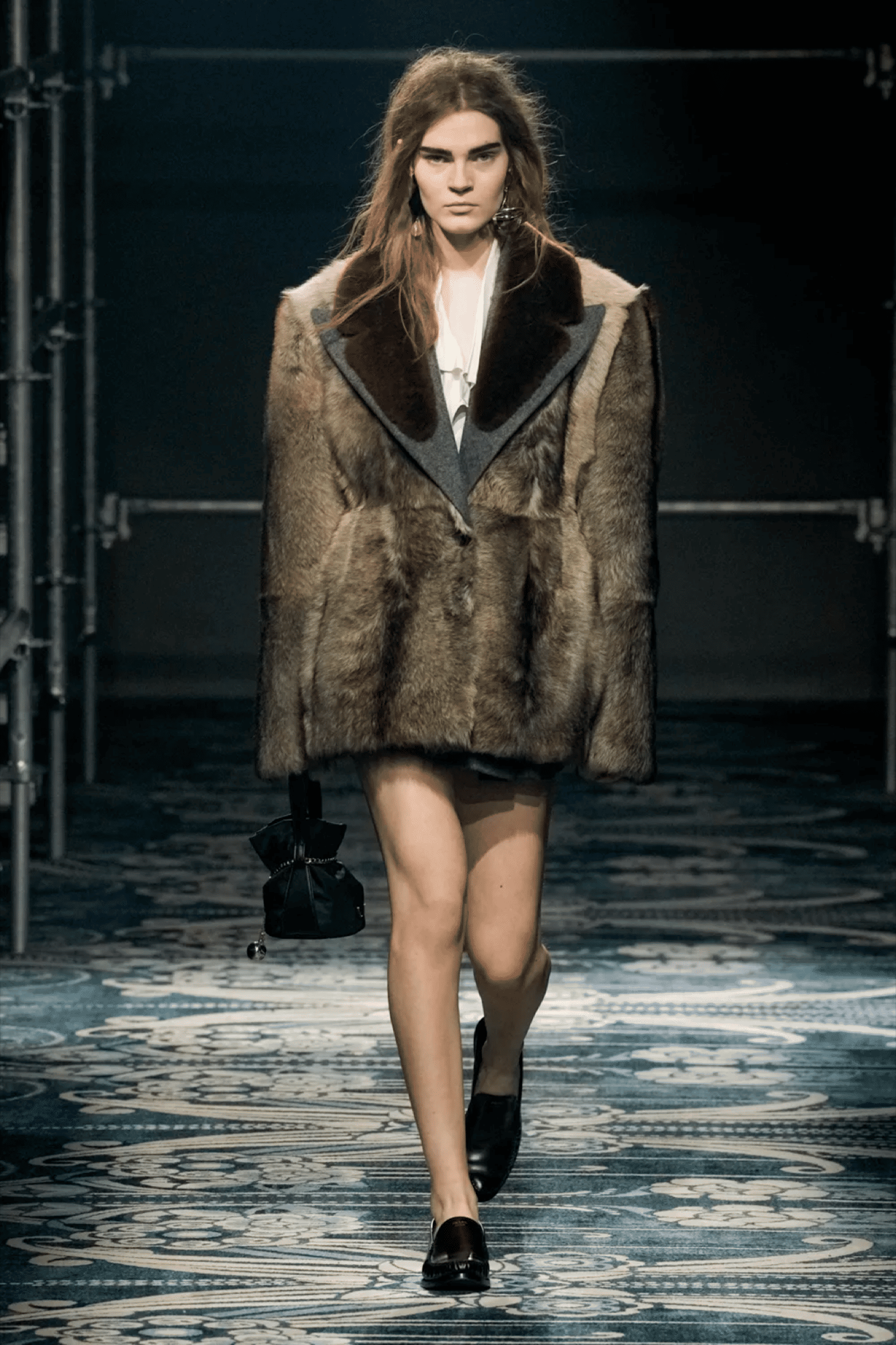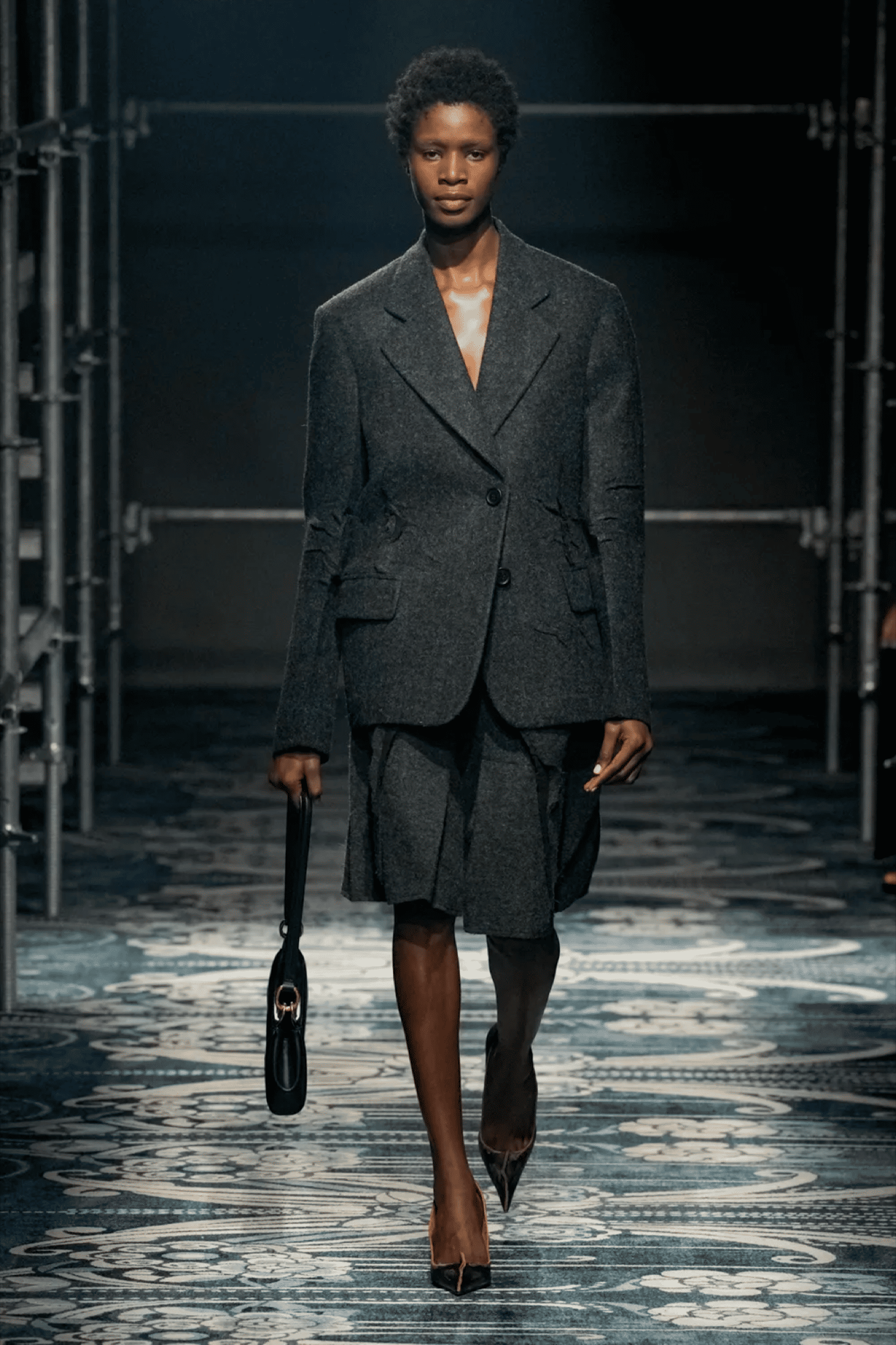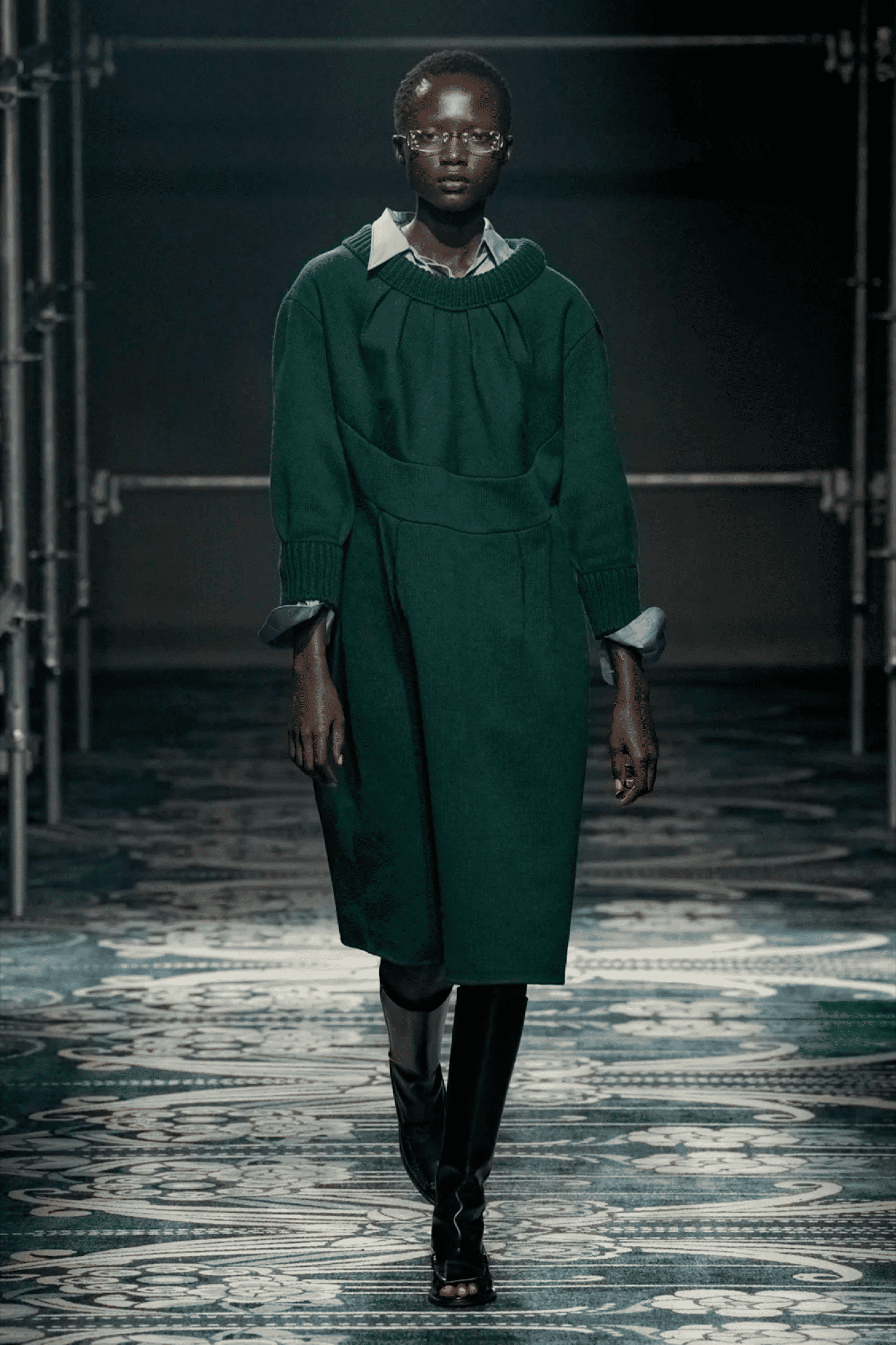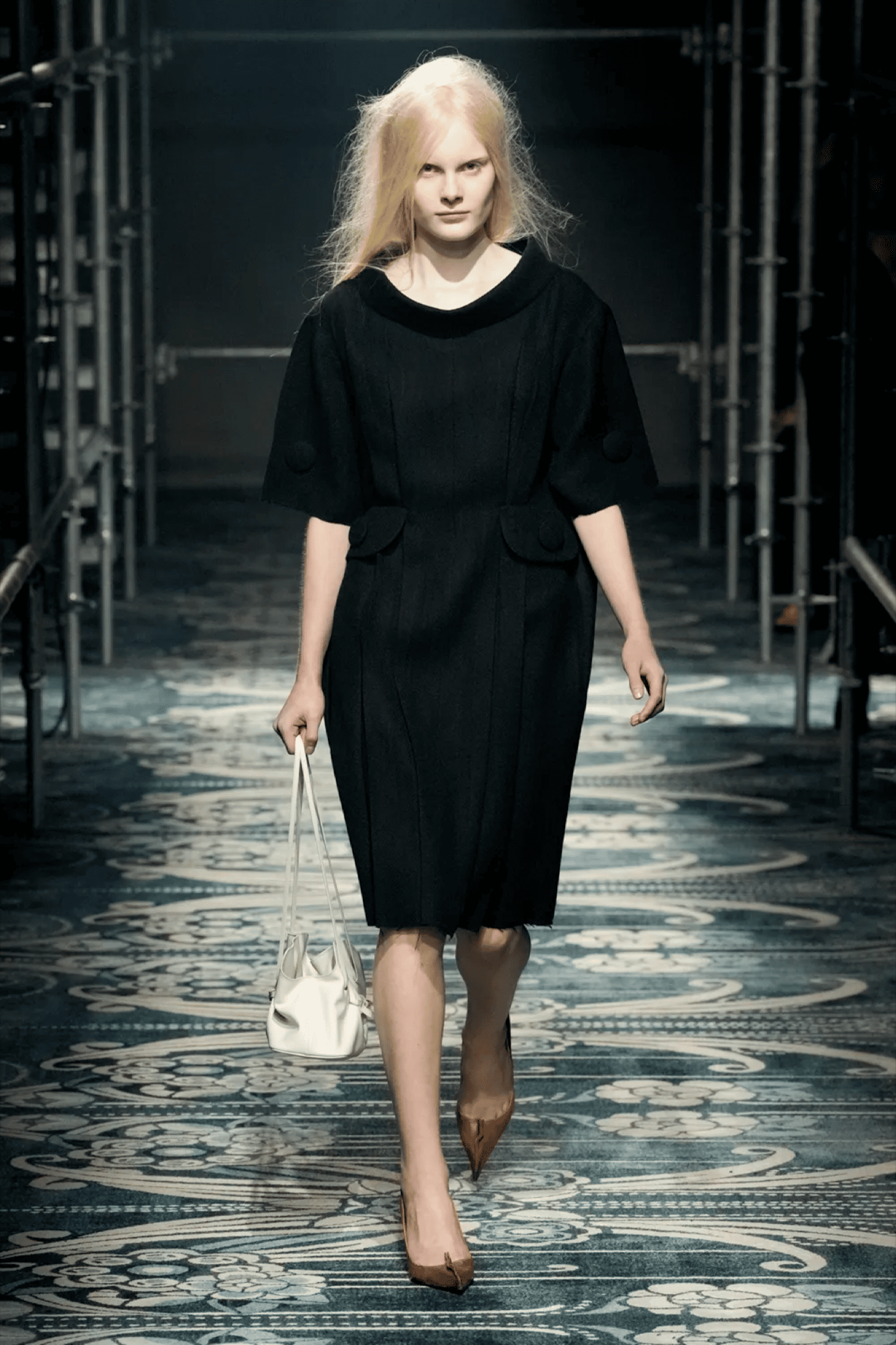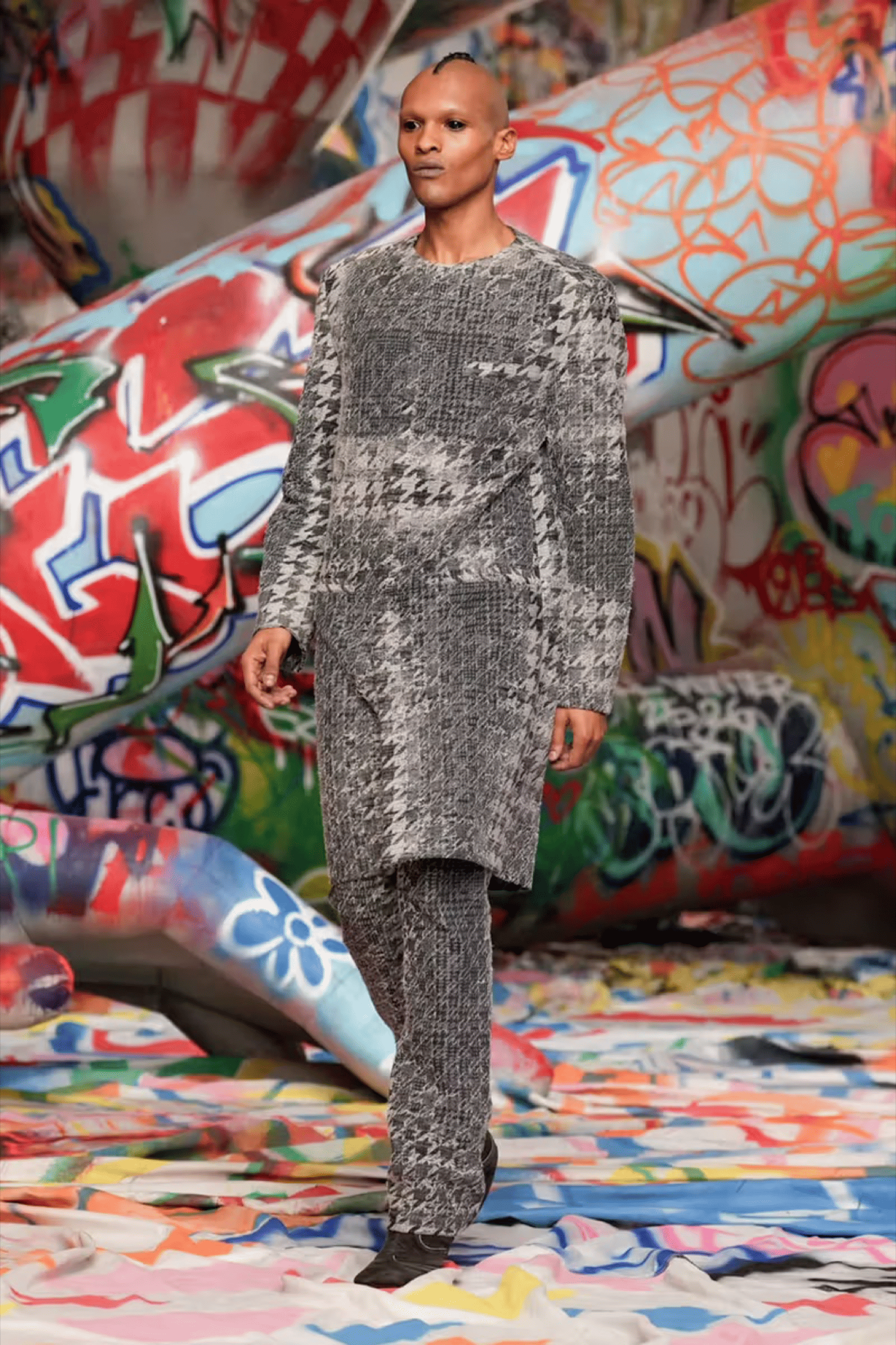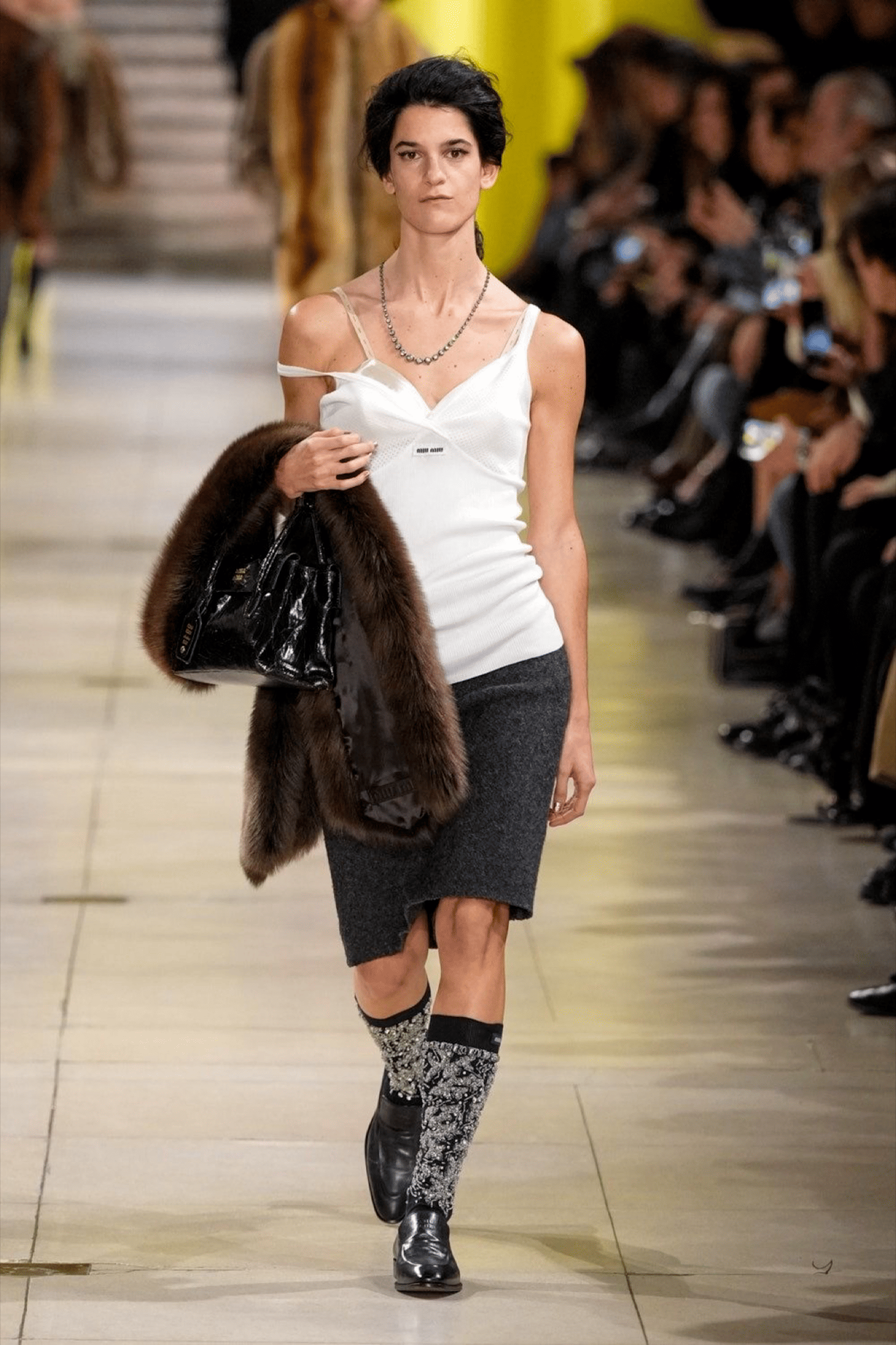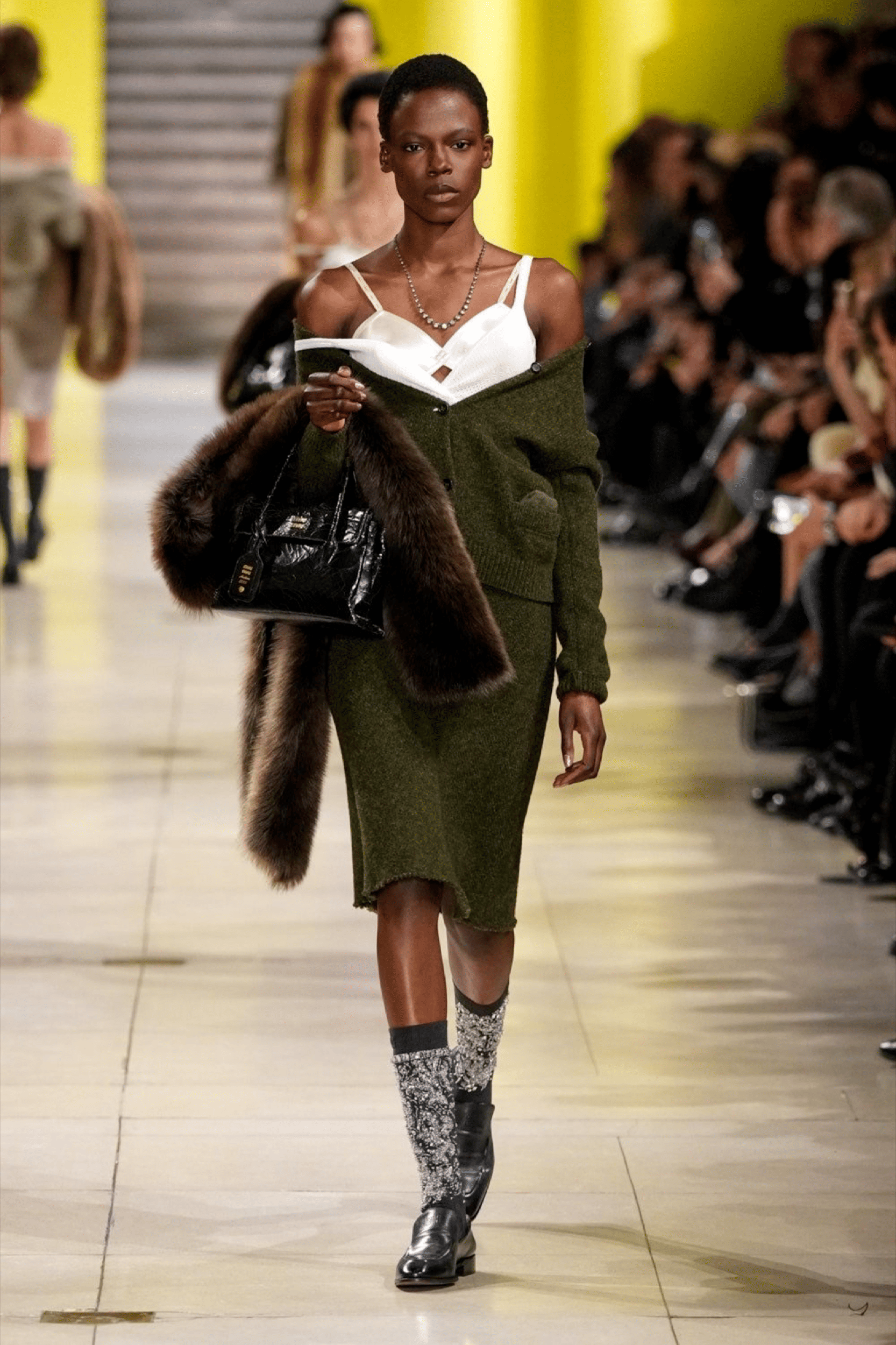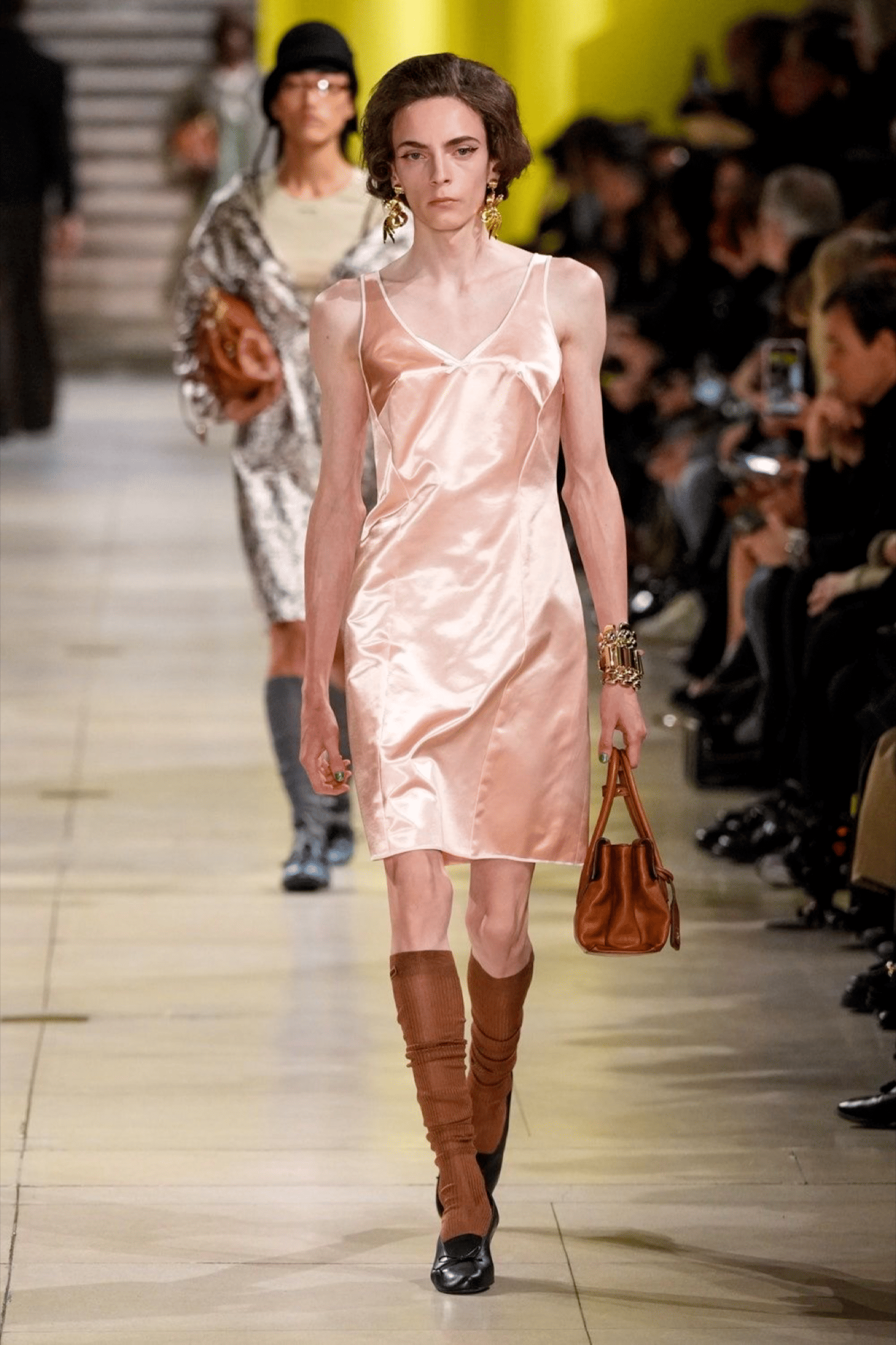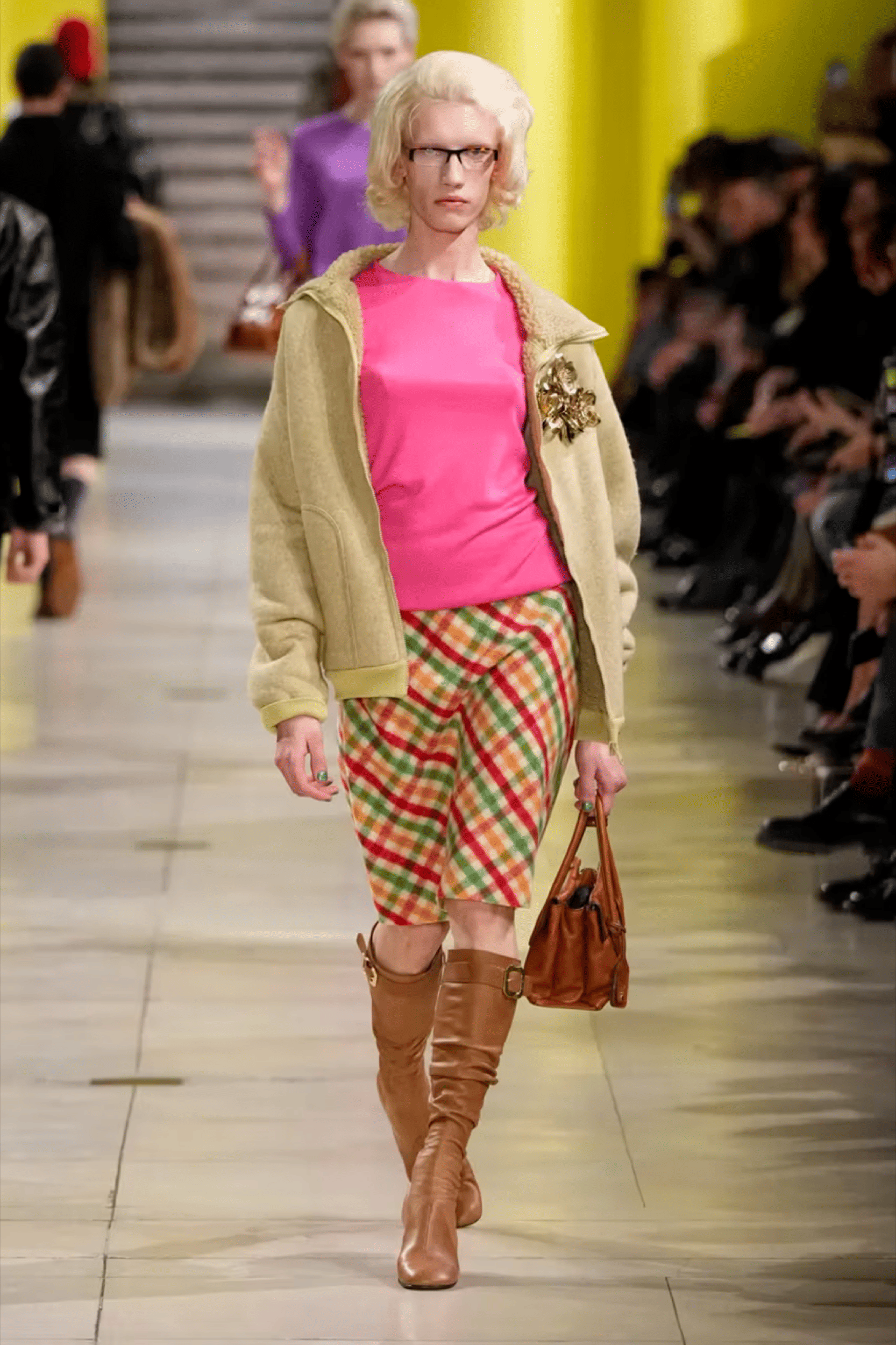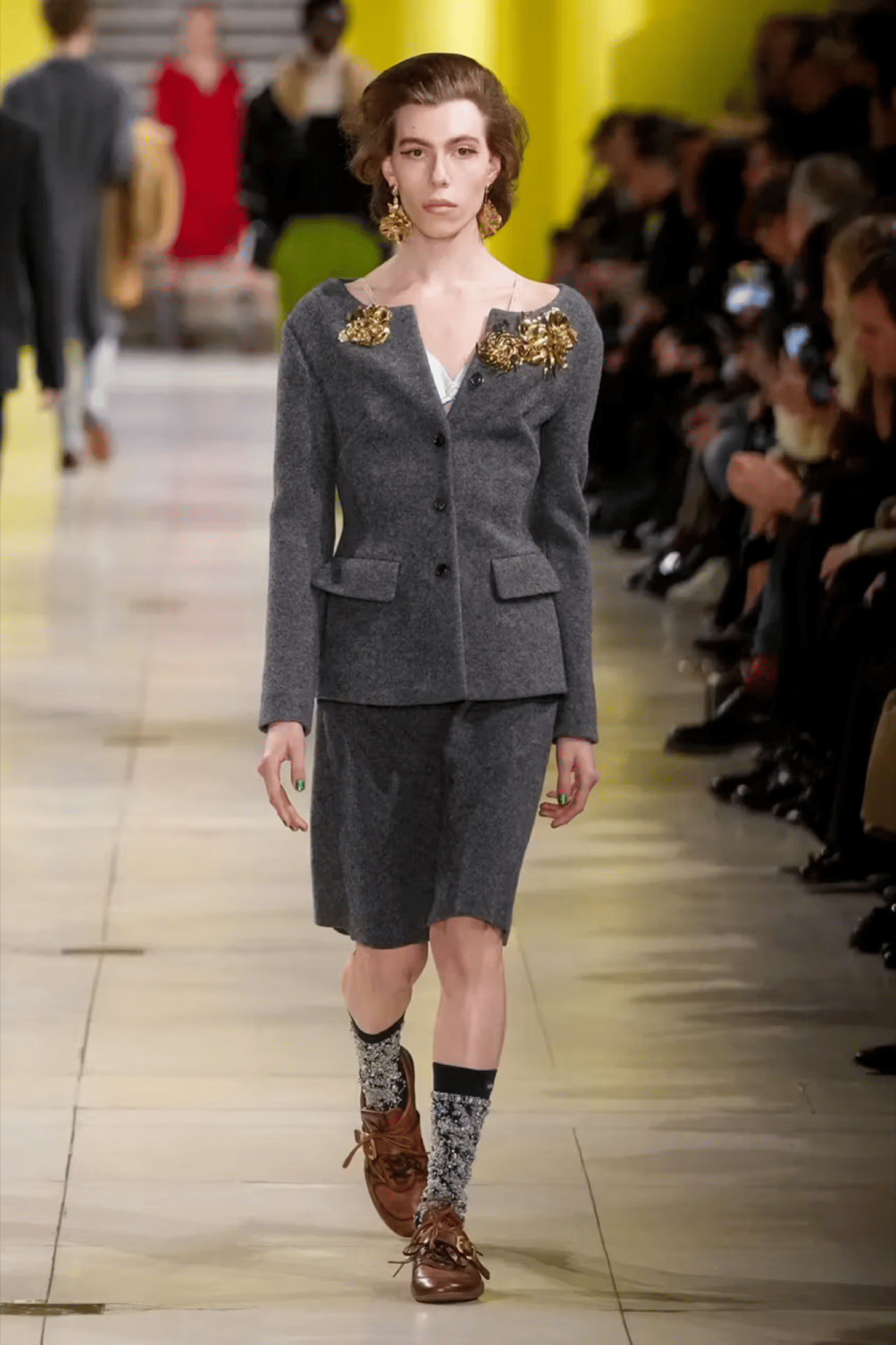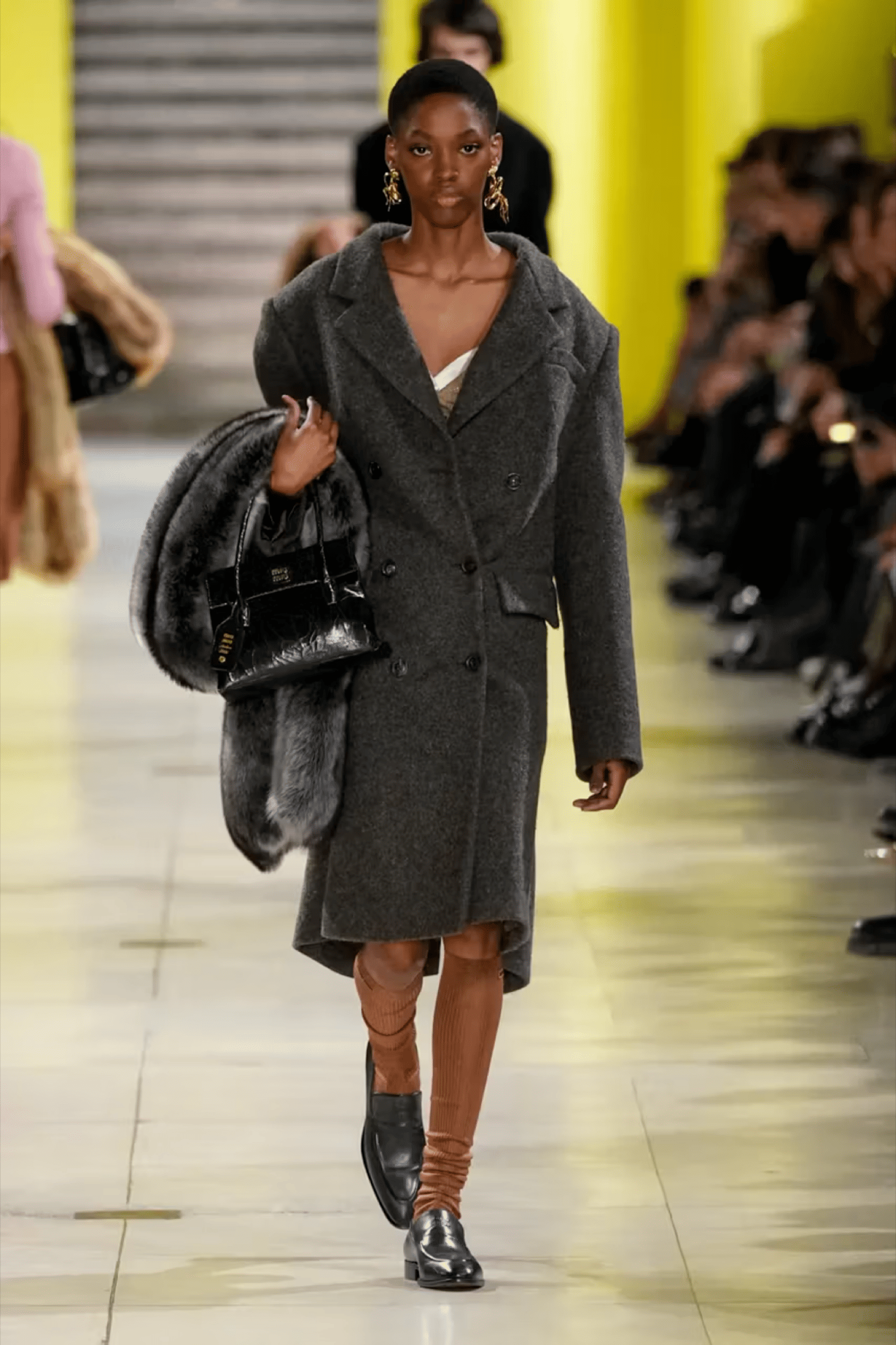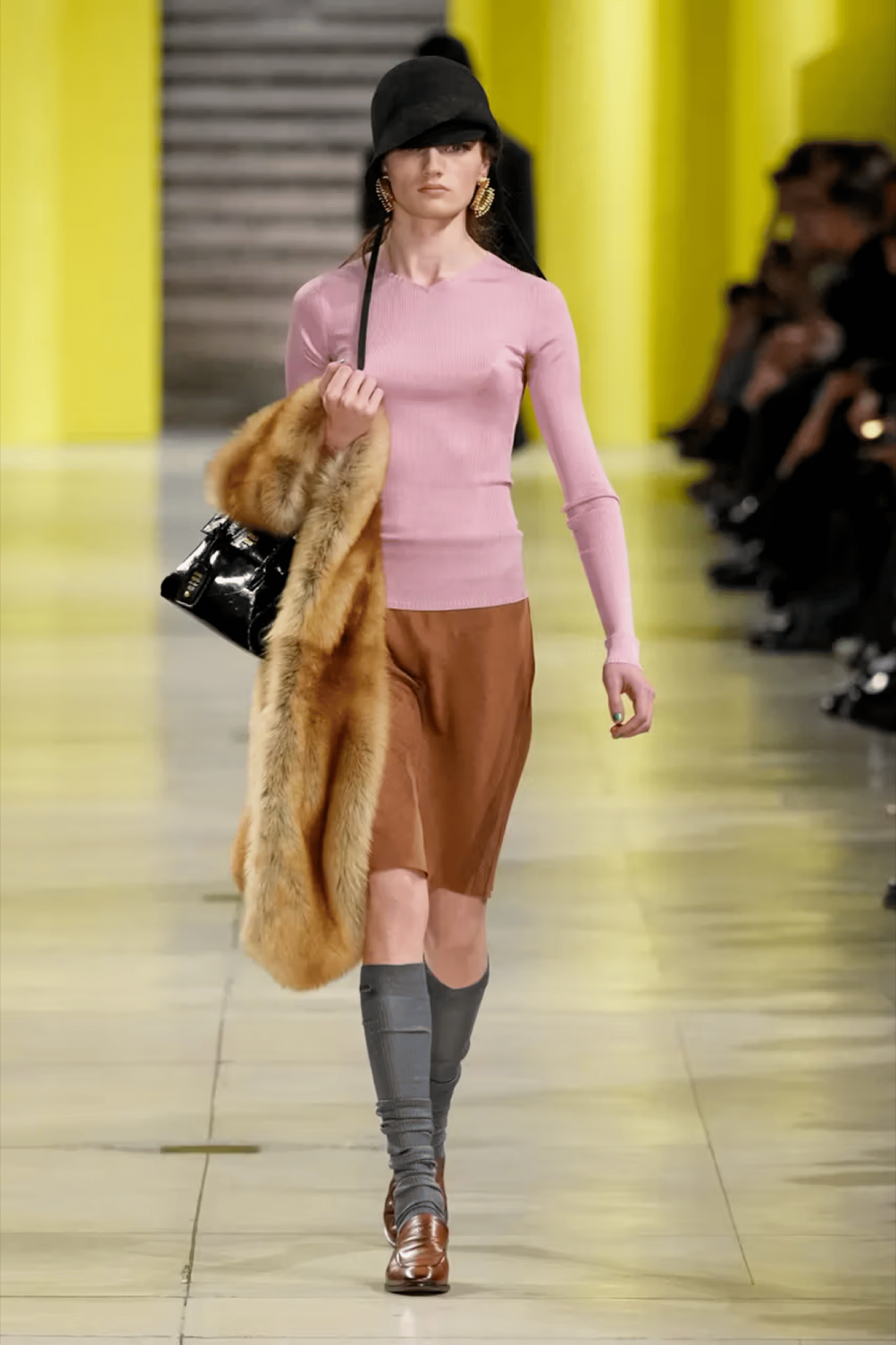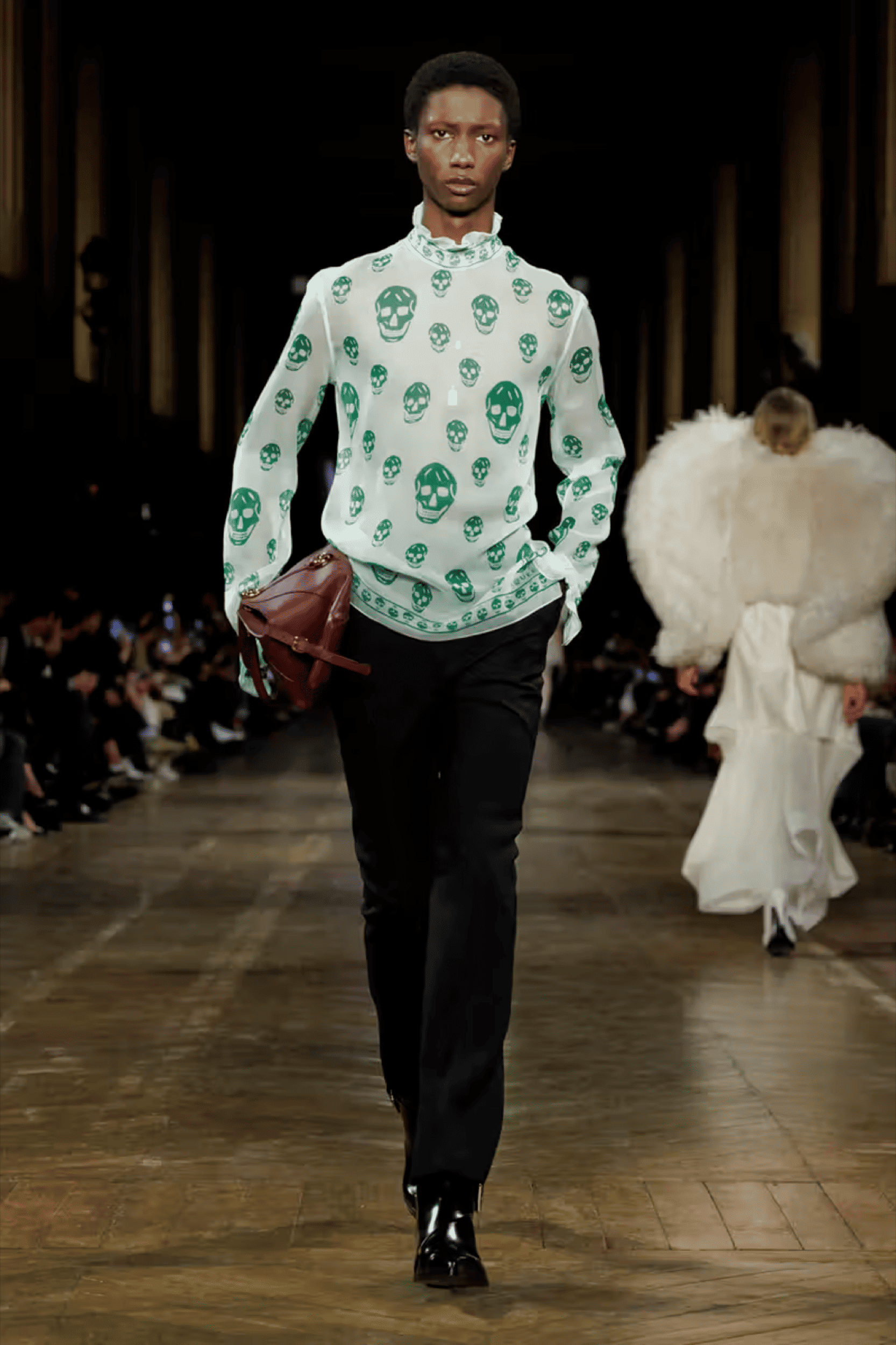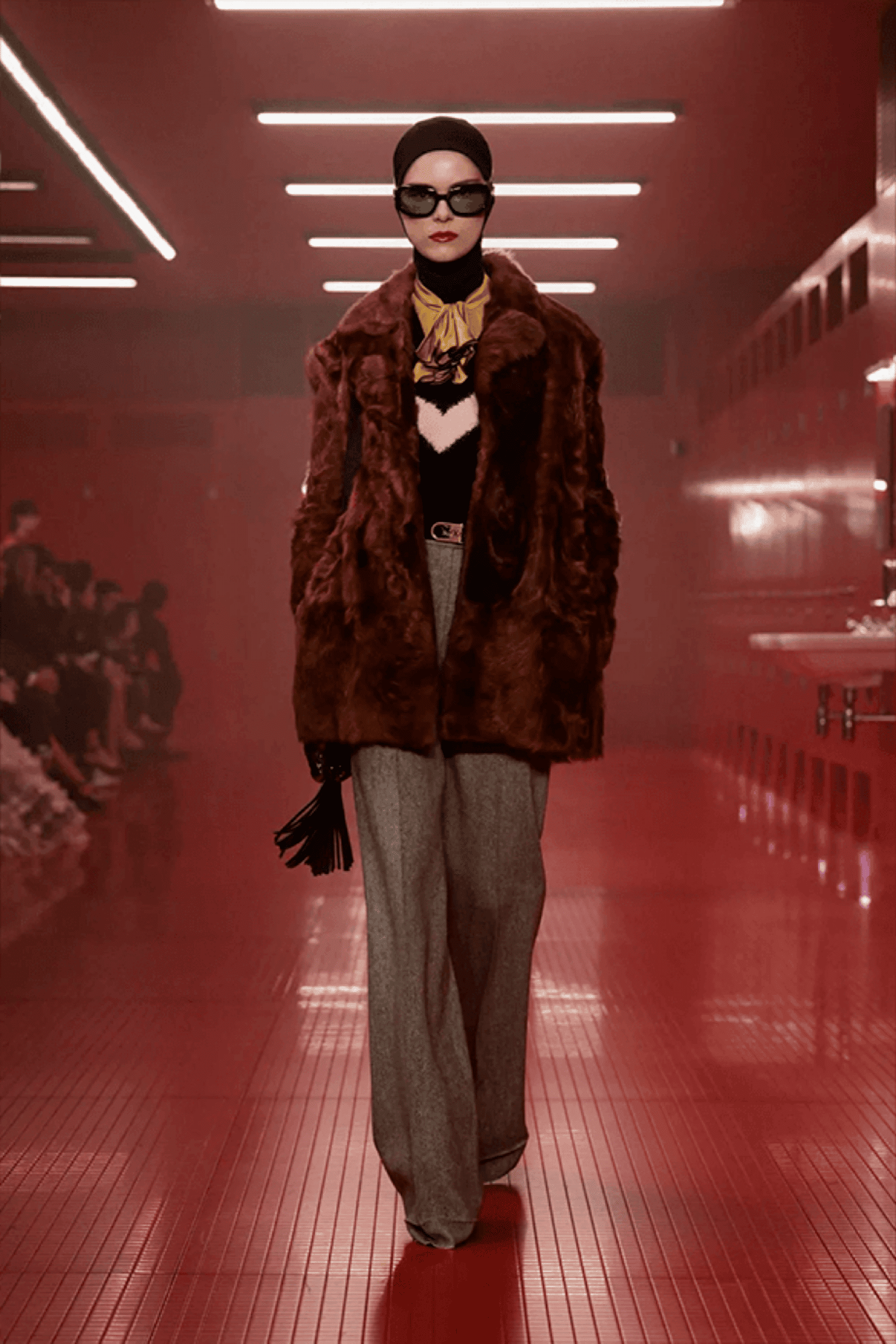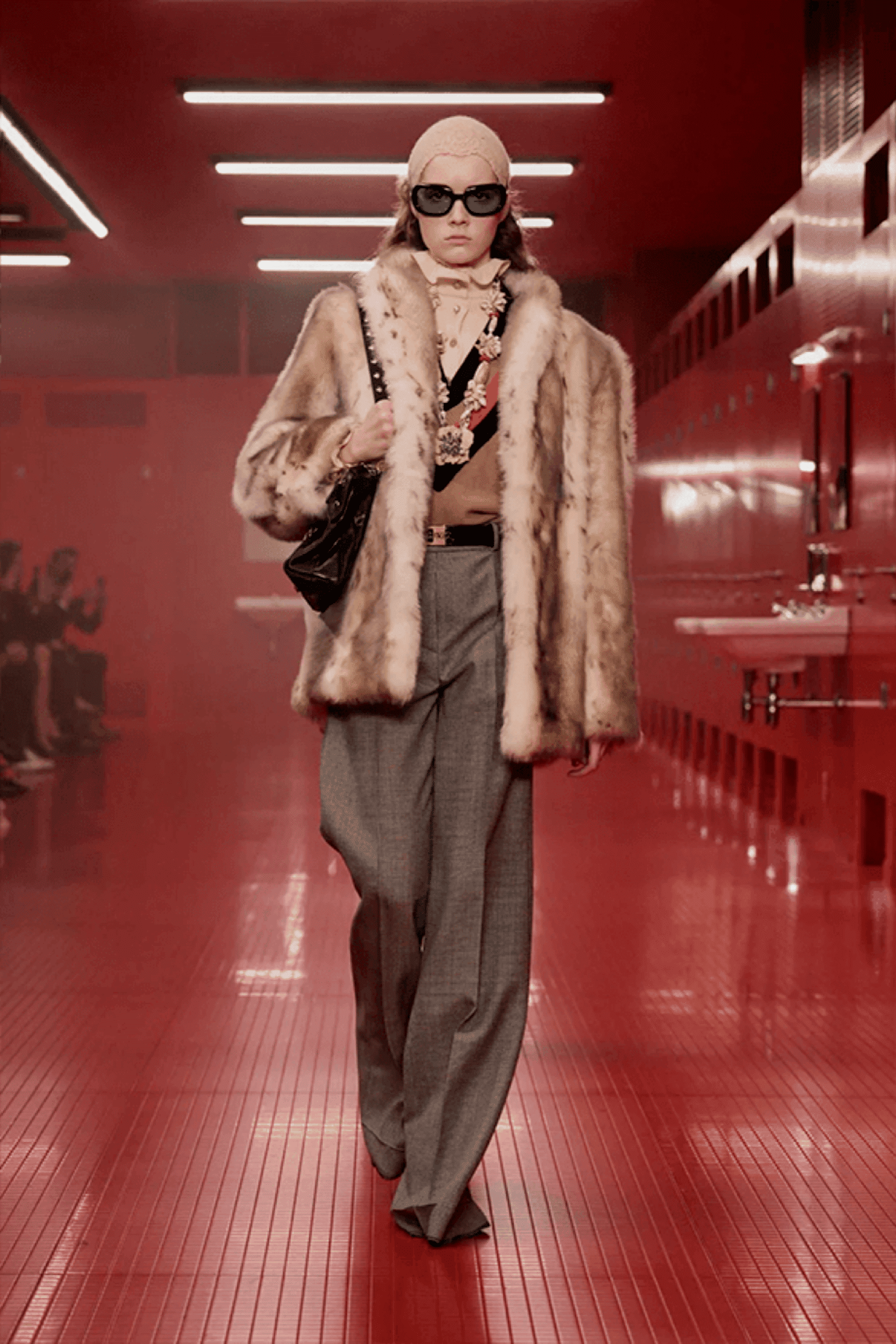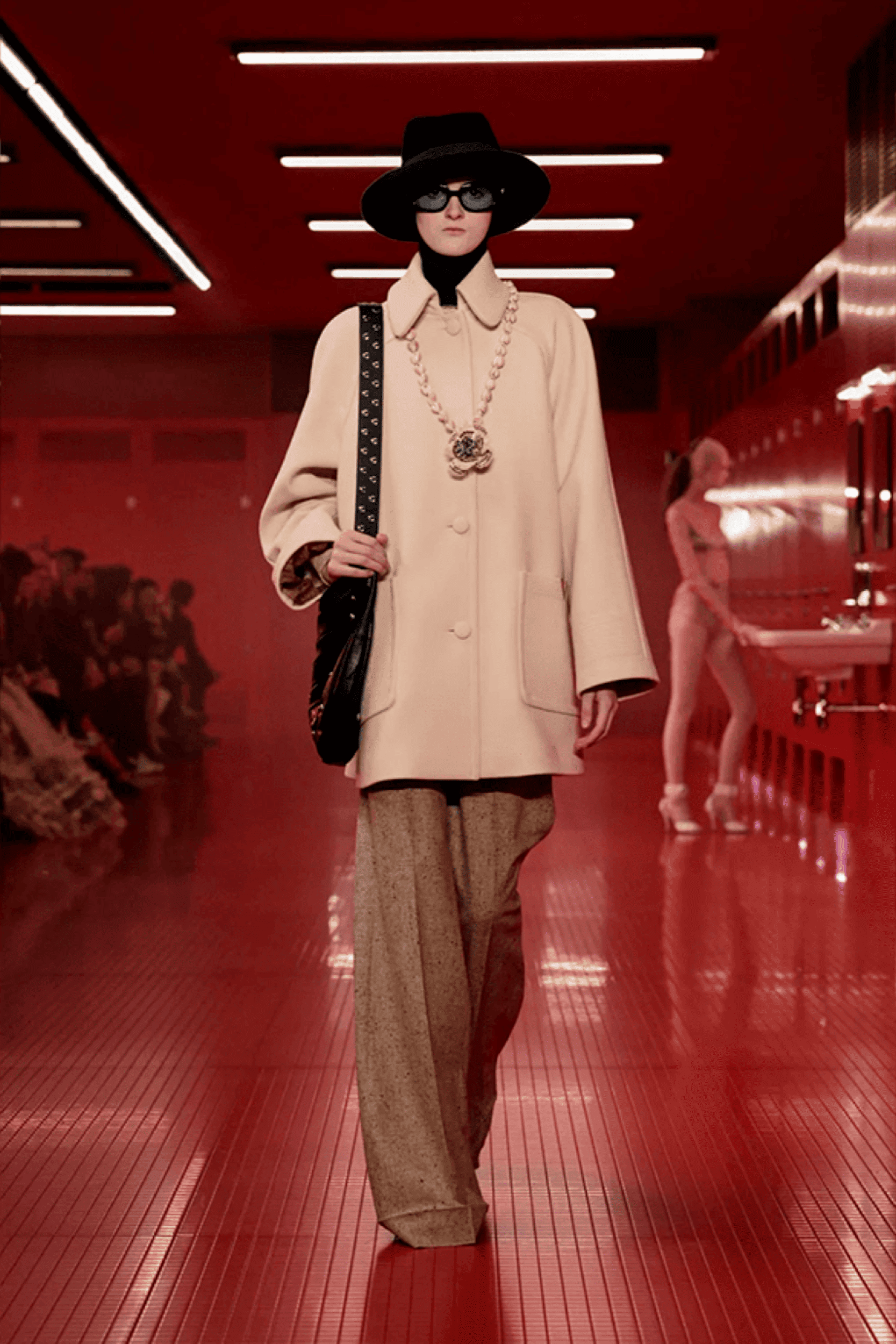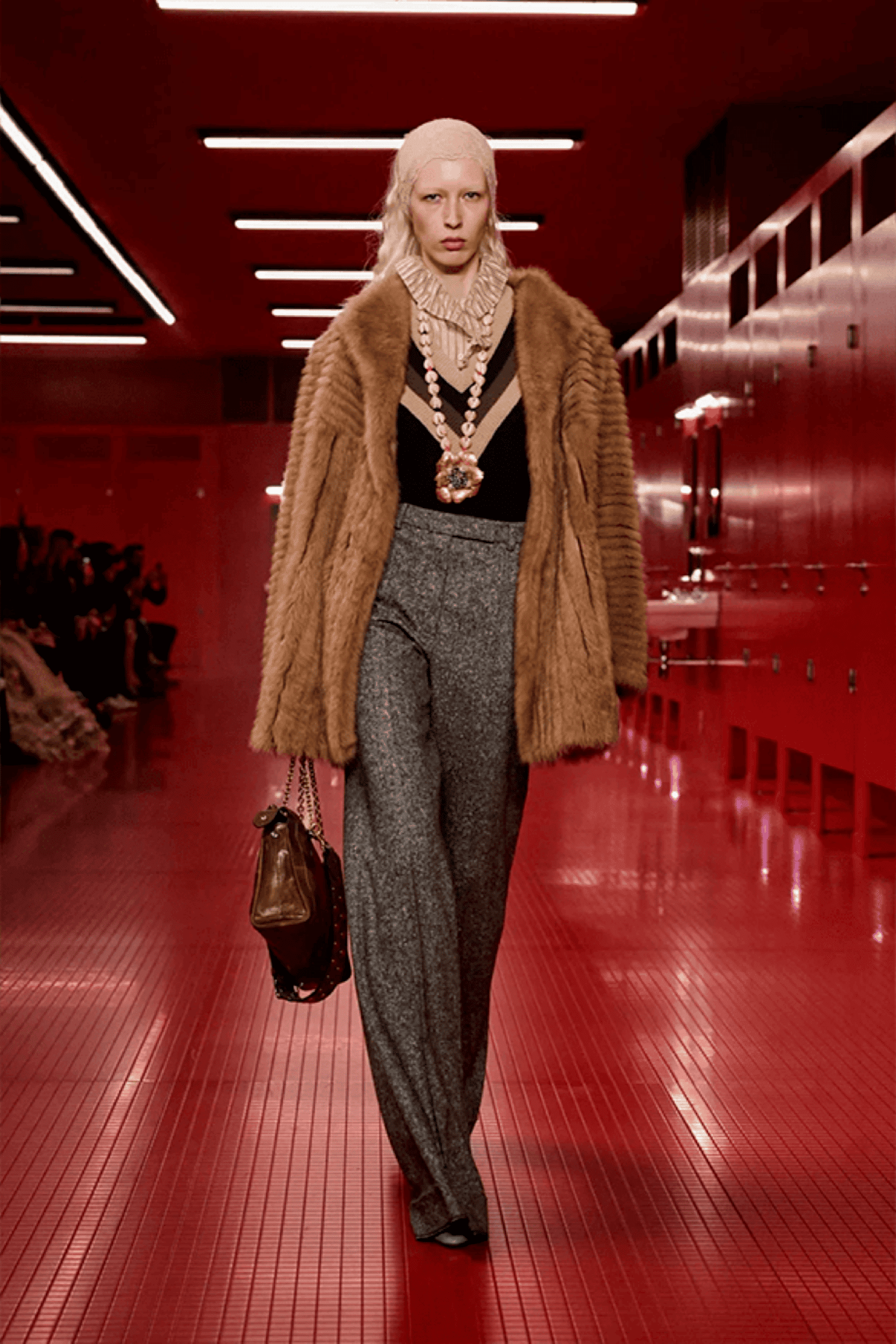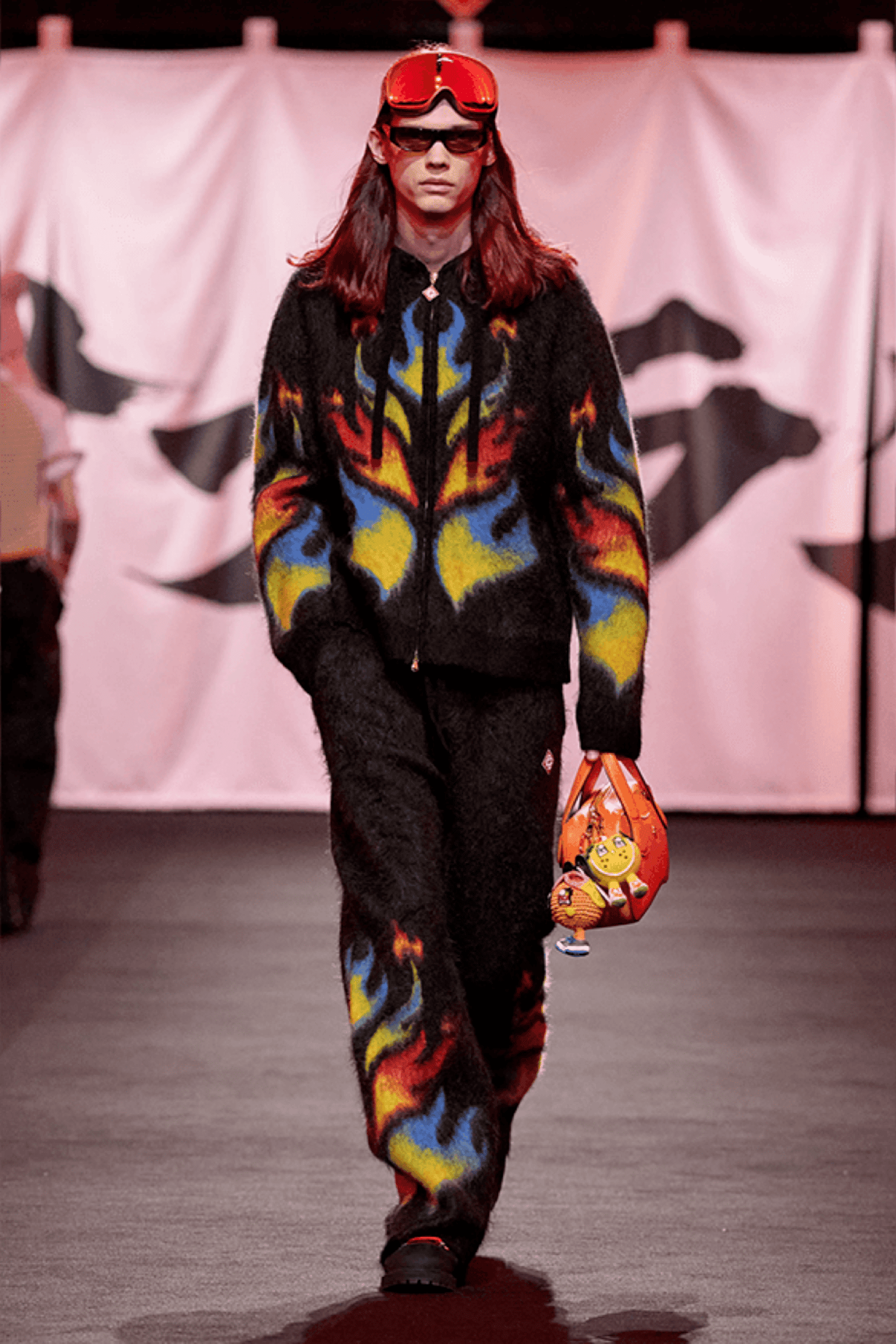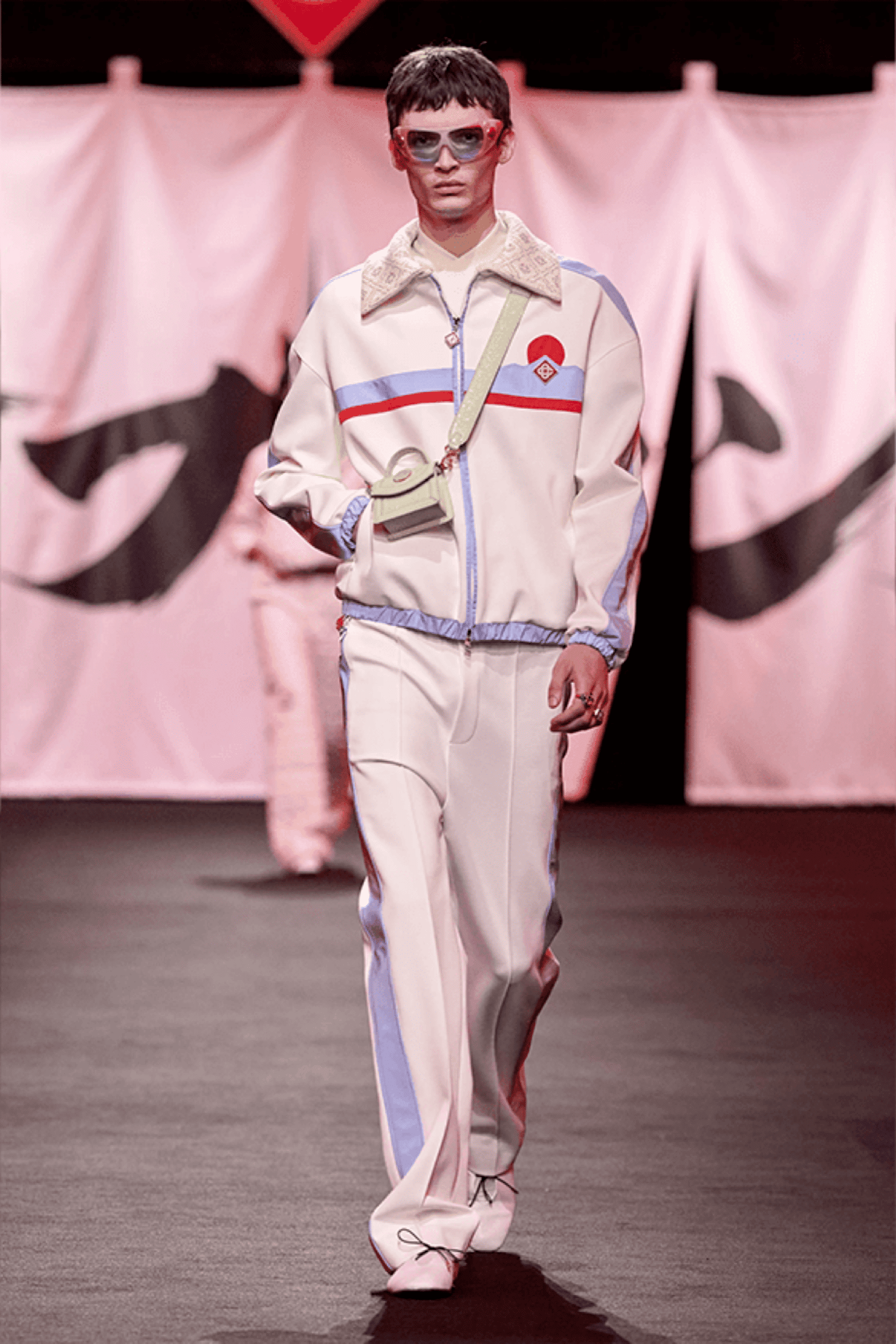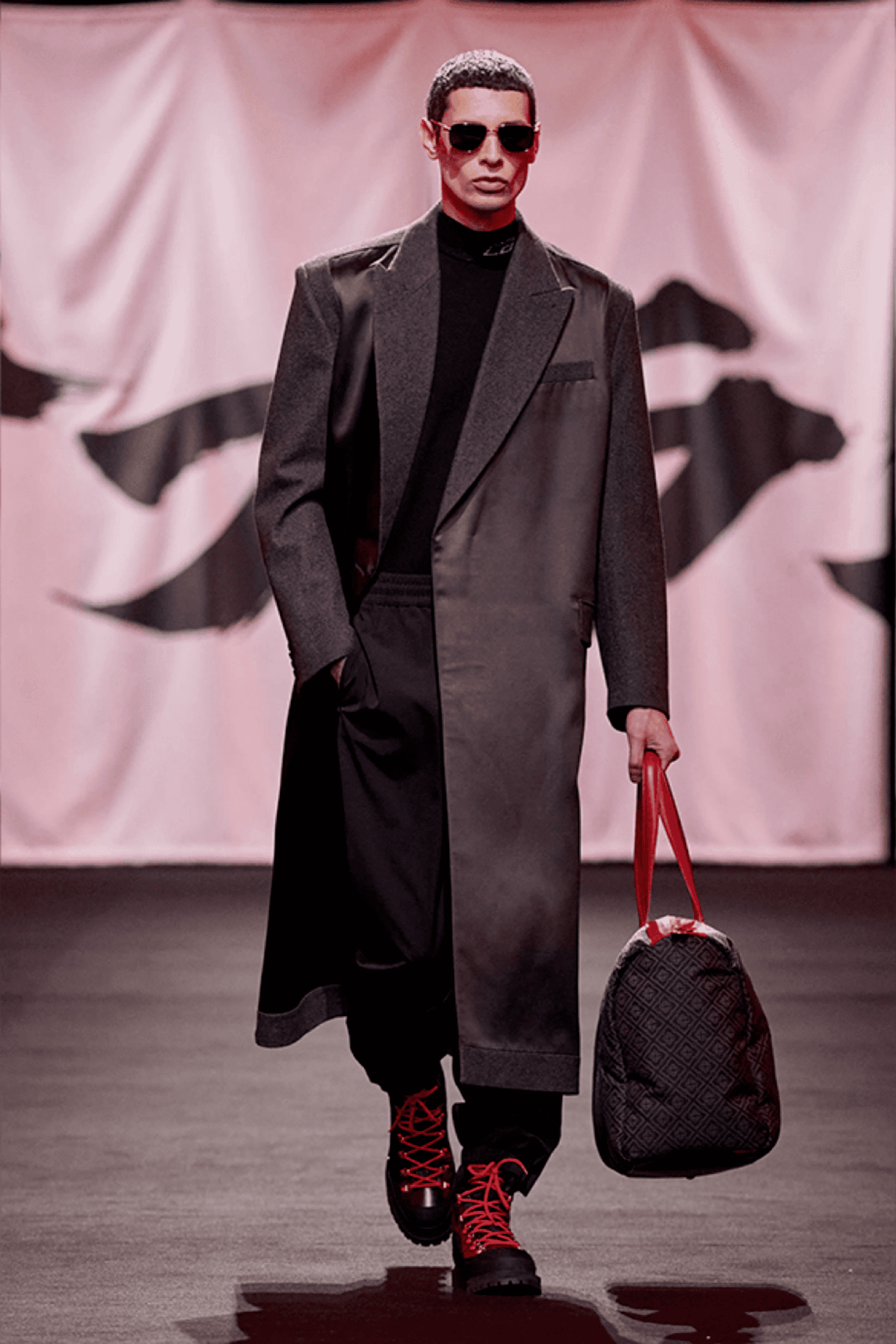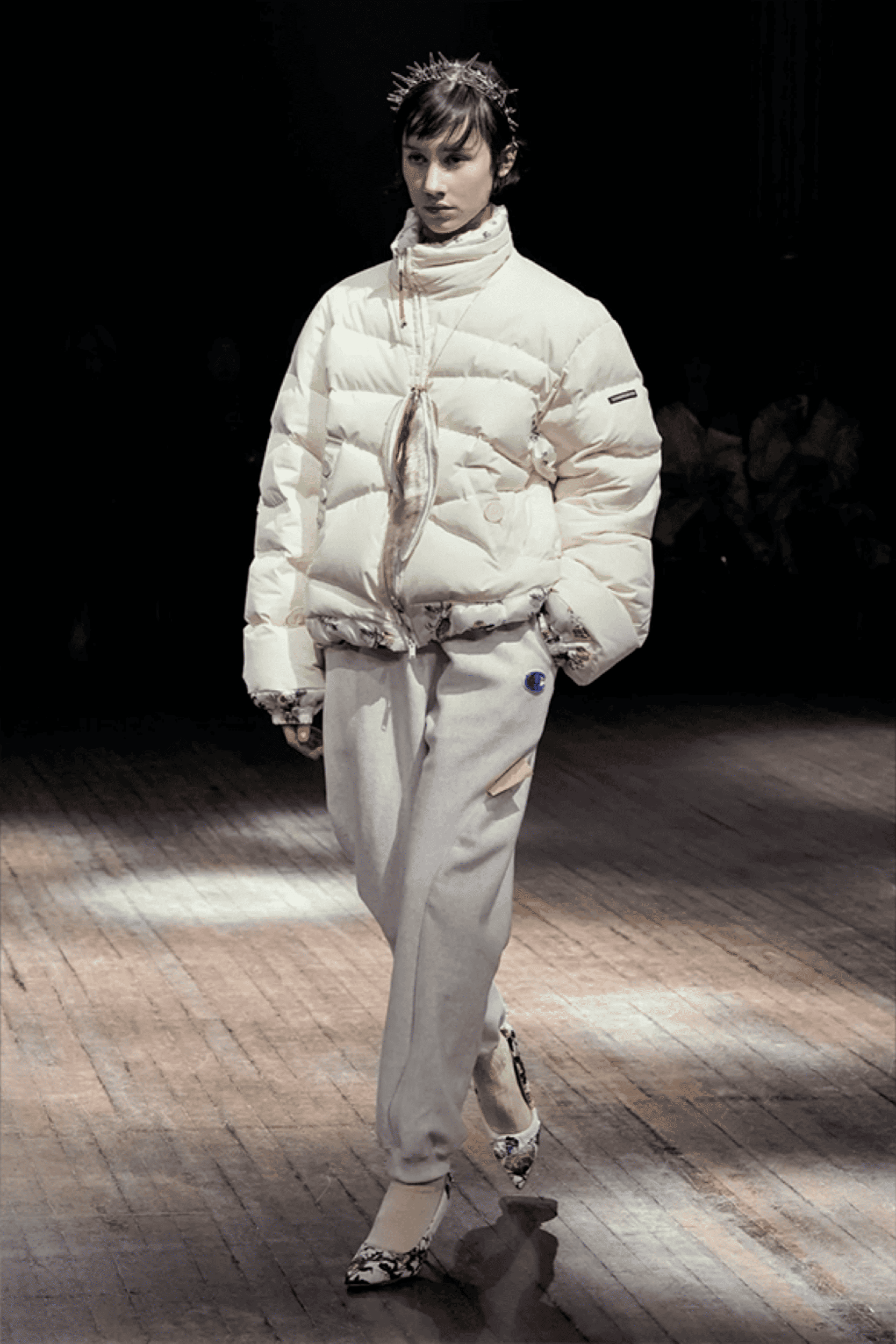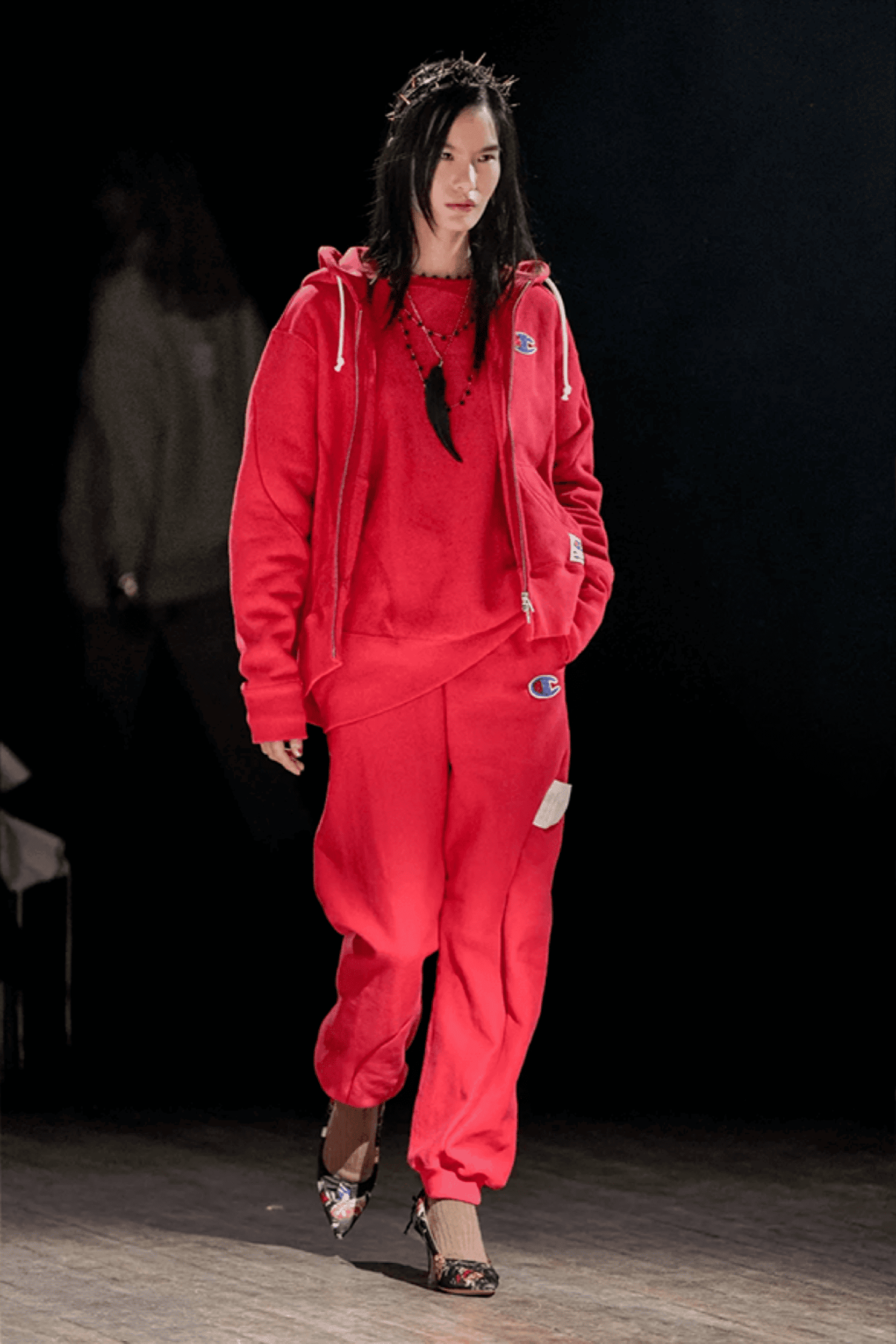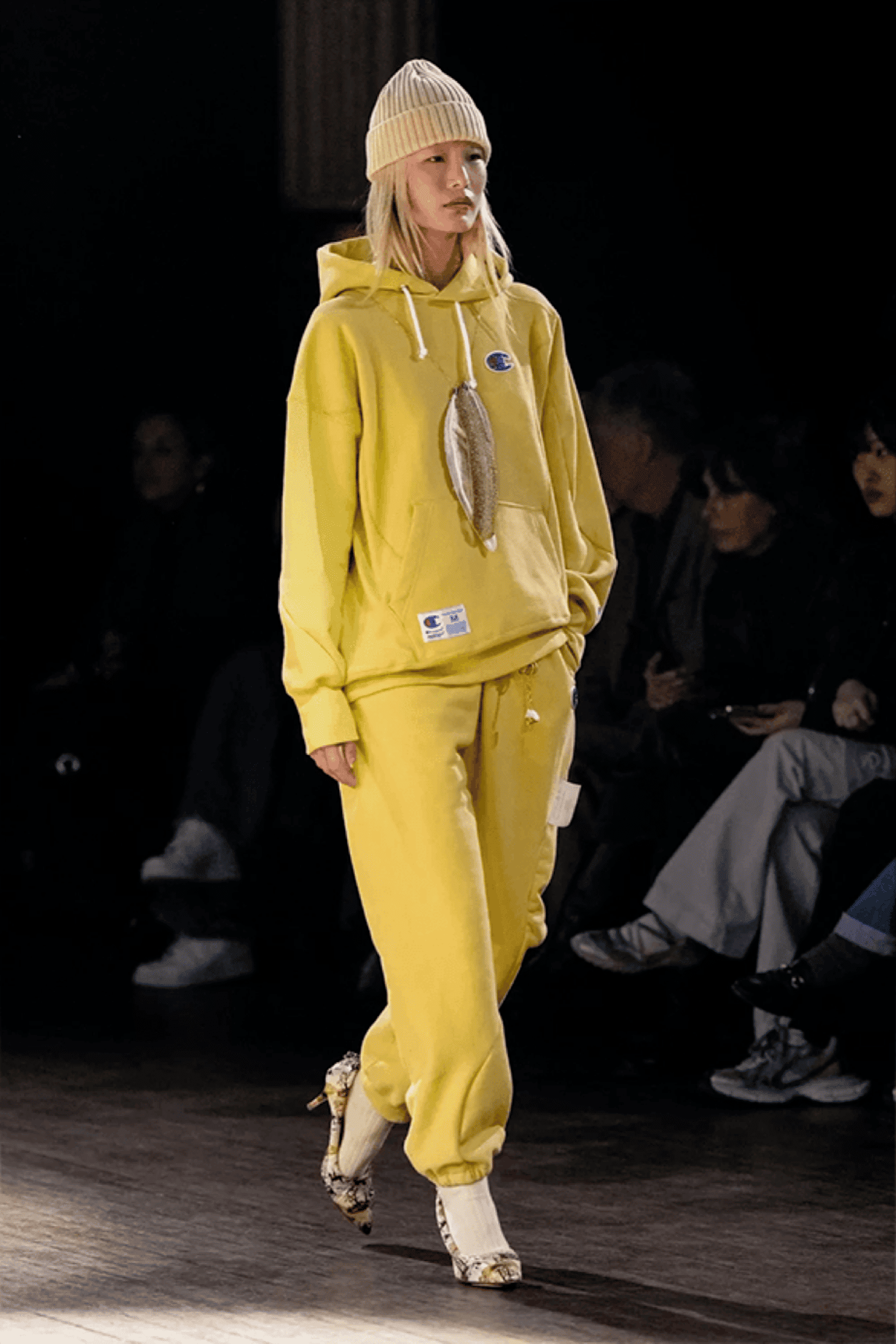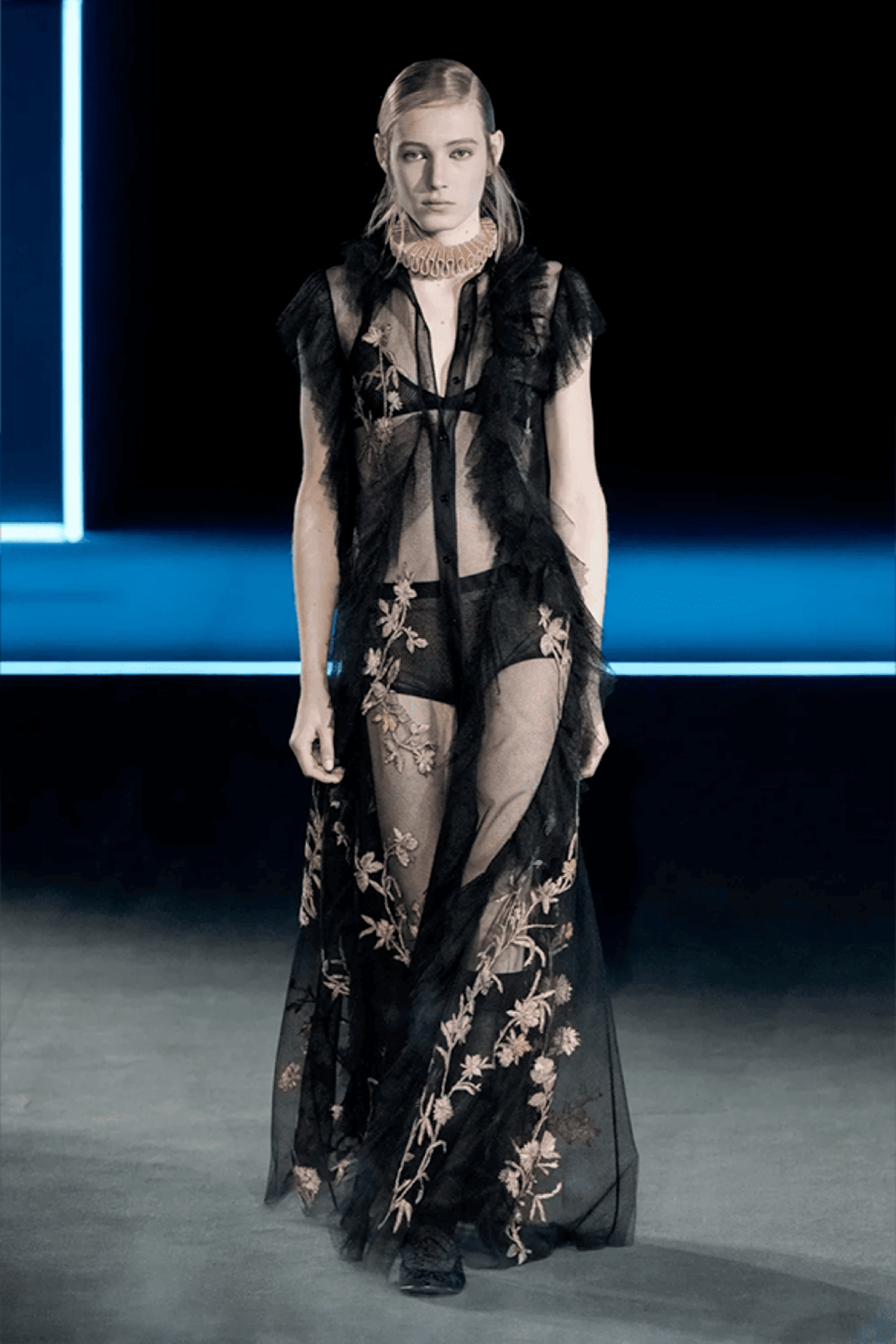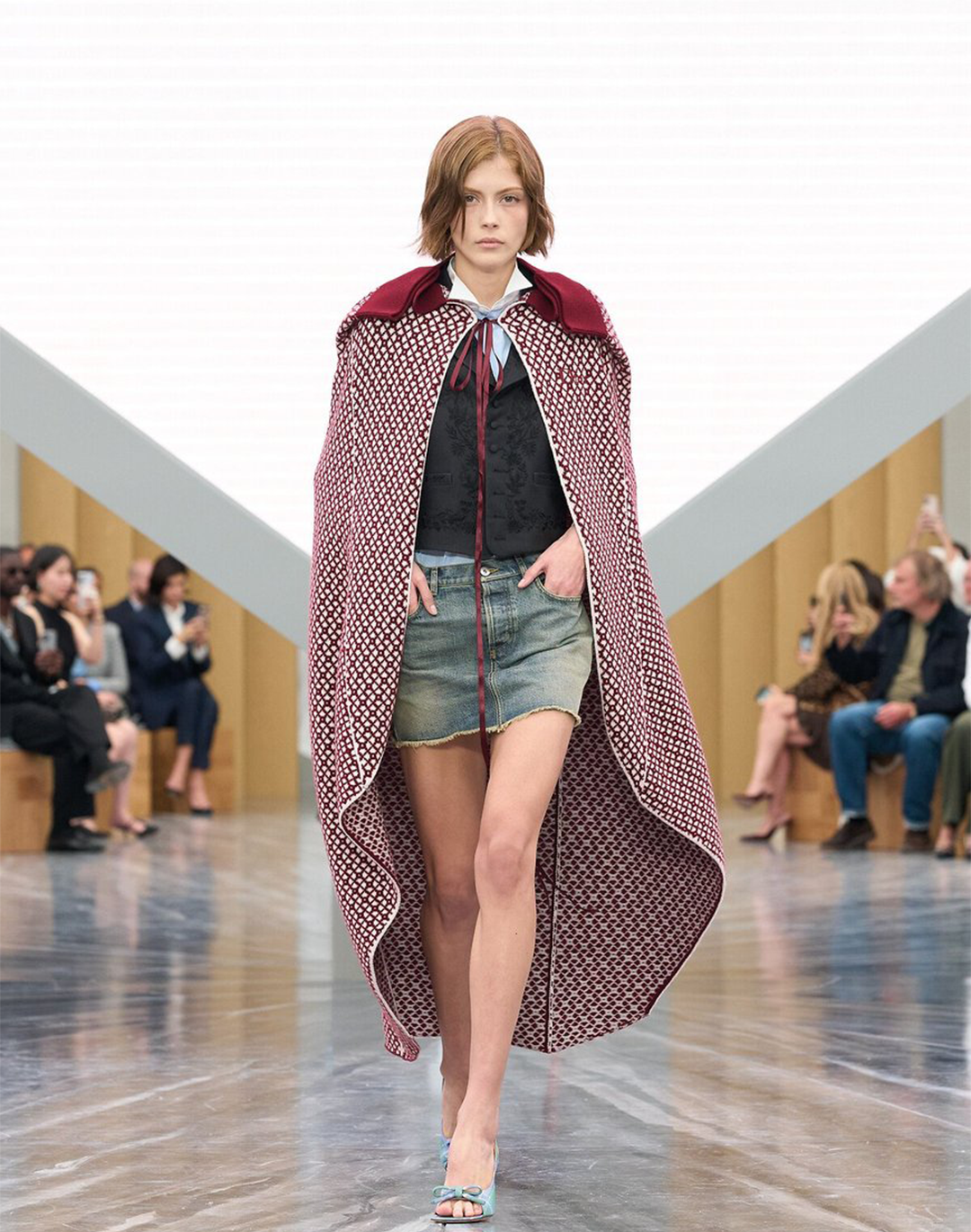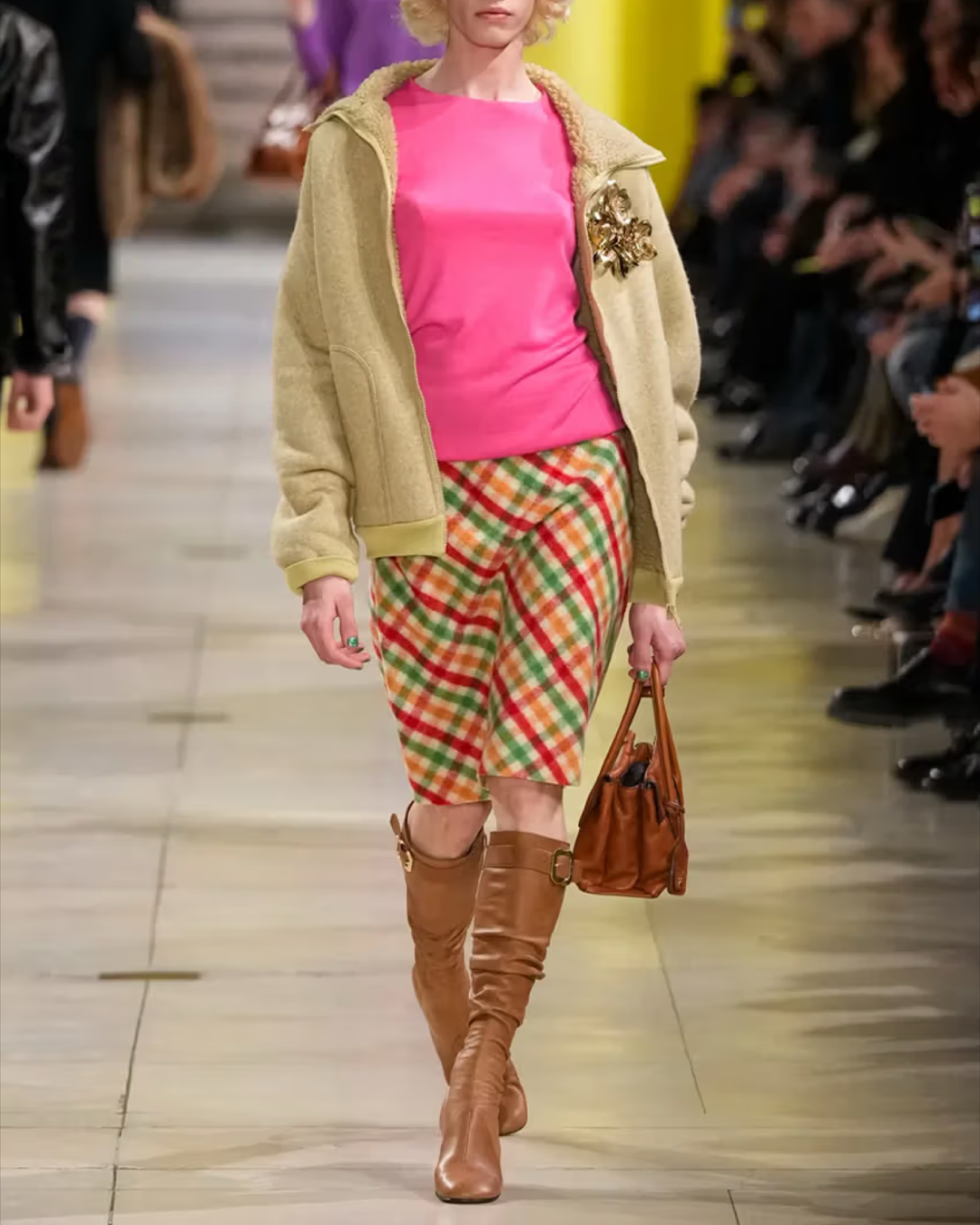
Every recession indicator we got from the FW25 season Fashion is really a mirror of the global economy
There are historical moments when—seeking escapism from the harsh reality around us—focusing on the arts is the only way to find a glimmer of light in an otherwise bleak landscape. With an ongoing economic war, European leaders preparing for military actions, and various conflicts around the world, 2025 is one of these moments—or at least, it should be. But what happens when even fashion increasingly references the current economic recession, ignoring any hope of escape from reality, a desire that has been widespread for several seasons now? With the conclusion of the fashion month dedicated to the FW25 season last night, clear “recession indicators” have emerged, driven—willingly or not—by the influence of a disastrous global scenario. We already saw it during NYFW when designers like Willy Chavarria and Patricio Campillo used their platform to merge politics and fashion, with protest T-shirts voicing dissent against the current U.S. government. Even the intimate settings of the last Paris Fashion Week’s shows, which some interpret as exclusivity, signal a bigger issue: cost-cutting. Once again, luxury has not been immune to the severe problems of the global economy, proving that fashion is a precise reflection of the world around it. In support of this, some of the trends of the past six weeks of FW25 (both menswear and womenswear) explicitly or subtly hint at recession indicators.
Hemline Theory
In 1926, economist George Taylor proposed a theory stating that in times of prosperity, skirt lengths tended to shorten, whereas in times of crisis, they became excessively long. The theory might sound absurd, yet statistically speaking, it stands unchallenged. Unlike recent seasons marked by a strong proliferation of mini skirts and micro shorts, FW25 distinguished itself with midi and long skirts, seen in nearly every womenswear show. First and foremost, Miu Miu—which in SS22 revived micro-skirts—presented knee-length skirts, coats, and dresses during its March 11 show. Acne Studios, which for FW24 balanced sexy leather bodysuits and party-girl prints (defining Charli XCX’s brat era), showcased an unprecedented number of midi dresses and skirts (some even extending past the knee) during its March 5 show, leaning towards a far more traditionally feminine aesthetic compared to the “cool girl” image of previous collections.
Sciura-glam
The sciura—the Milanese dialect term for "lady"—is undoubtedly a timeless icon. Not because she is always relevant, but because she remains completely untouched by fleeting trends, firmly standing by her principles: a voluminous blowout, fur, accessories from the most prestigious Maisons, and jewelry often featuring pearls or yellow gold. For FW25, Italian brands seem to have been strongly influenced by sciura-glam, drawing inspiration from Milanese icons. Prada, led by the ultimate anti-sciura, presented a collection during MFW incorporating all the key visual codes associated with Milan’s matriarchs (once again, nearly all the skirts were knee-length or longer). A rigid sartorial structure, especially in dresses, heavily evoked the bourgeois class of the mid-20th century. Similarly, Alessandro Michele, with three-quarter-length furs, long pearl necklaces, and impeccable tailoring—particularly in trousers—brought a more serious and mature vision of Valentino to Paris, compared to his more exuberant SS25 debut. Even Diesel, with Glen Martens seemingly poised to take the reins at Margiela, presented an unexpectedly classic collection for the brand, replacing its signature denim with a gray "pied-de-poule" in true Coco Chanel style.
Archive Prints
Perhaps it’s human nature, but in uncertain times, there is always a tendency to romanticize the past, reminiscing about a bygone and nonexistent era. In fashion, drawing from one’s archive is not extraordinary, but when iconic elements from a brand’s history are revived, the goal is clearly to encourage customers and spectators to relive an era. As Dazed defined it, the ultimate recession indicator of this collection was the McQueen skull, resurrected by Sean McGirr—not as a scarf print like in the 2010s but as a motif on a men’s blouse. Similarly, Versace (in what is rumored to be Donatella’s final show) revived some of the brand’s most evocative prints, including the gold V-motif on a black background paired with leopard print, appearing on both menswear shirts and jackets as well as a leotard and a draped gown in womenswear. Diesel, meanwhile, looking to the nostalgia of a pre-2008 crisis world, brought the “bumster” back to the runway, exposing models' upper buttocks.
Normcore
At the start of the year, there was already a general prelude to one of the biggest trends of 2025: the return of normcore, driven primarily by a reorientation of priorities. Put simply, if the world is a mess, wearing attention-grabbing outfits seems downright “out of touch”. Among the brands that captured this sentiment and pivoted their entire strategy was Balenciaga. Following its scandal, the Kering brand has struggled to recover both in public perception and sales, but for FW25, Demna seems to have understood that to start fresh, a return to normality is necessary.
Maranza Realness
Still on the topic of Balenciaga, to break up this new wave of normality within the brand, the creative director decided to introduce a section of the collection entirely dedicated to the aesthetics of Milanese maranza, thanks to a collaboration with Puma. Of course, this is not an ode to Milan, since Maranza style is heavily inspired by British “road-men”, who in Australia are known as “eshay” and in Eastern Europe are referred to as “gopnik.” In short, we’re talking about young guys who wear tracksuits, prefer a cross-body fanny pack as a daily accessory, sport a noticeable fade haircut, and tend to cause a bit of havoc on public transport. While the association between this aesthetic and Balenciaga is not far-fetched, brands like Undercover and Casablanca also leaned into more relaxed looks for FW25, bringing a new wave of loungewear to Paris Fashion Week. The presence of tracksuits on the runway further emphasizes how the current fashion landscape is undergoing a strong antithesis to the traditional notion of luxury.
Subversive lingerie
Perhaps the biggest trend in FW25 womenswear was the subversive use of lingerie as a key part of outfits. More broadly, lace made a strong comeback, heavily featured in the second half of Dolce & Gabbana’s womenswear show and even in Maria Grazia Chiuri’s structured Dior, where she seemed to offer a more sensual take on the woman we’ve grown accustomed to over the past nine years. Gucci, still lacking a defined creative direction, incorporated lace bodysuits as tops, once again paired with pencil skirts. Miu Miu and Givenchy, albeit in different ways, focused on corsetry, bringing back the cone bra silhouette. Among independent designers, Collina Strada played with babydoll dresses and sheer lace garments with carefully placed transparency. The resurgence of lingerie as outerwear on the runway serves as a reminder that sometimes, a garment doesn’t have to be worn in just one way—it can adapt to different occasions depending on how it’s styled. In short, one purchase, endless uses.





